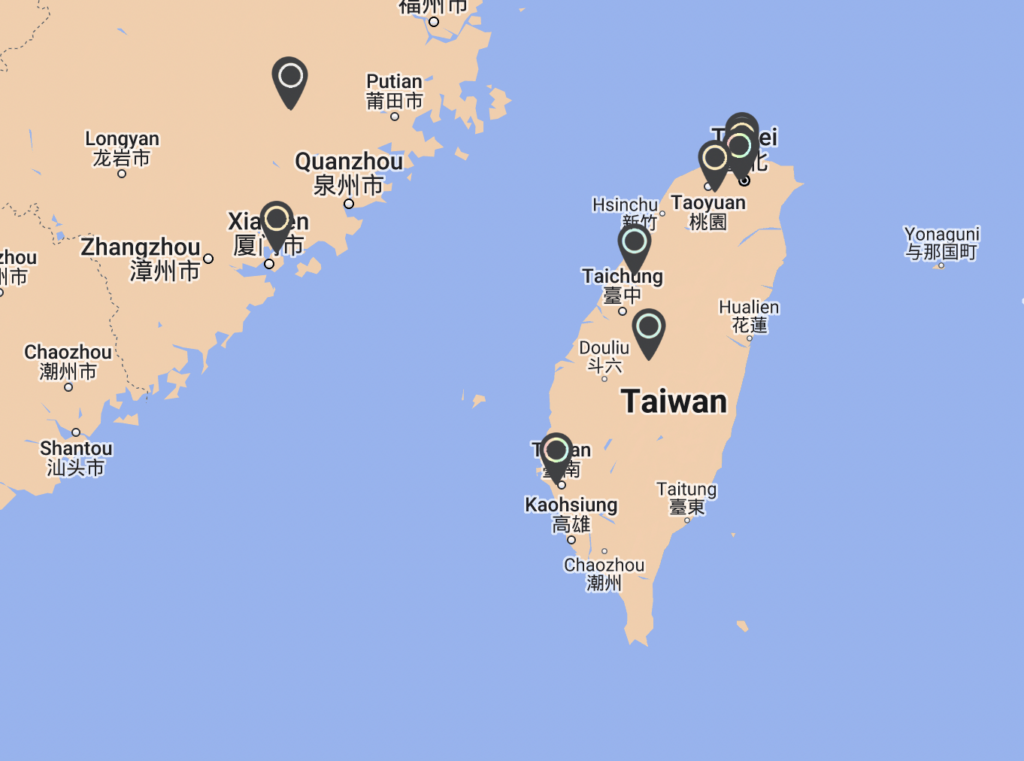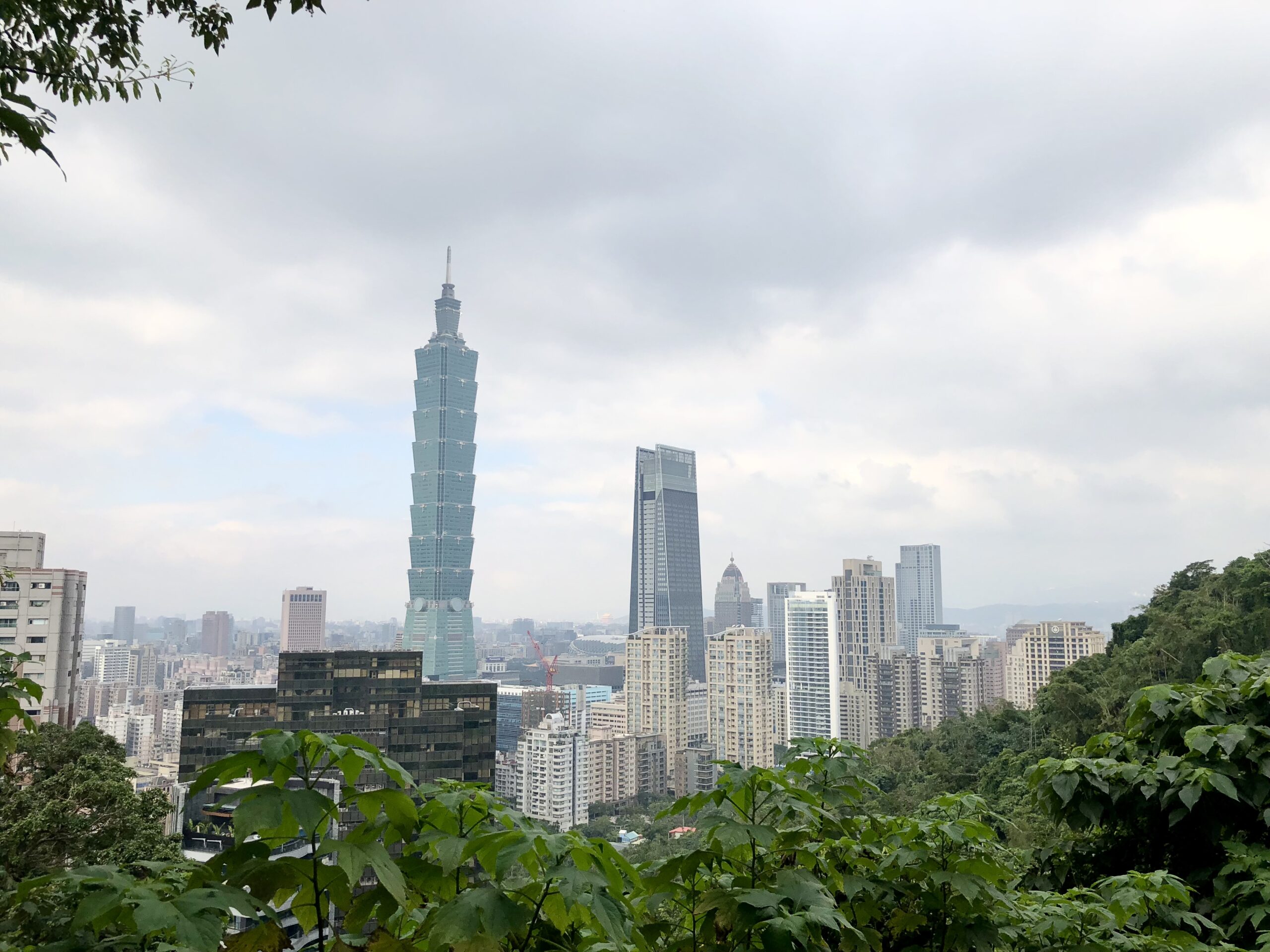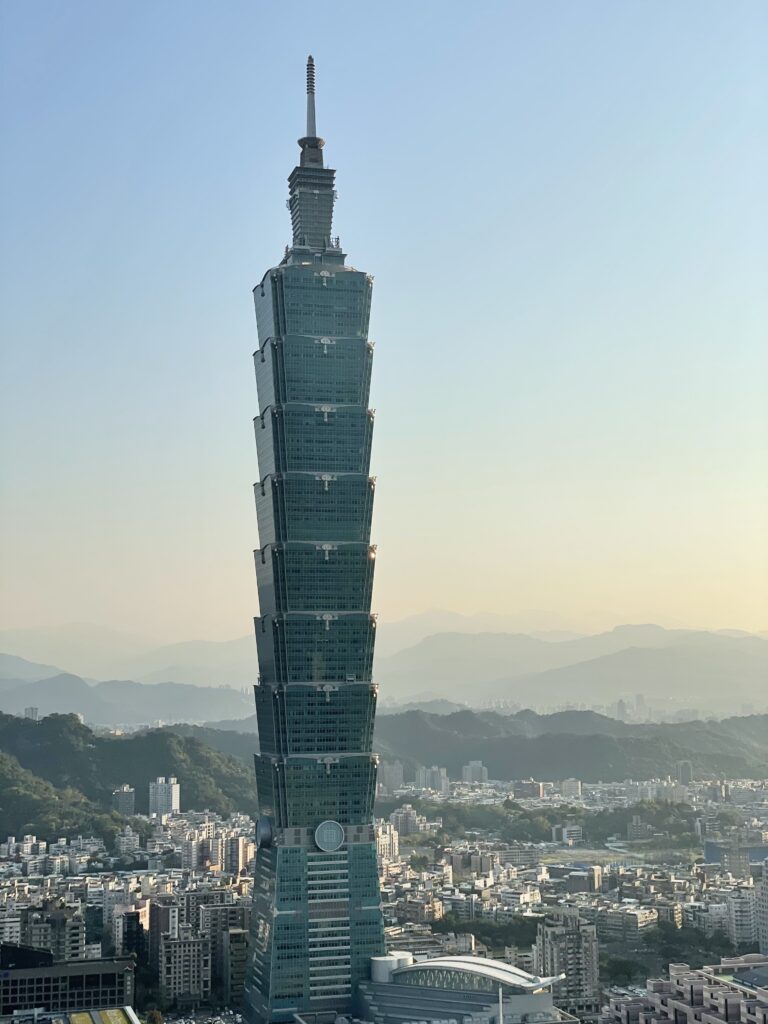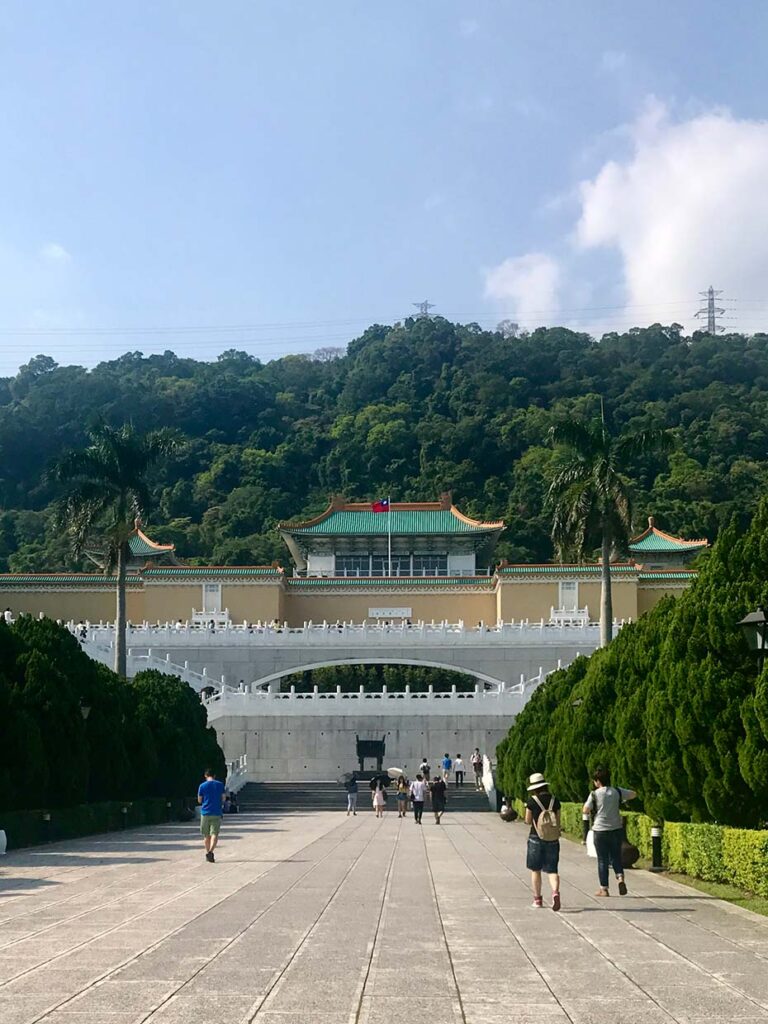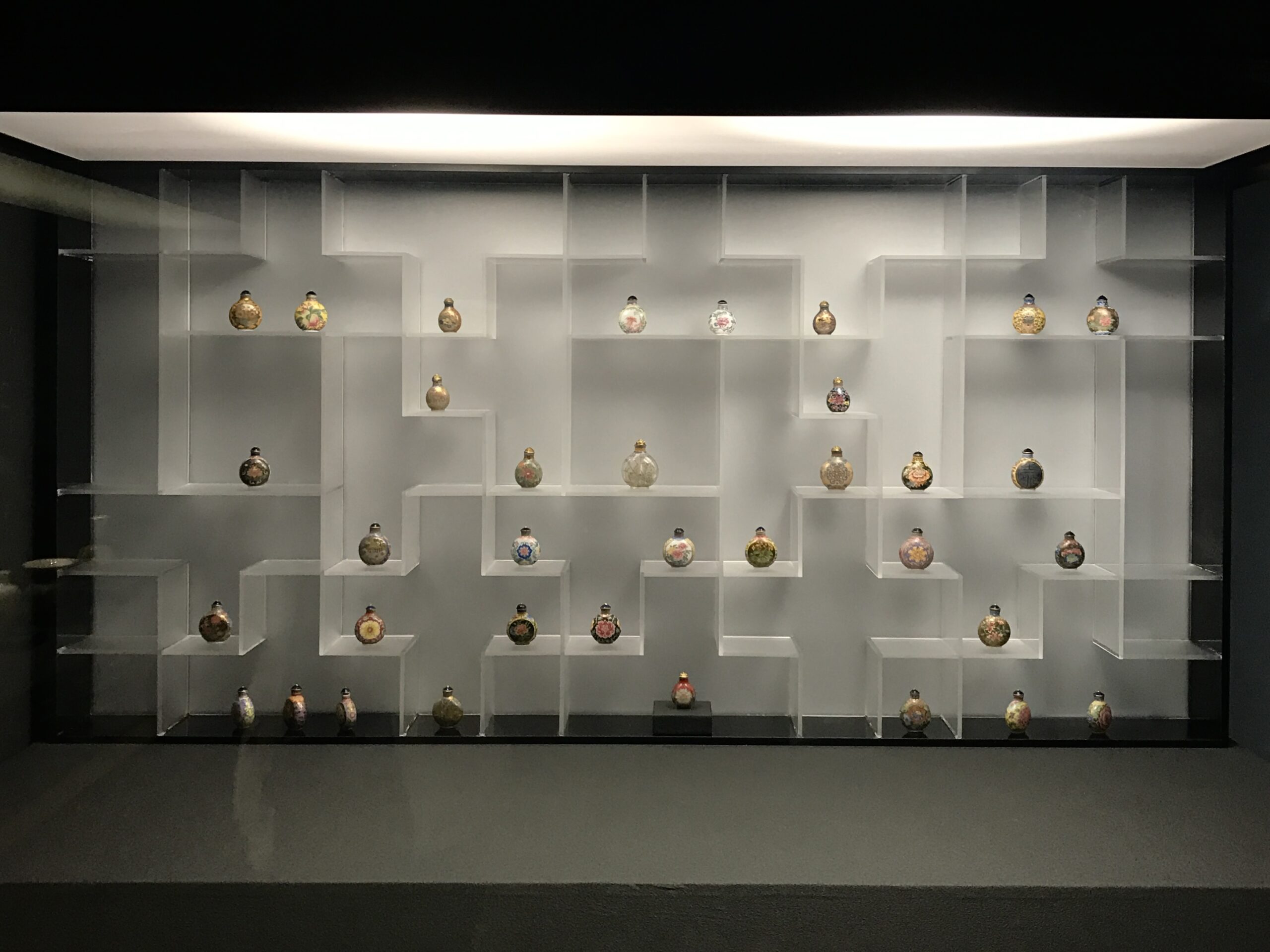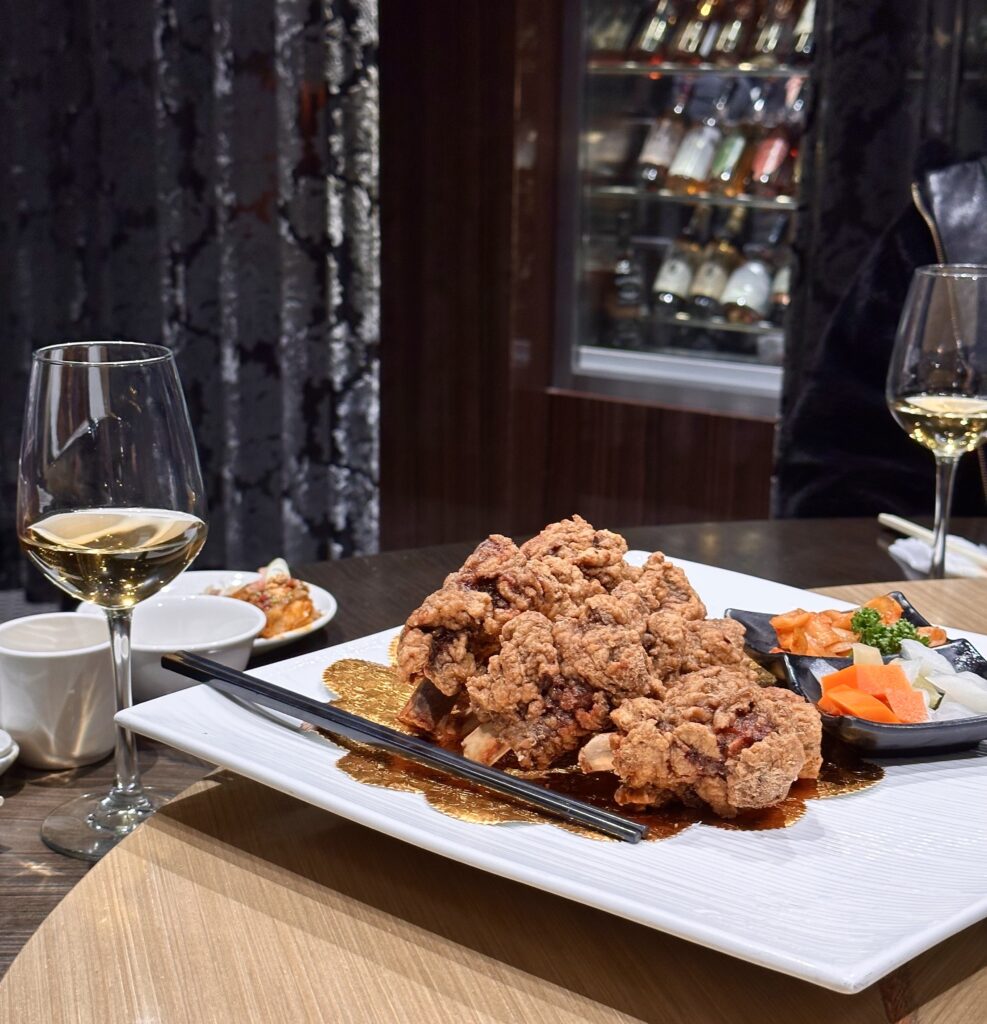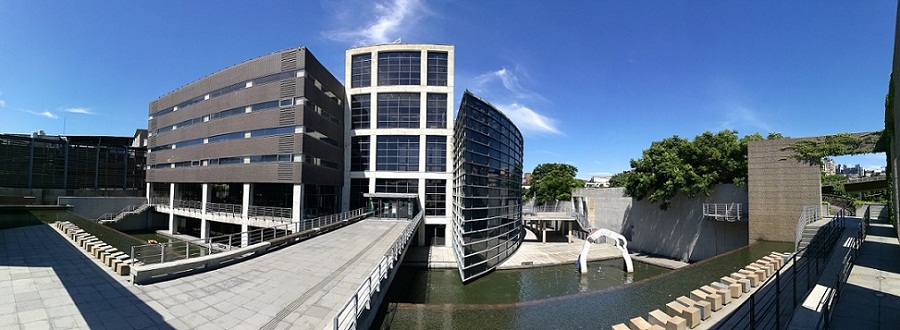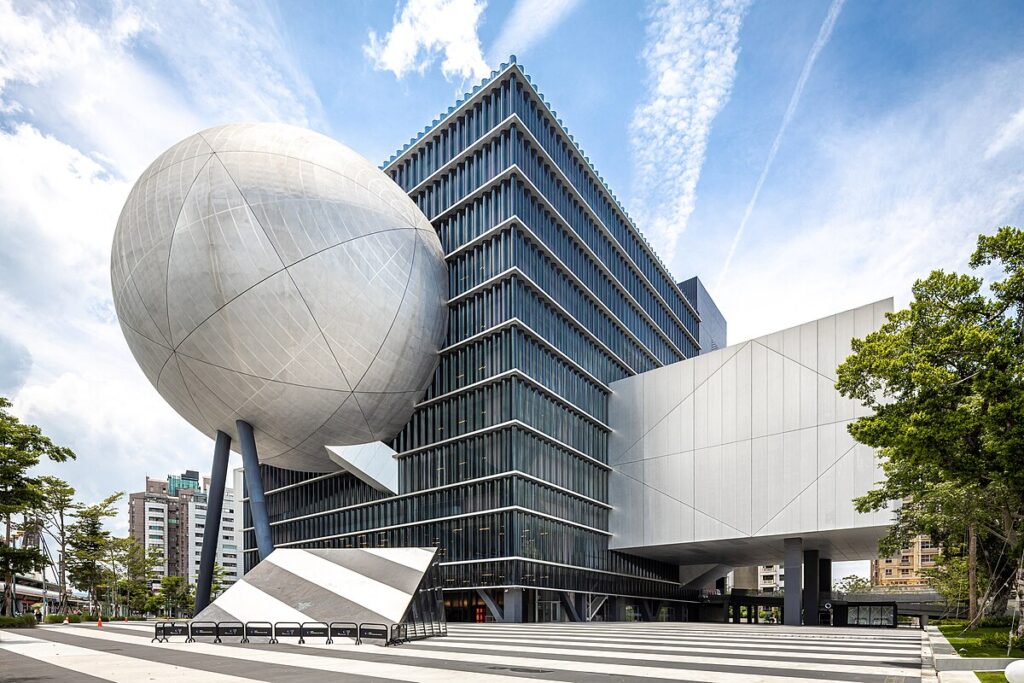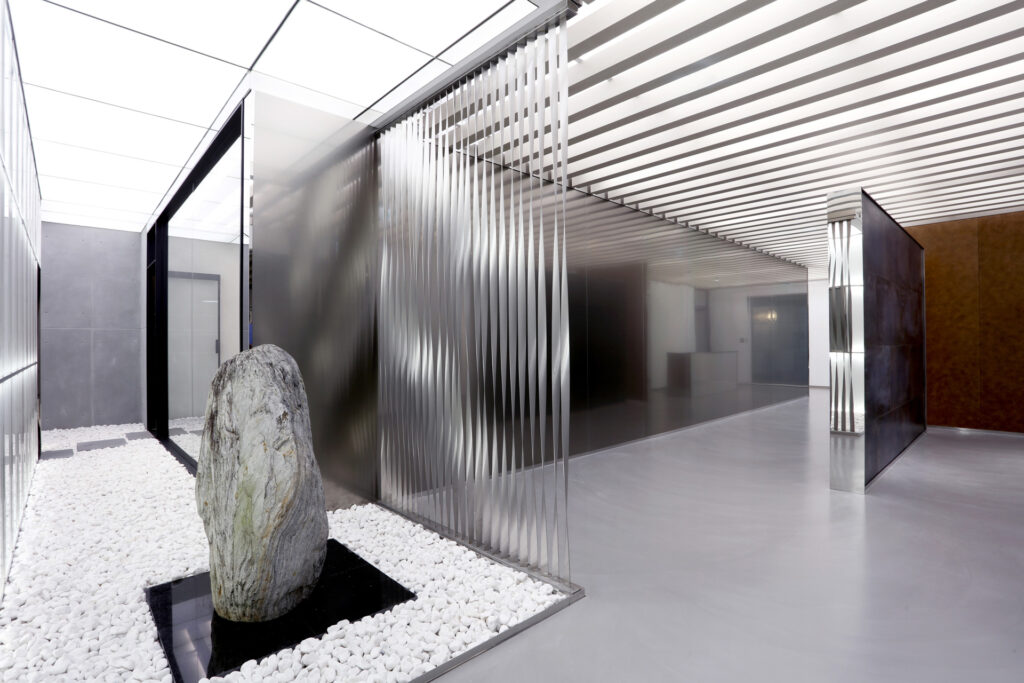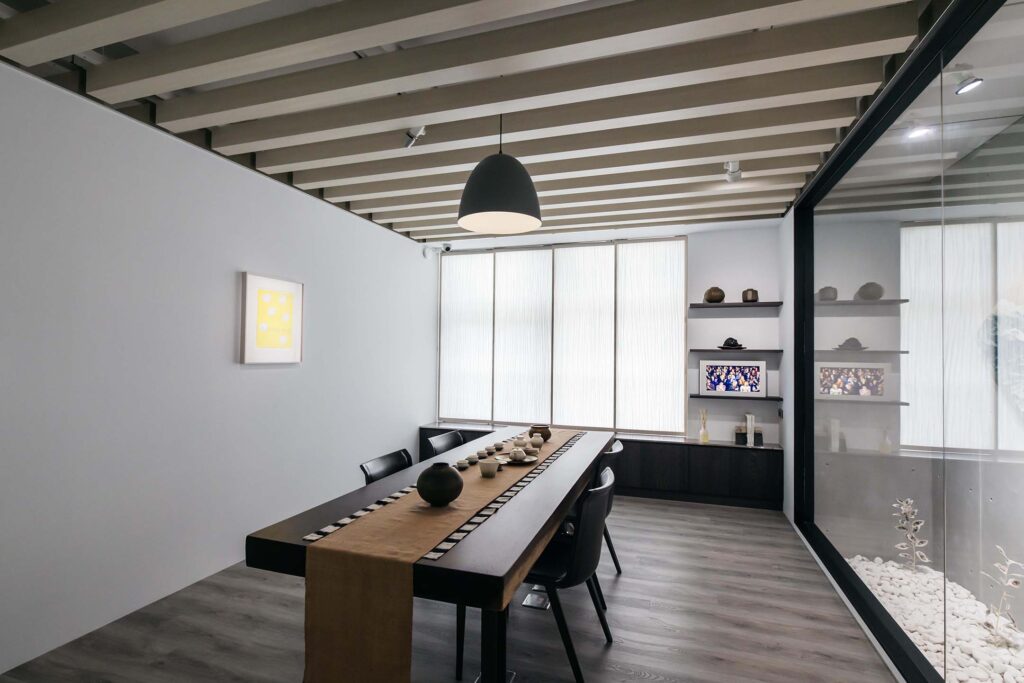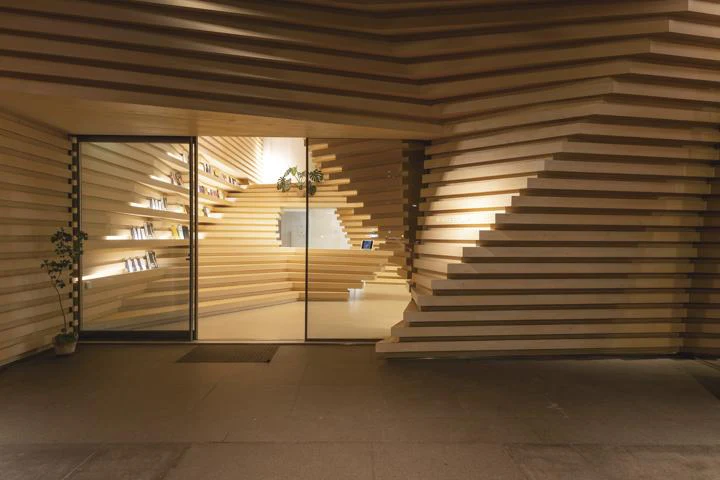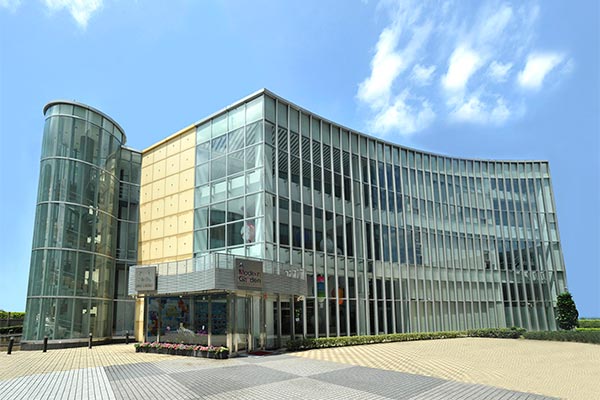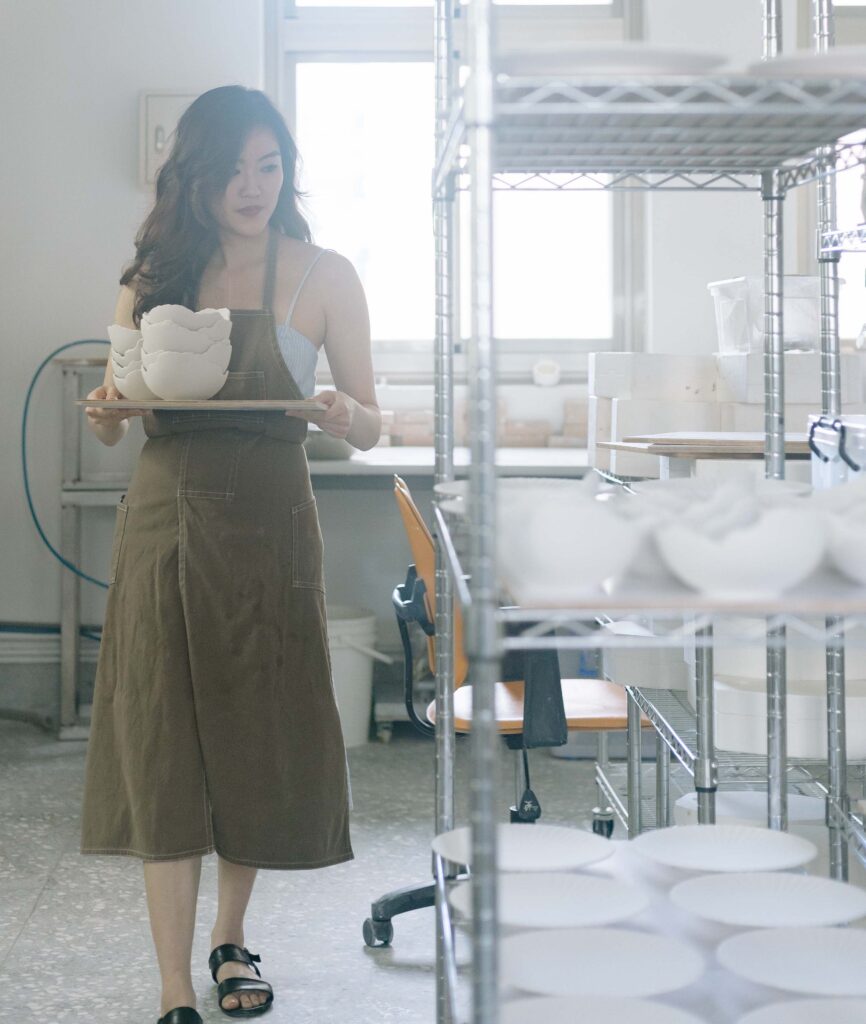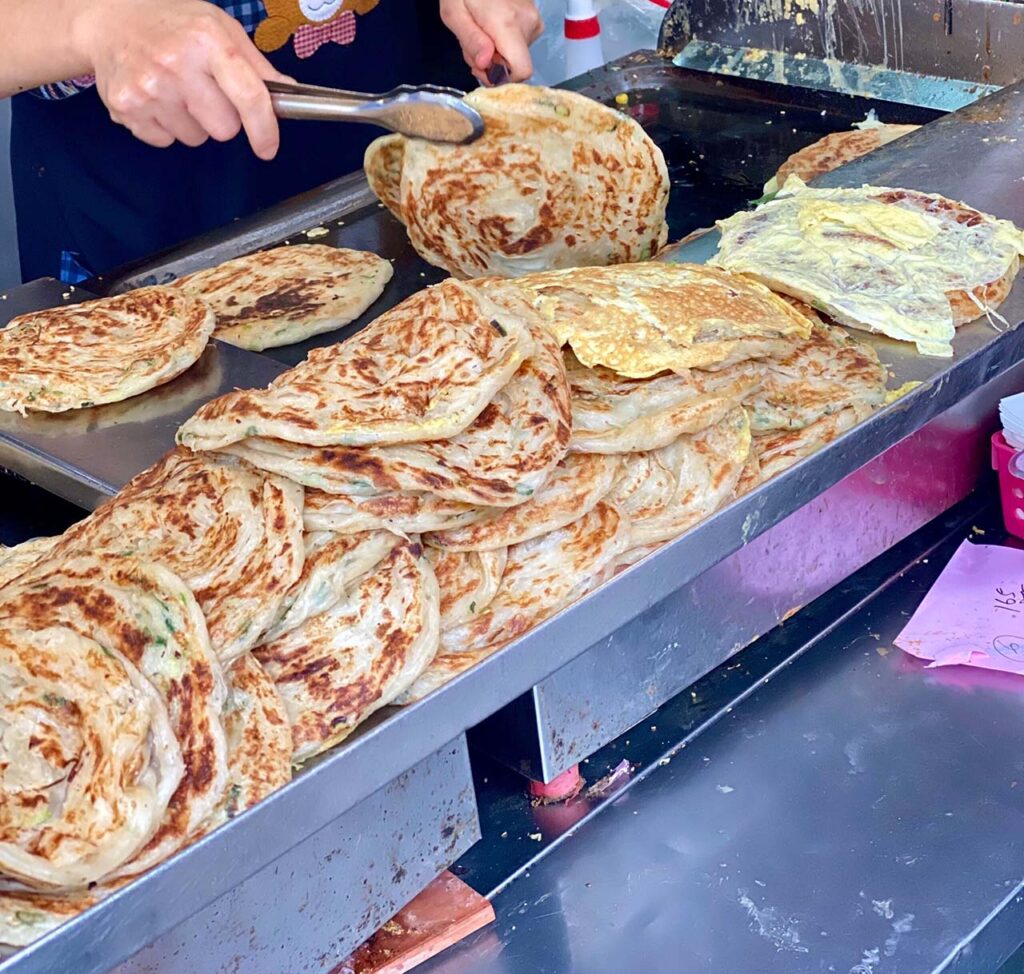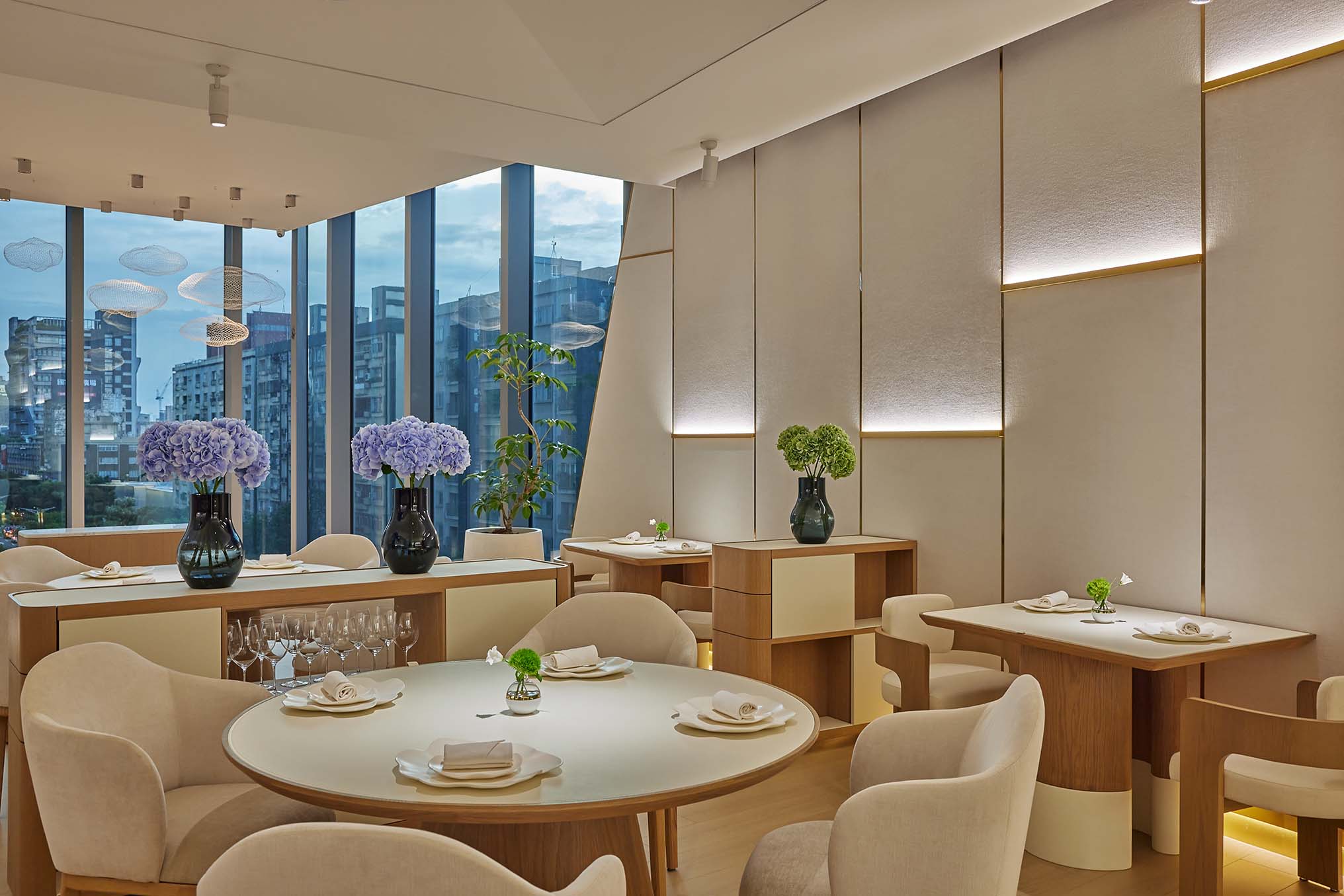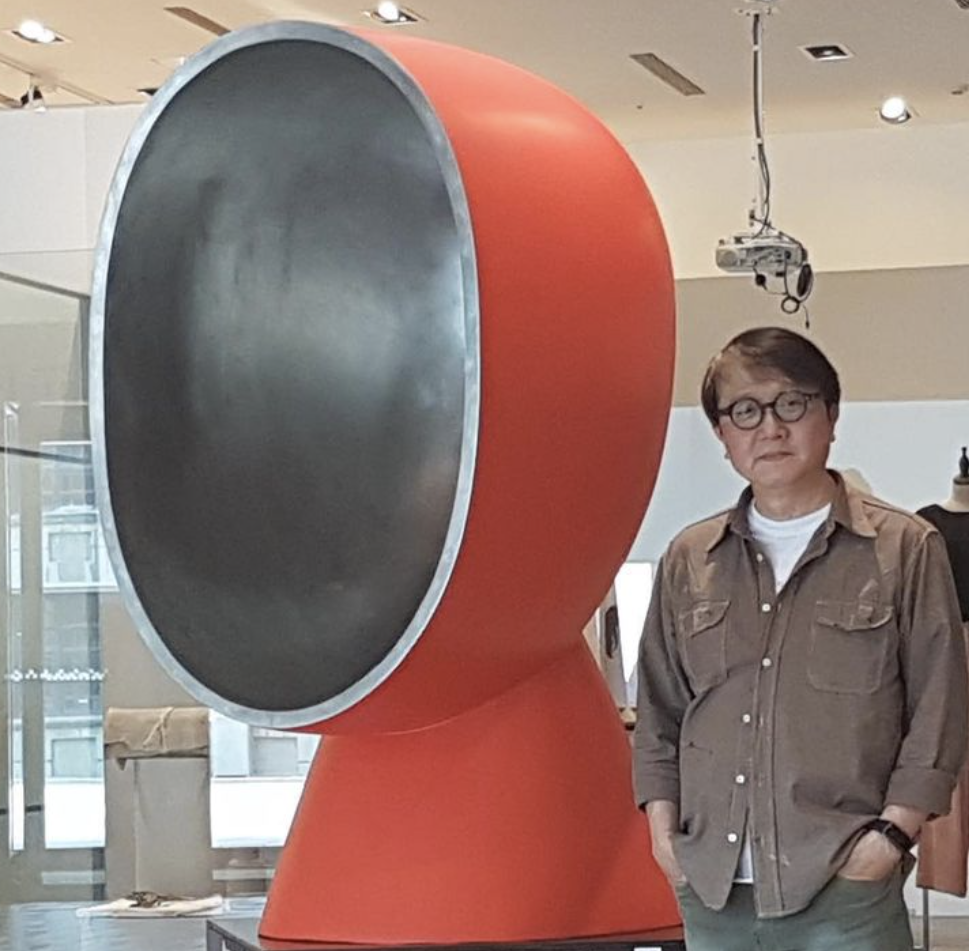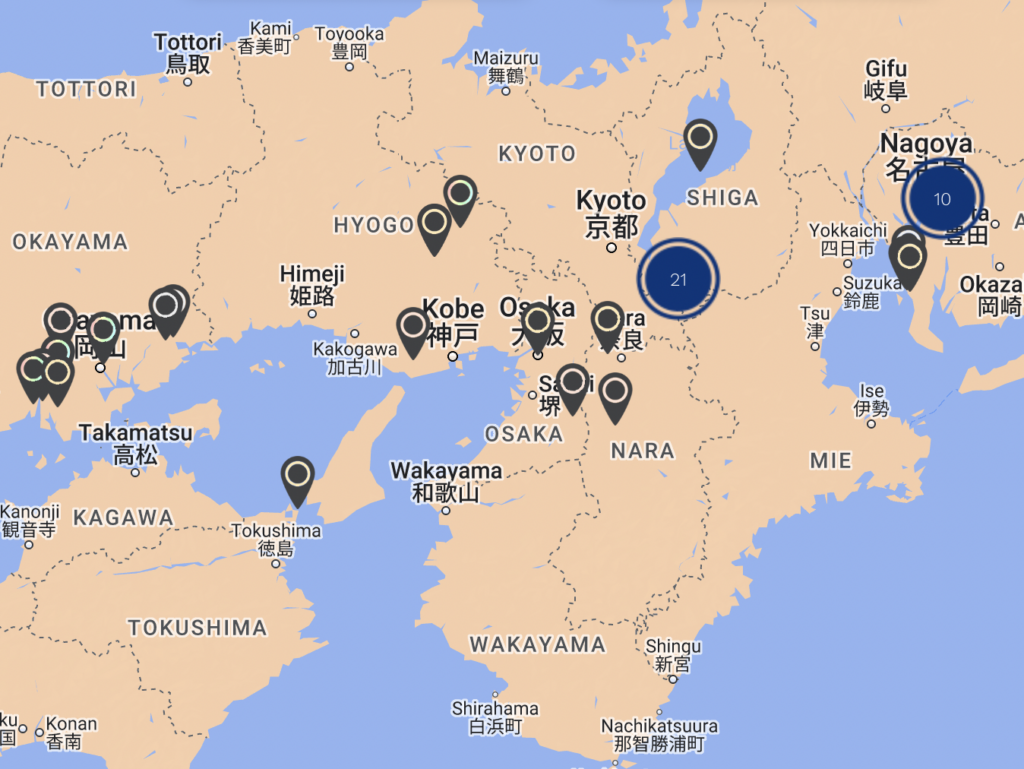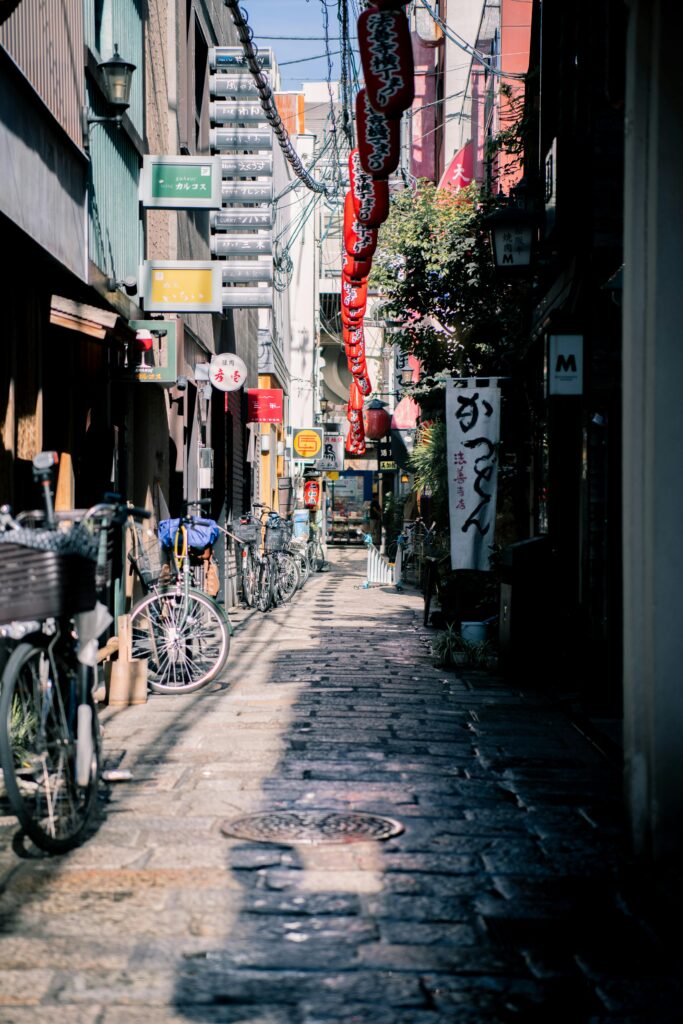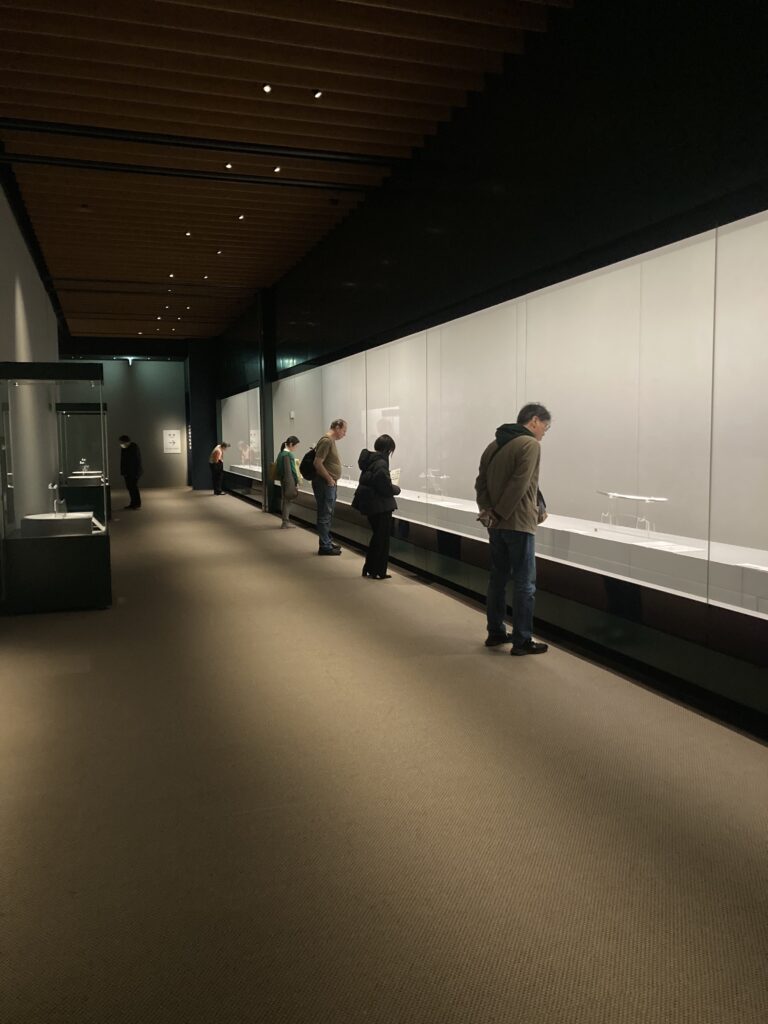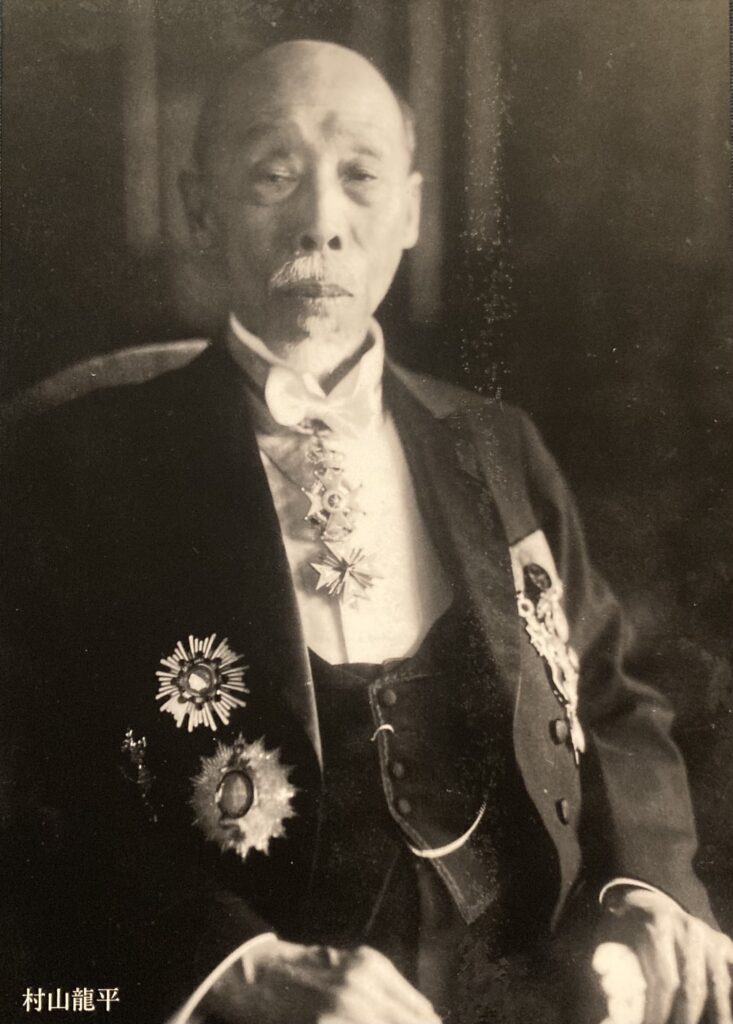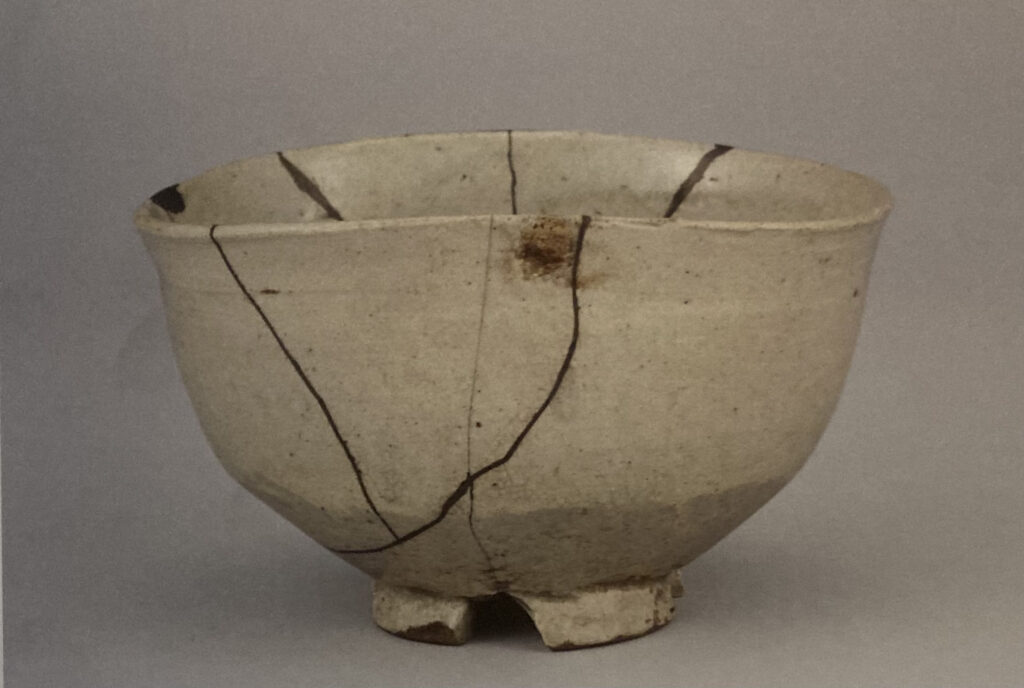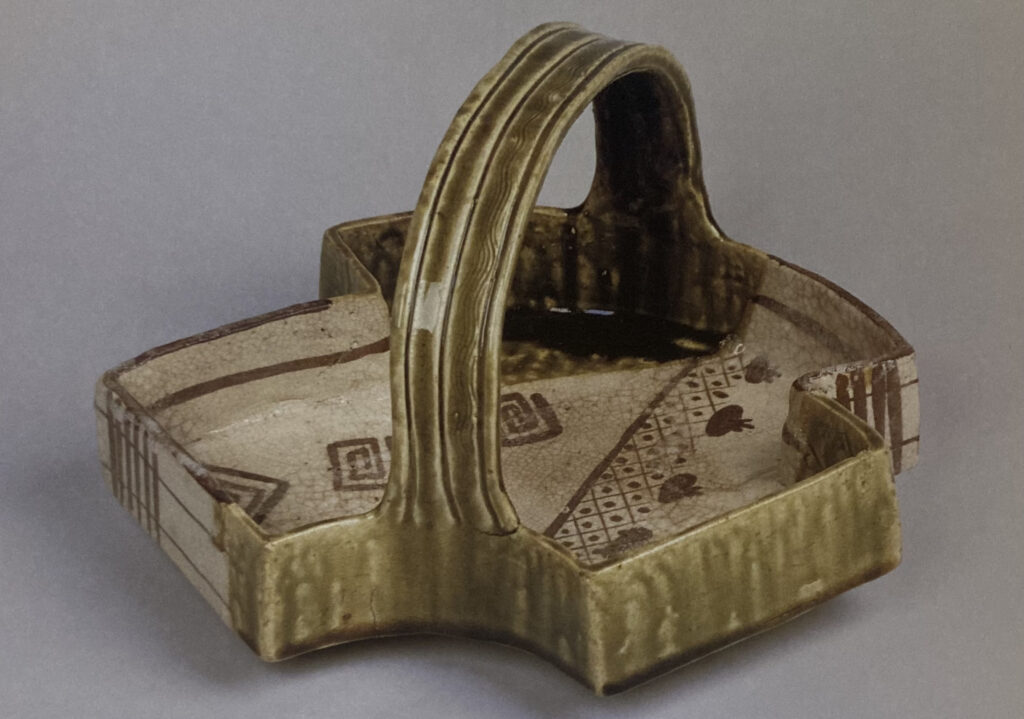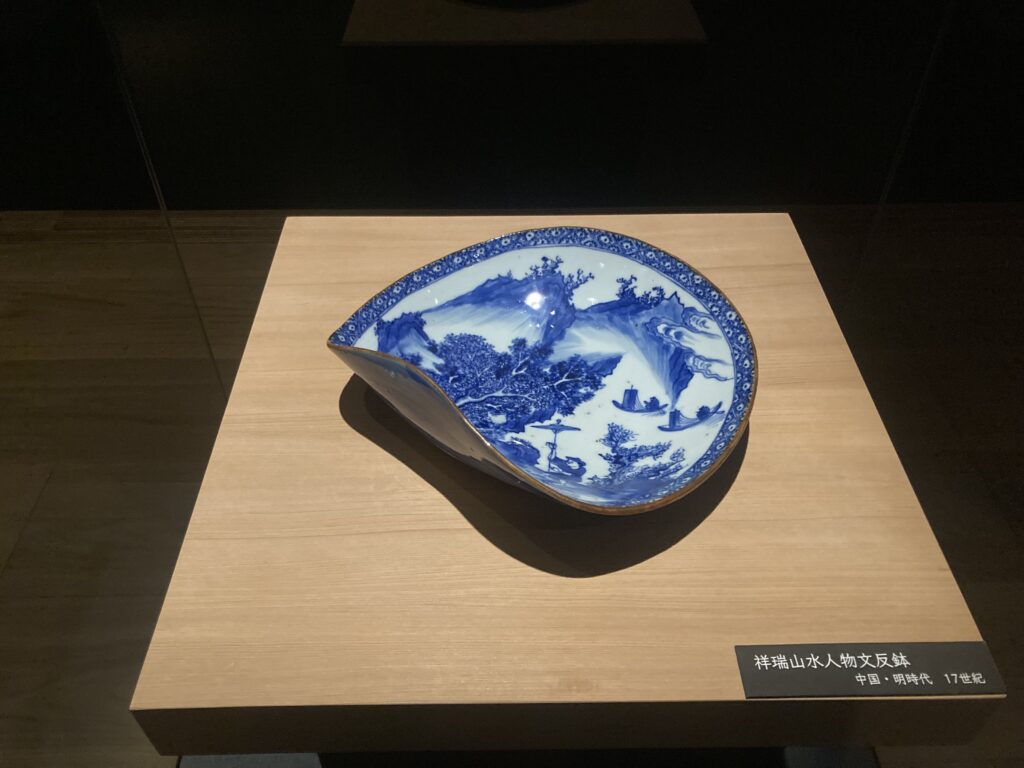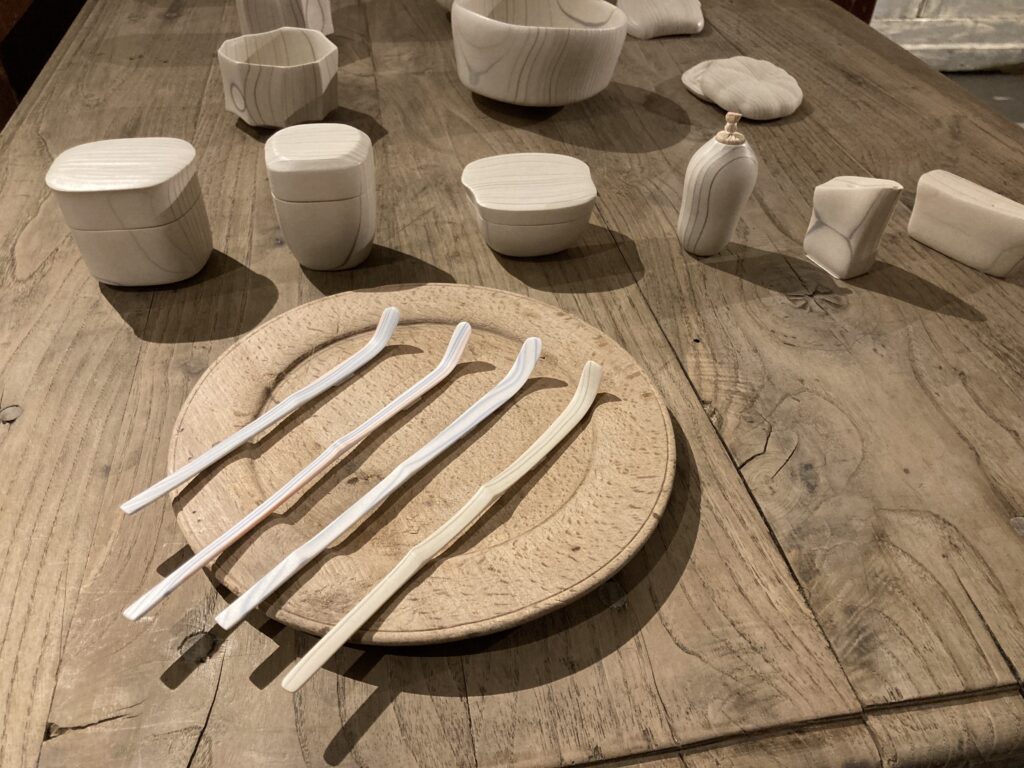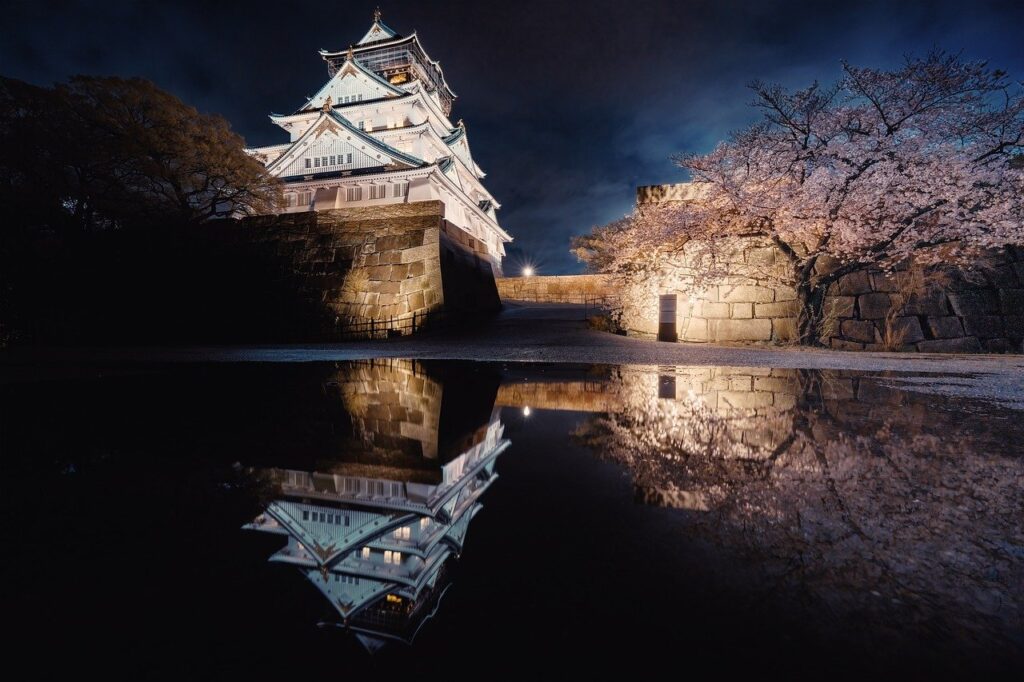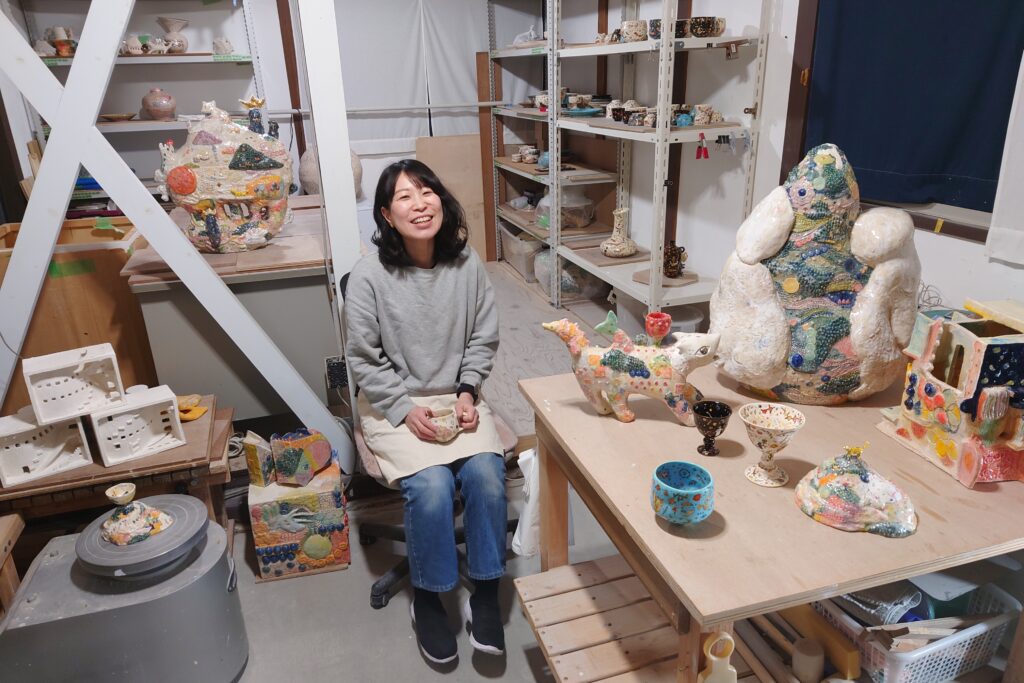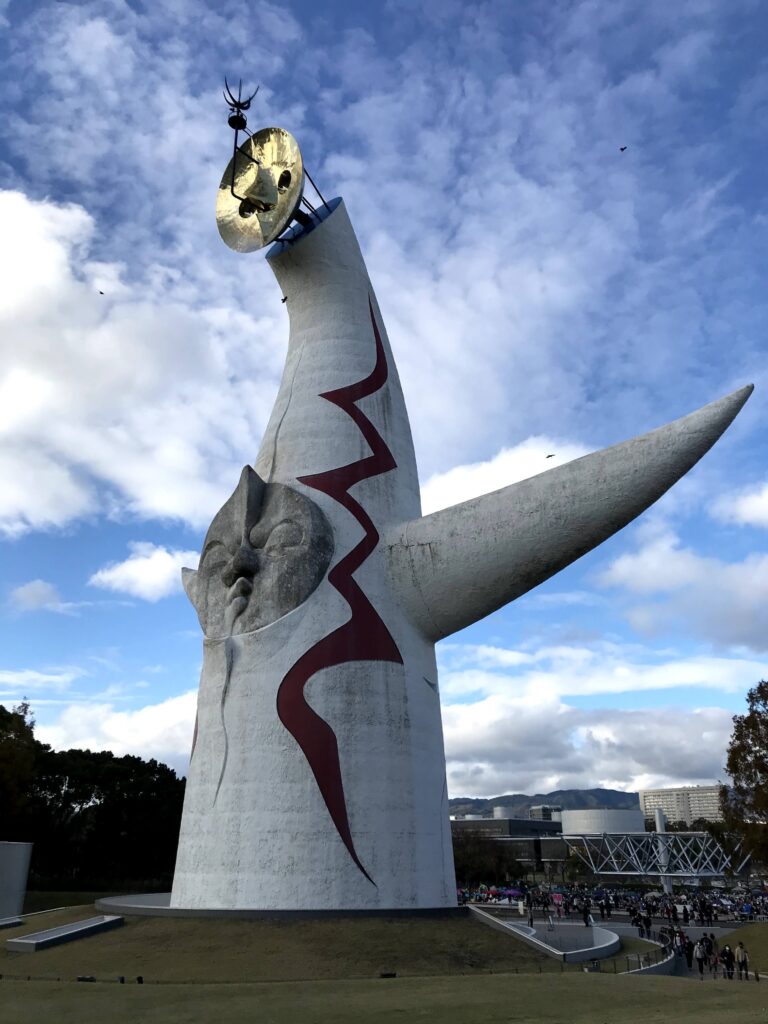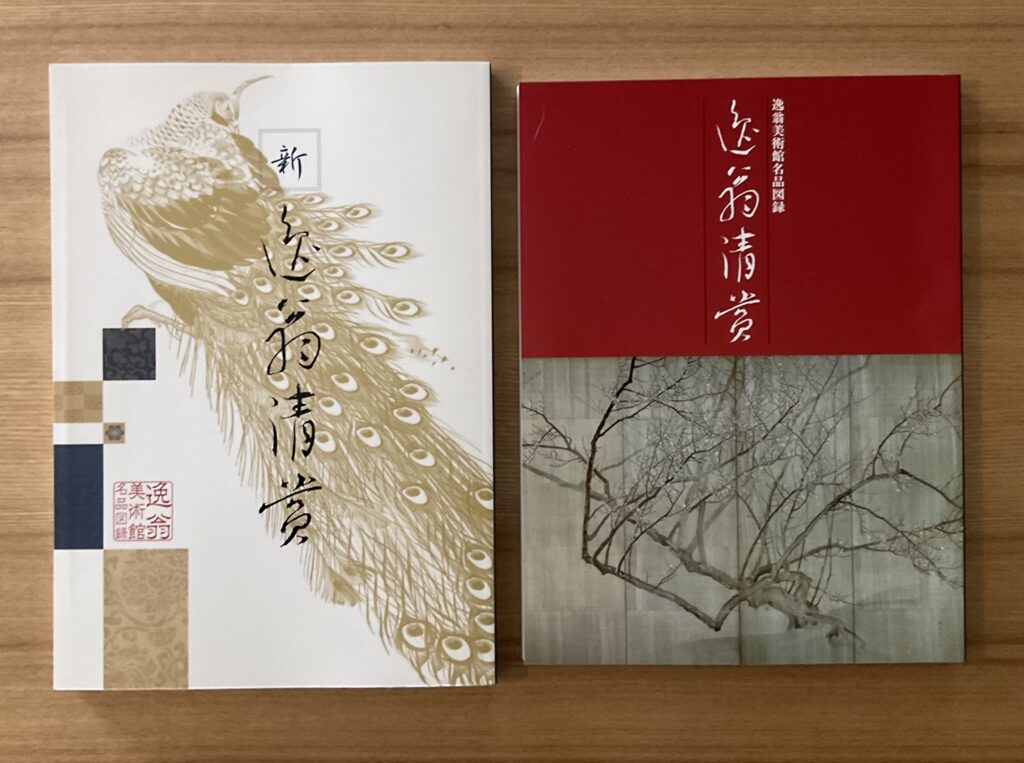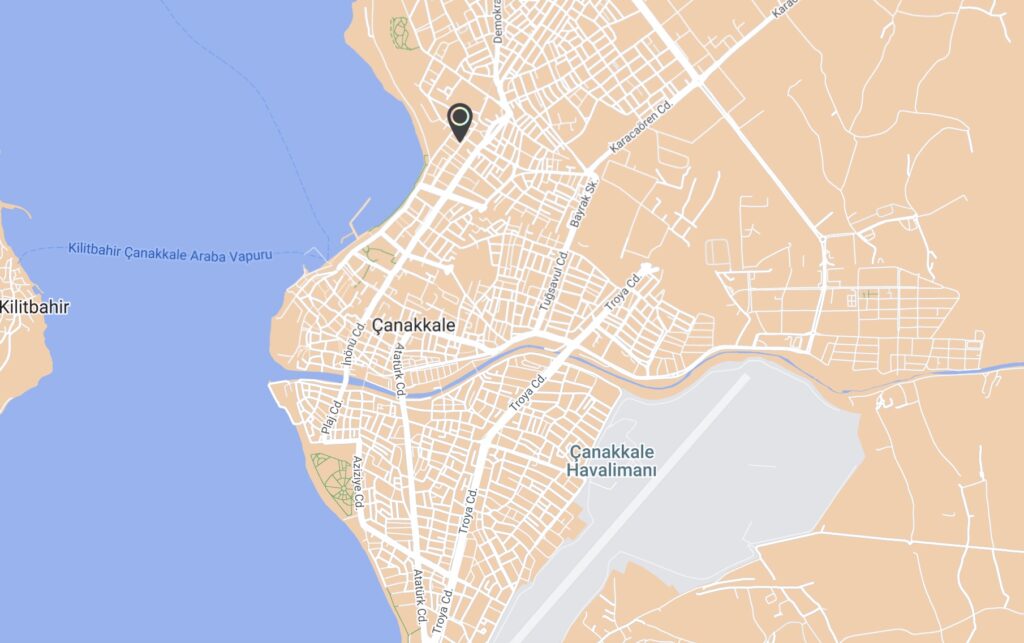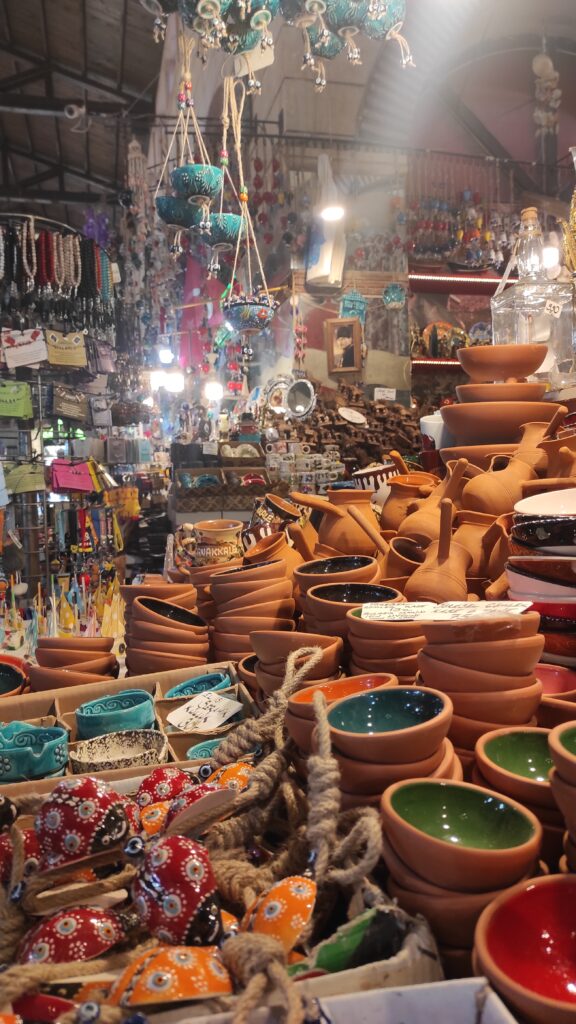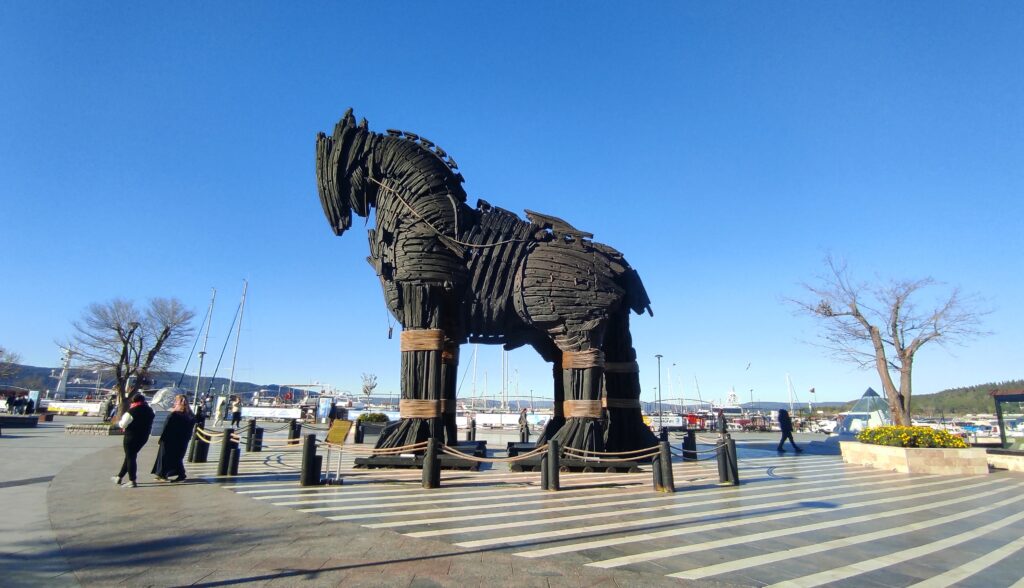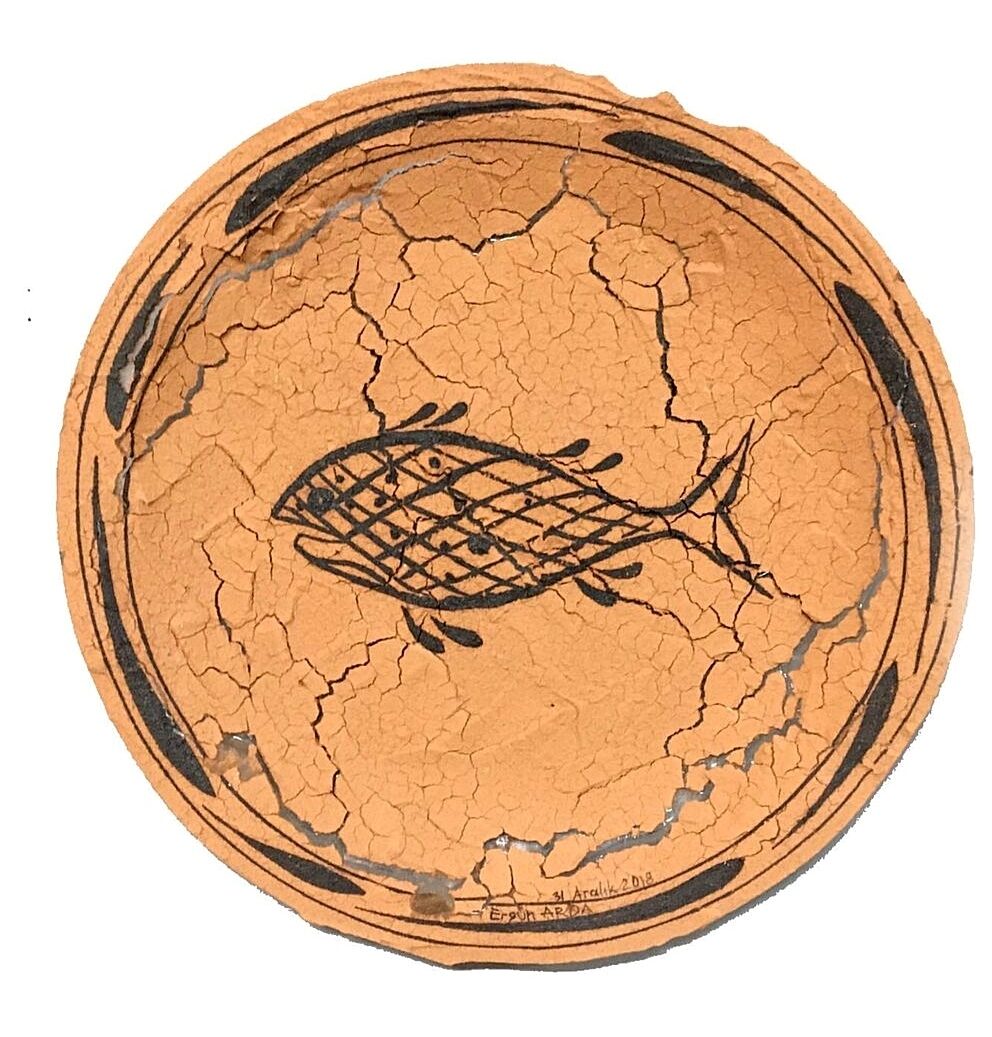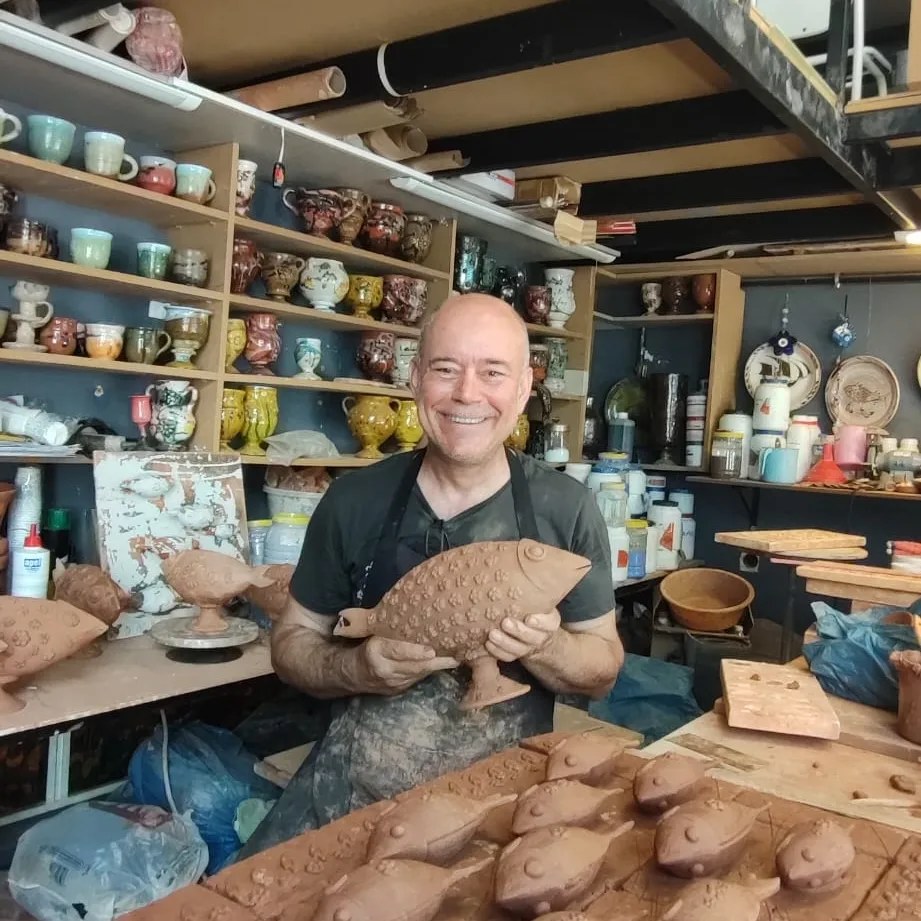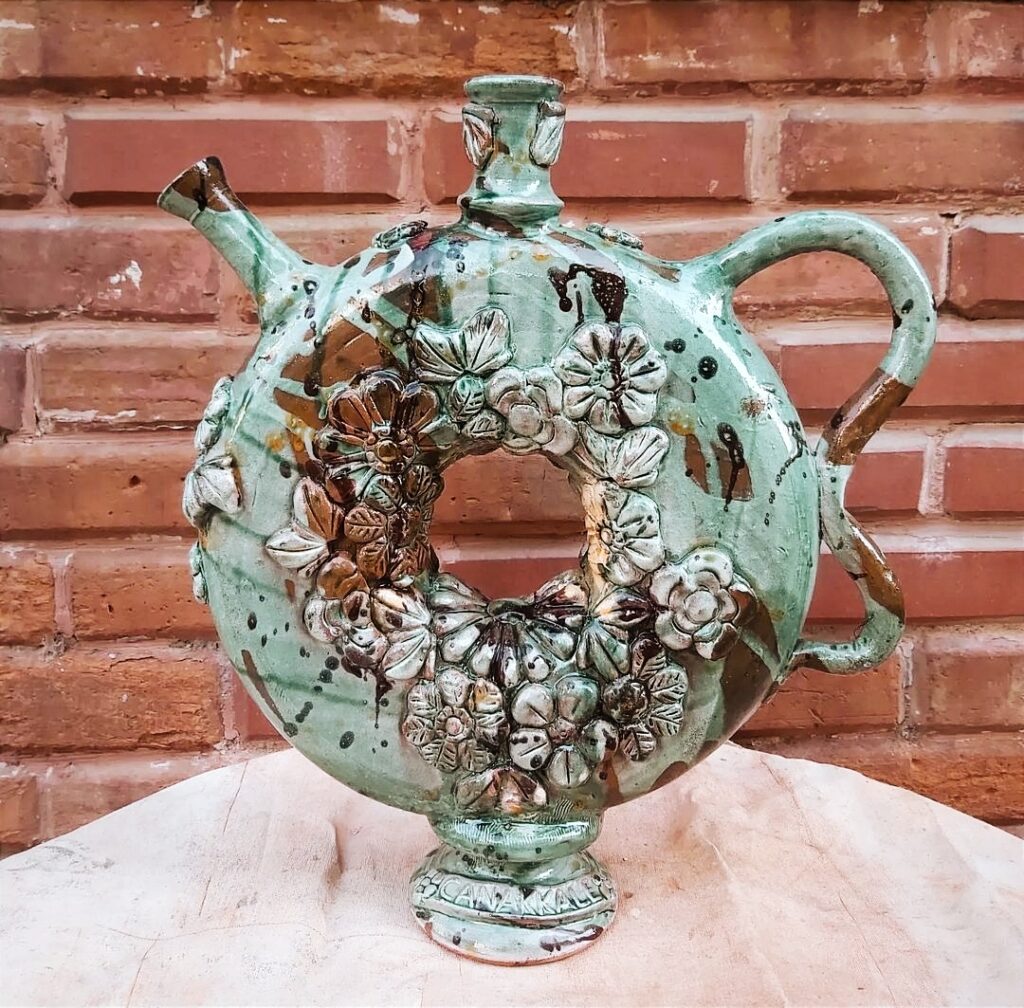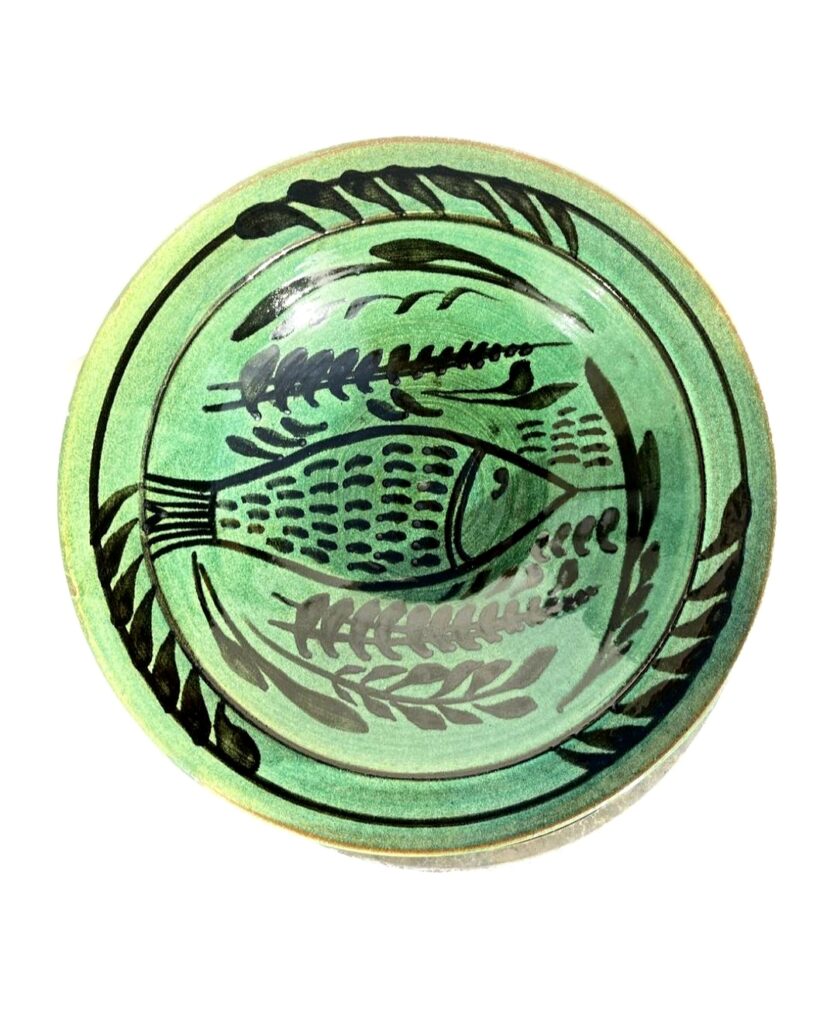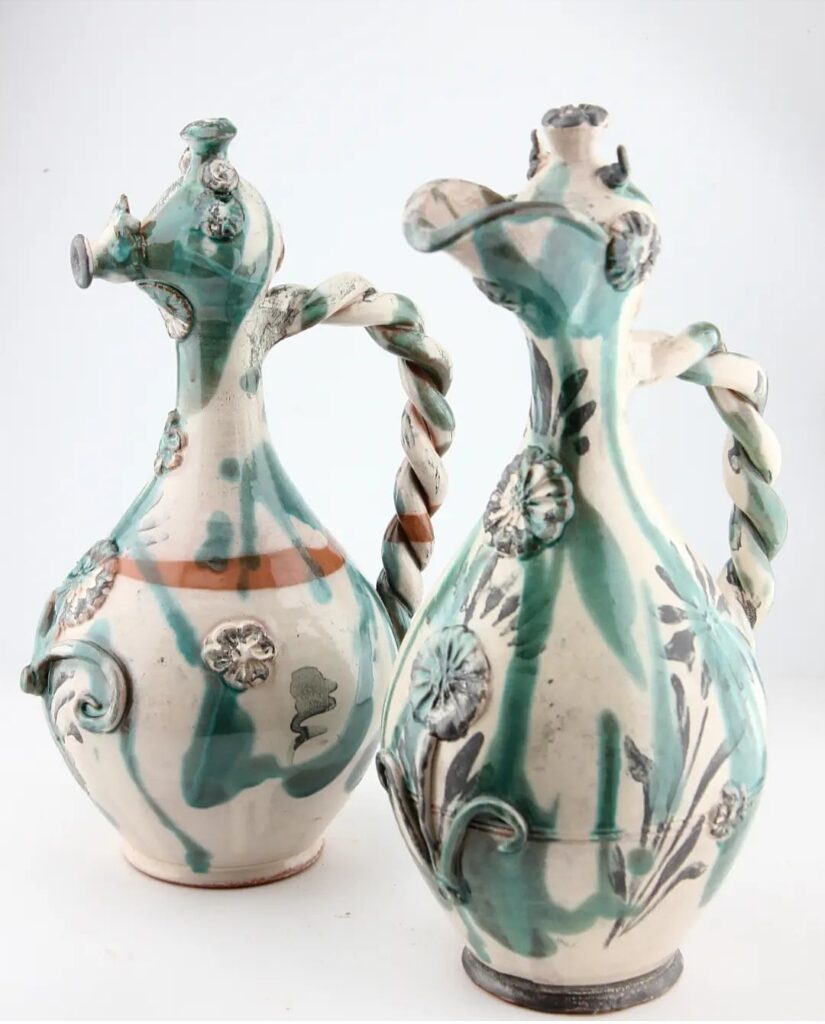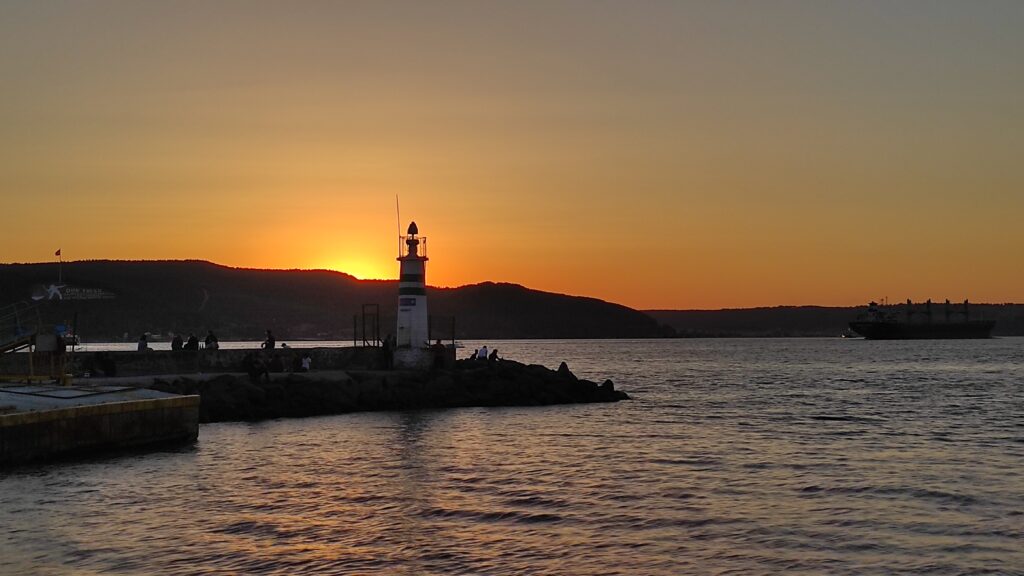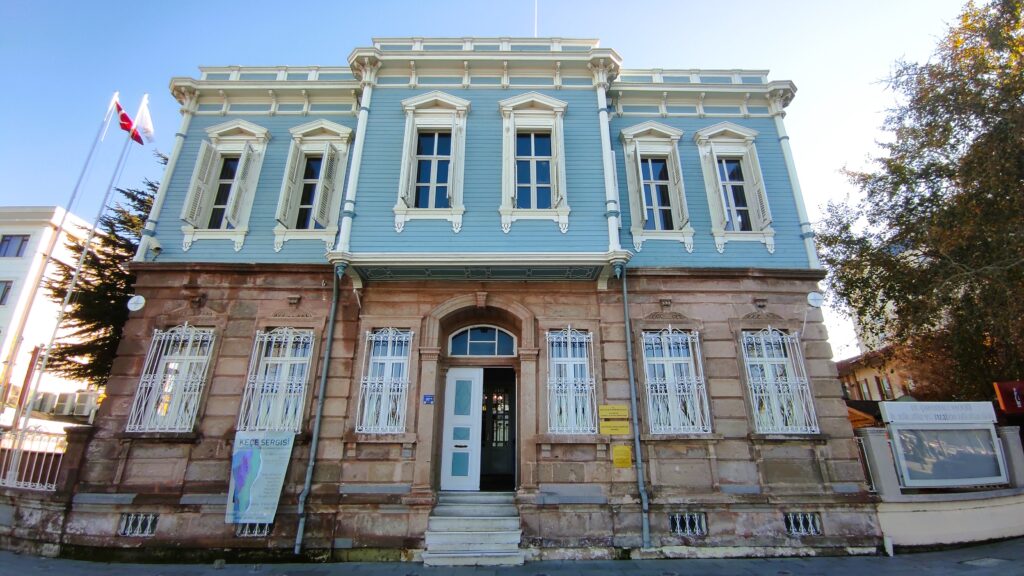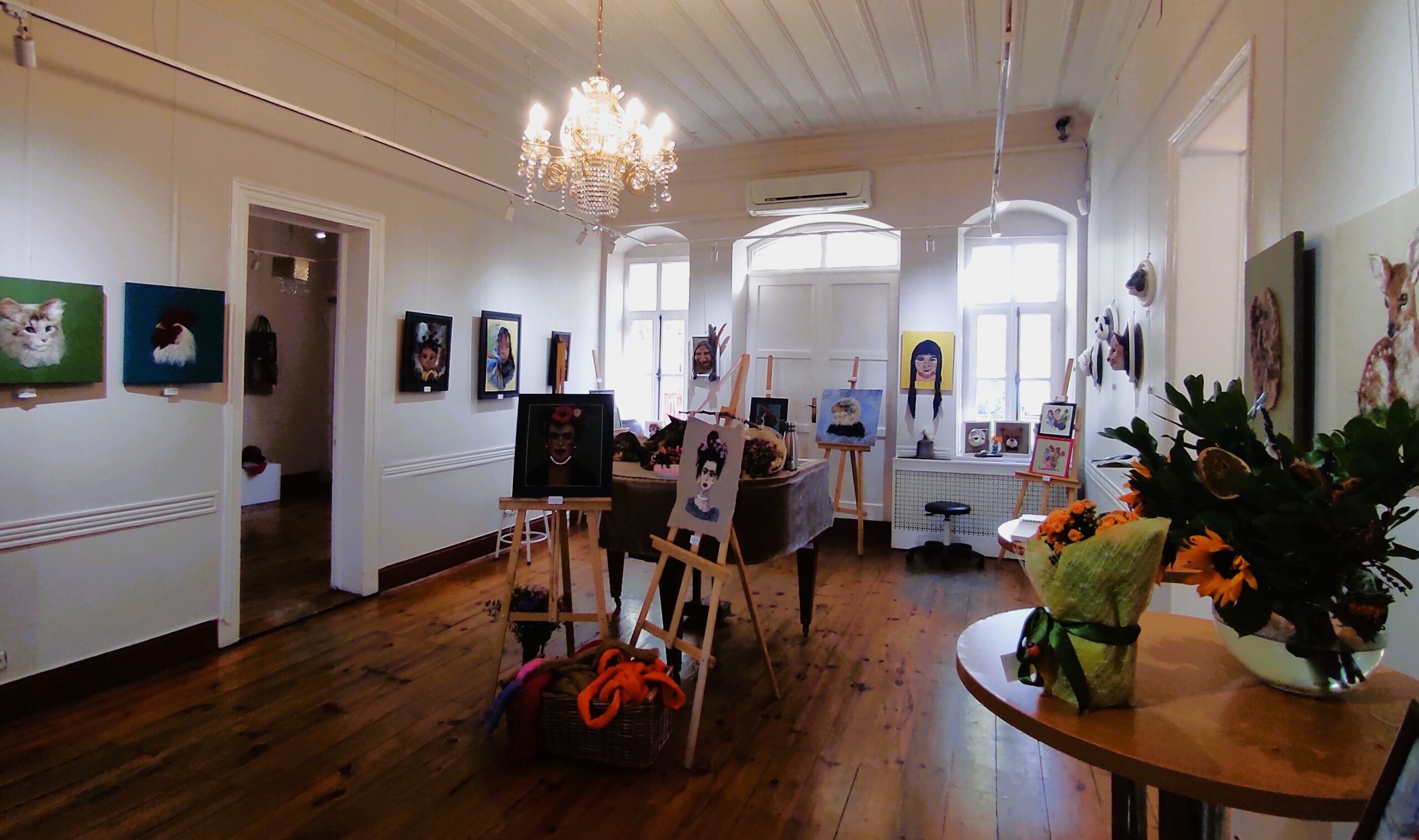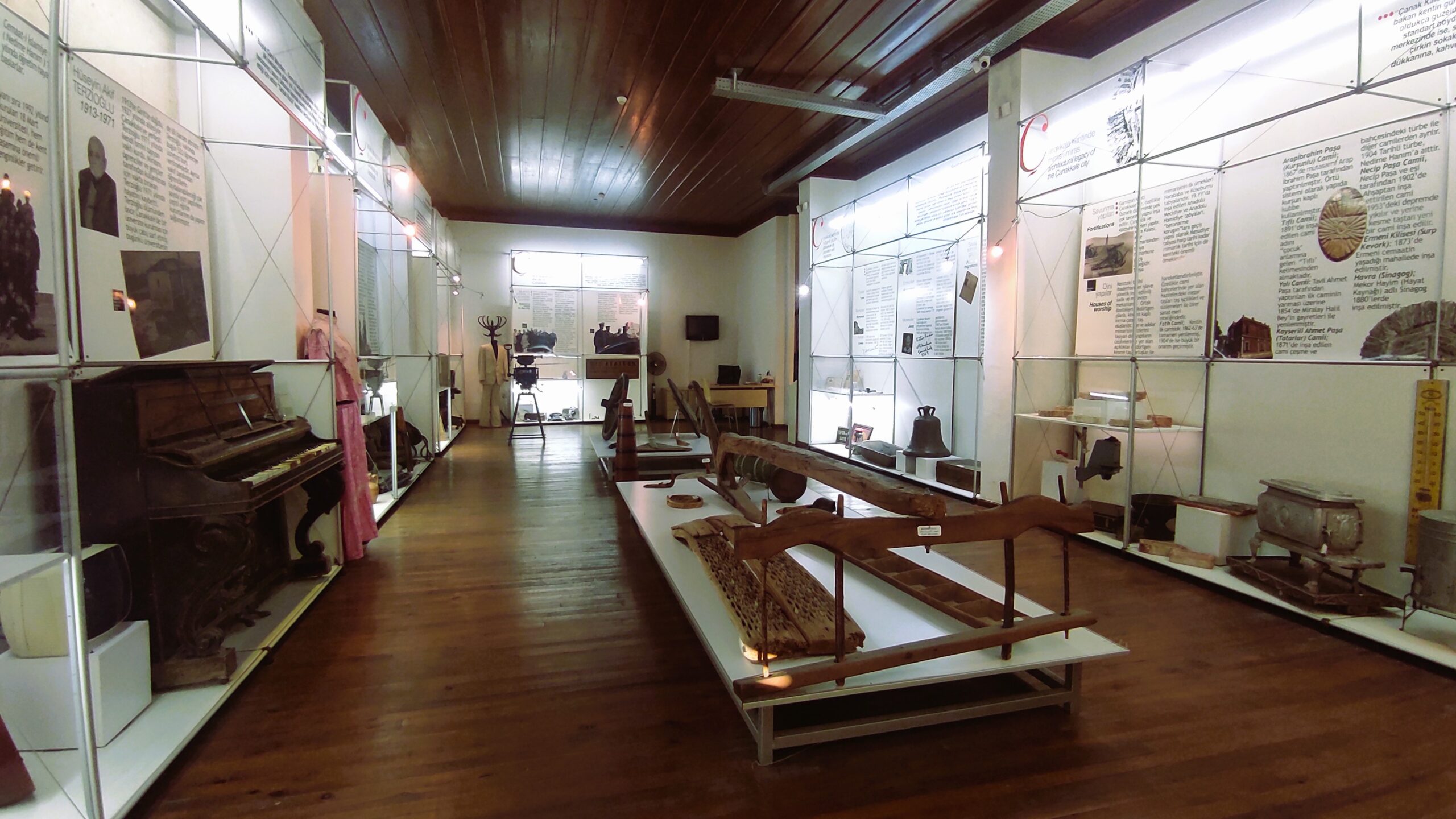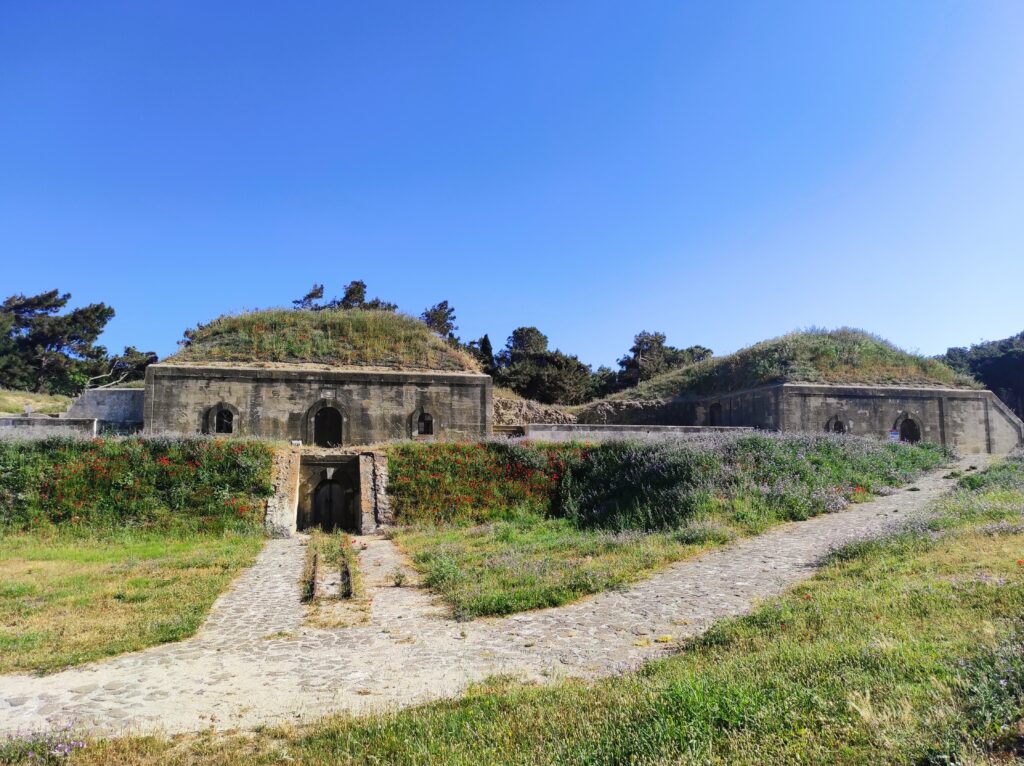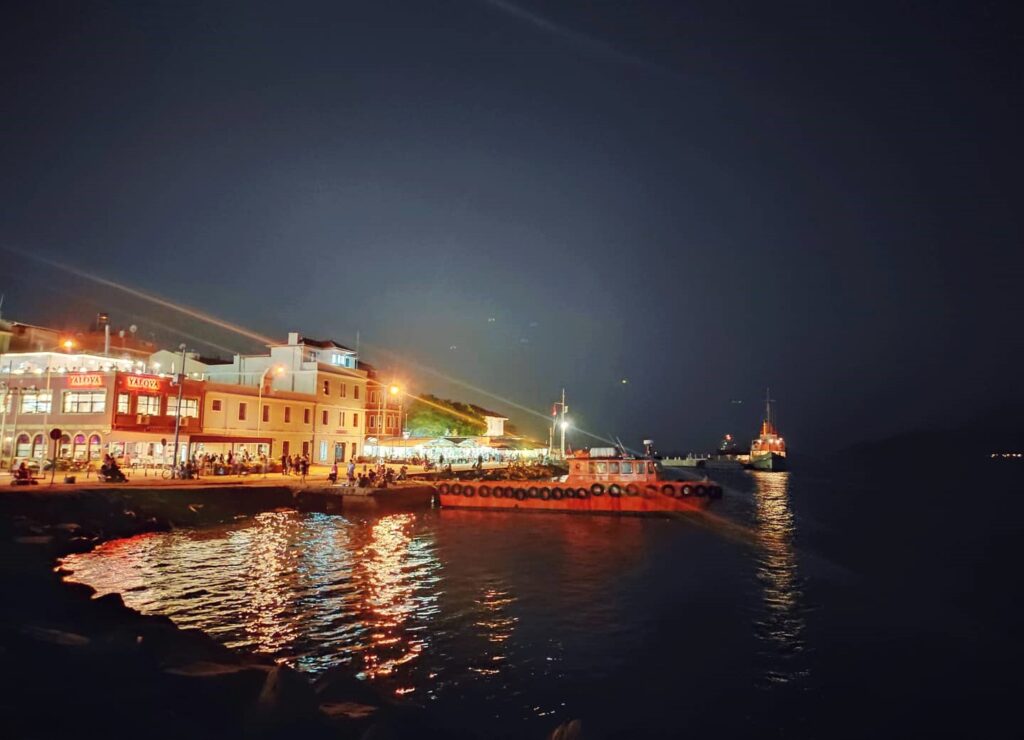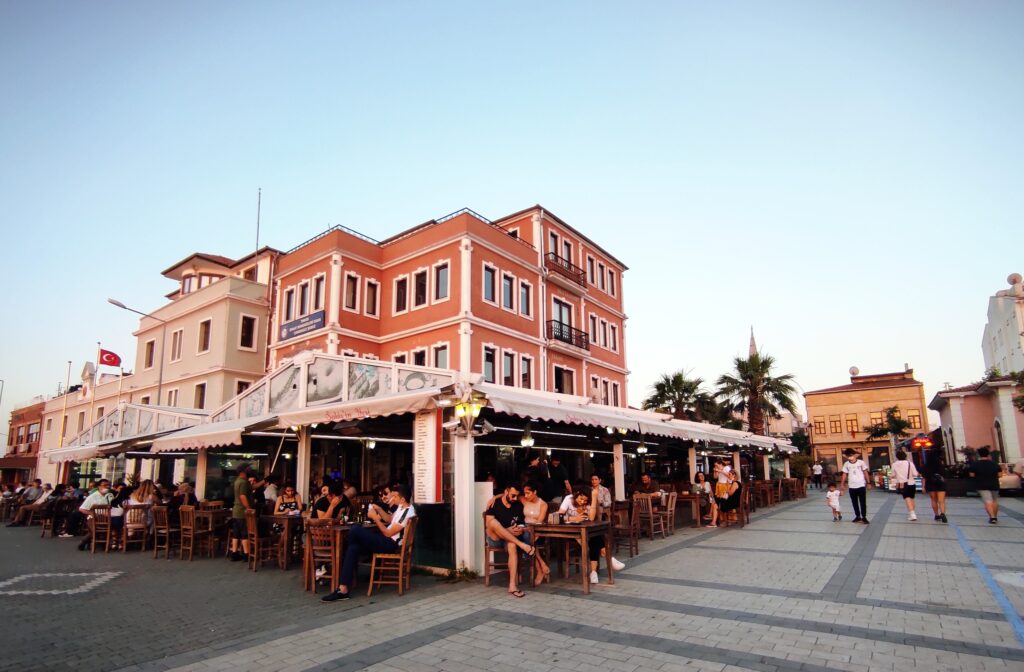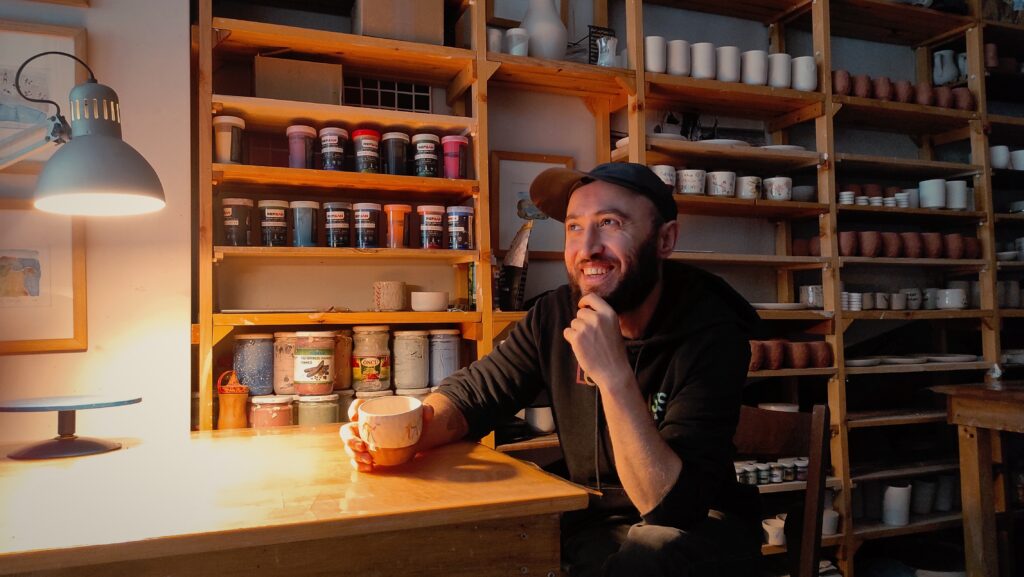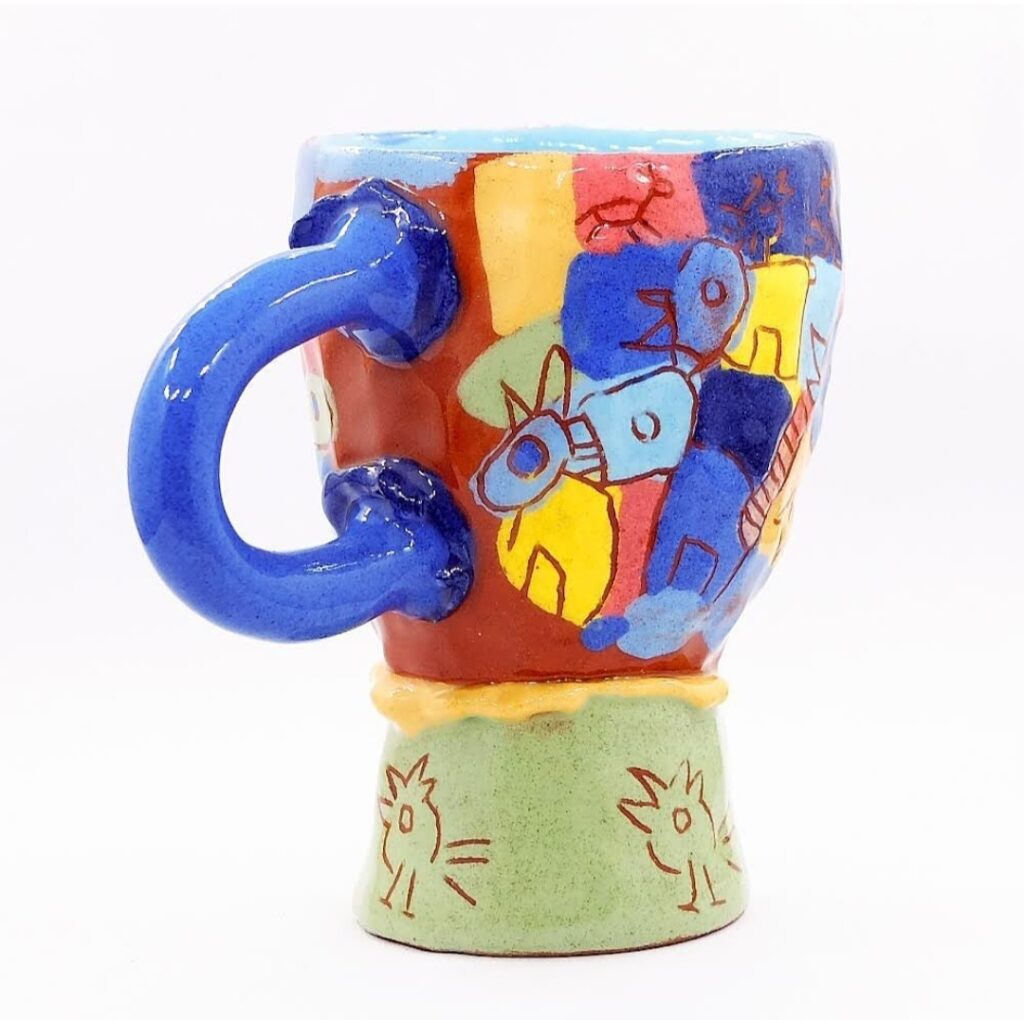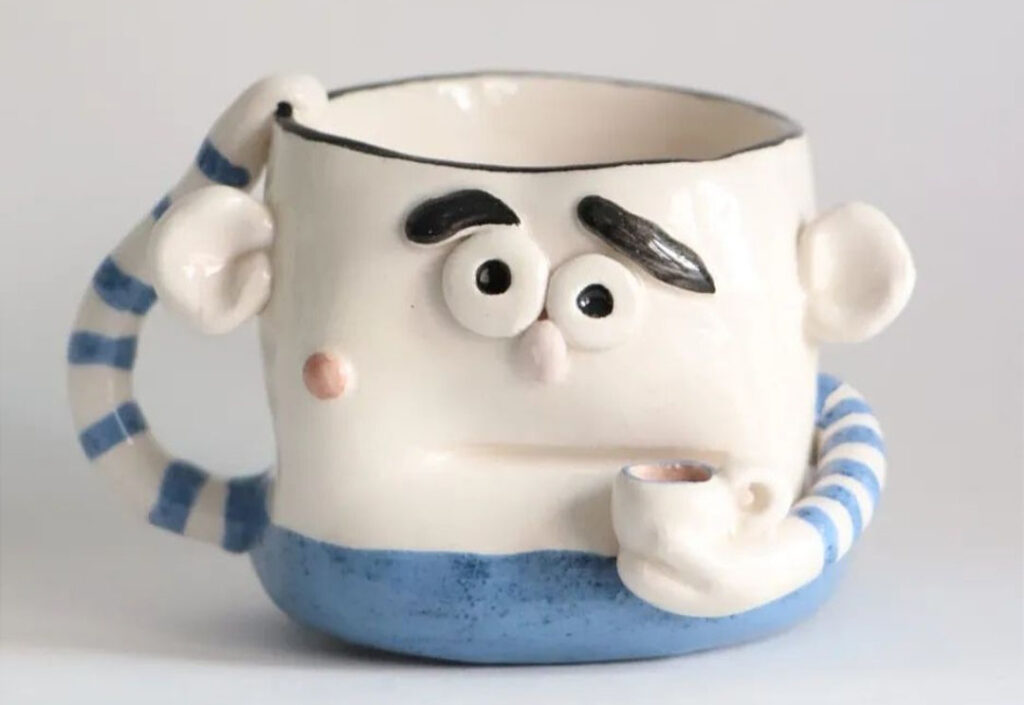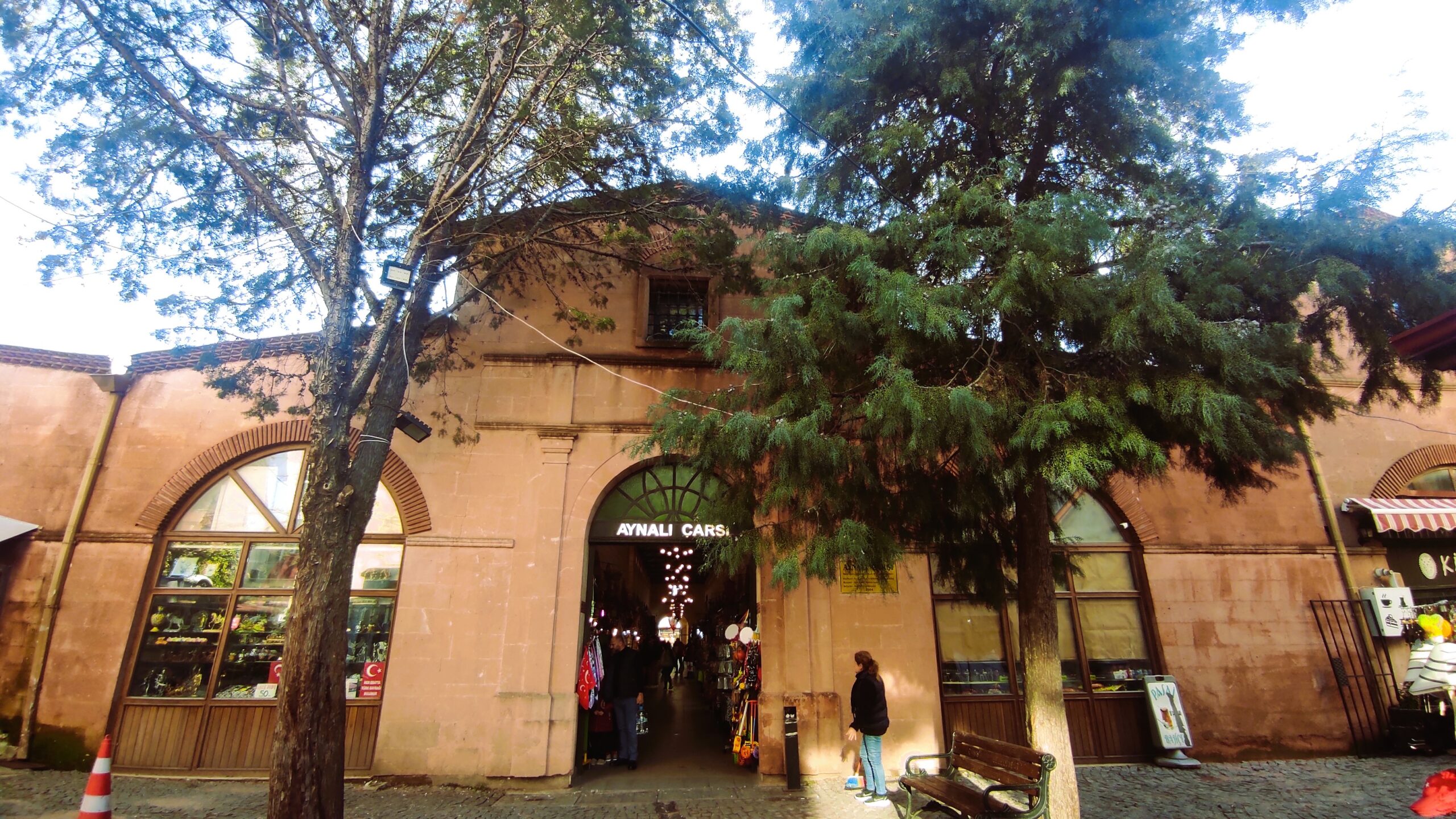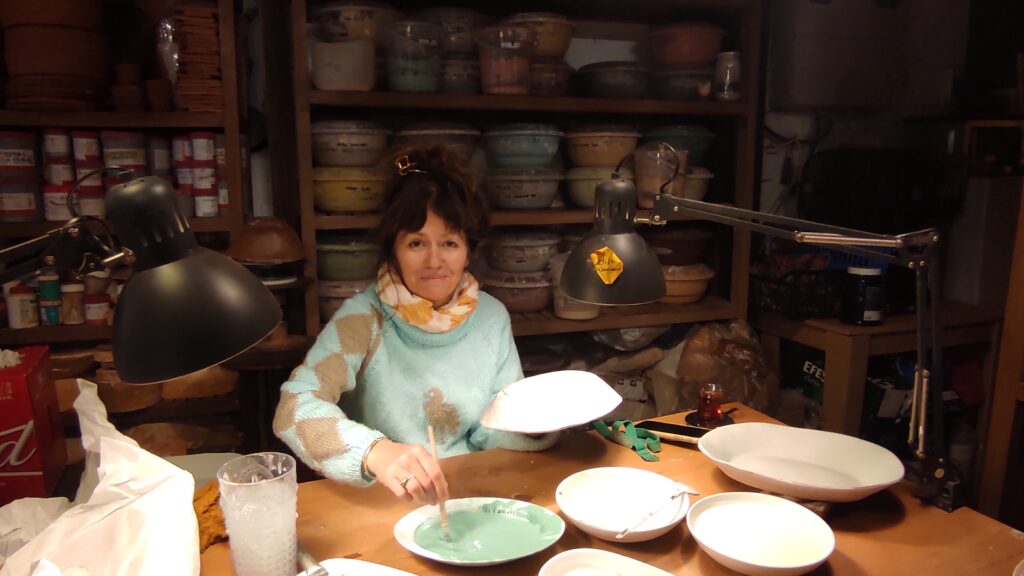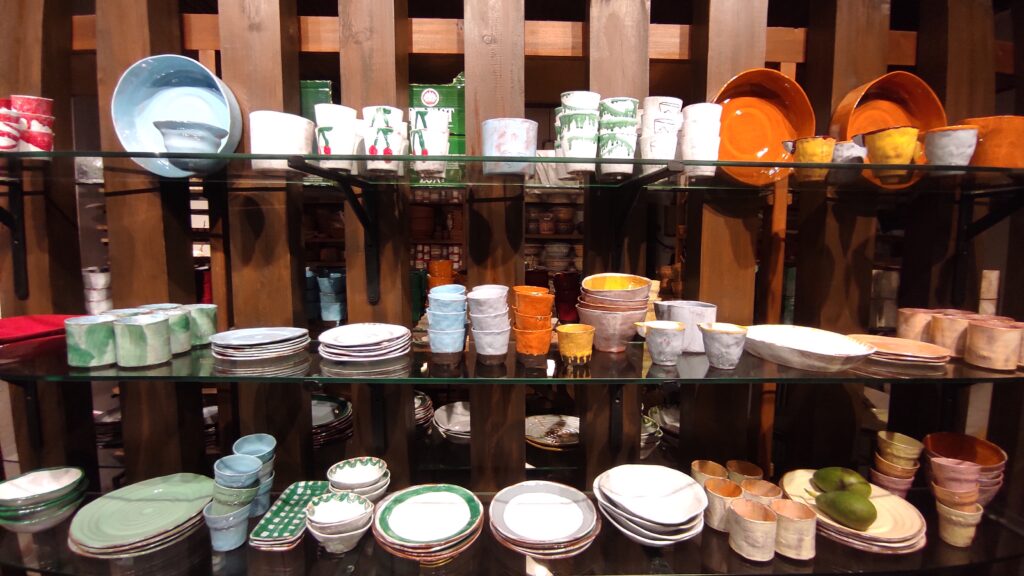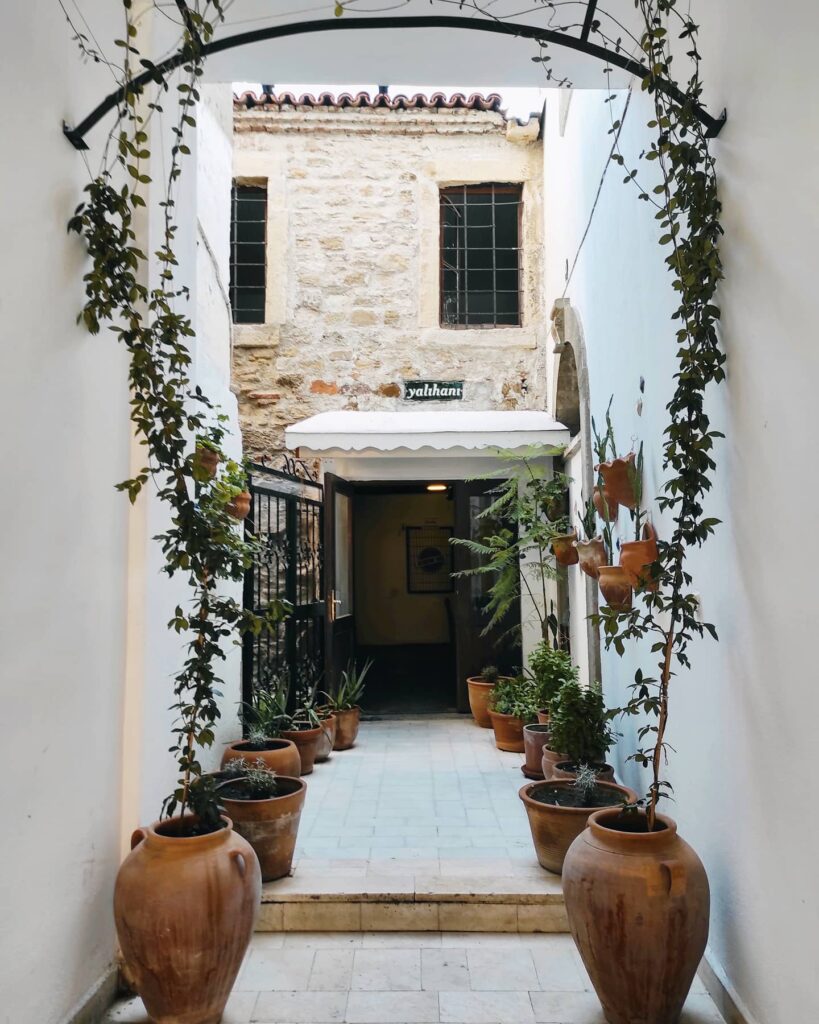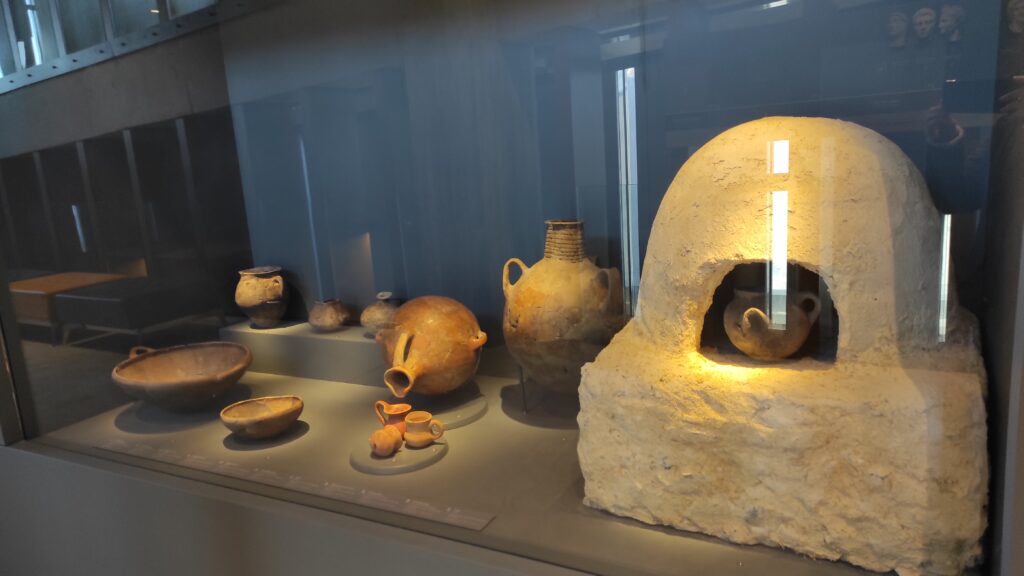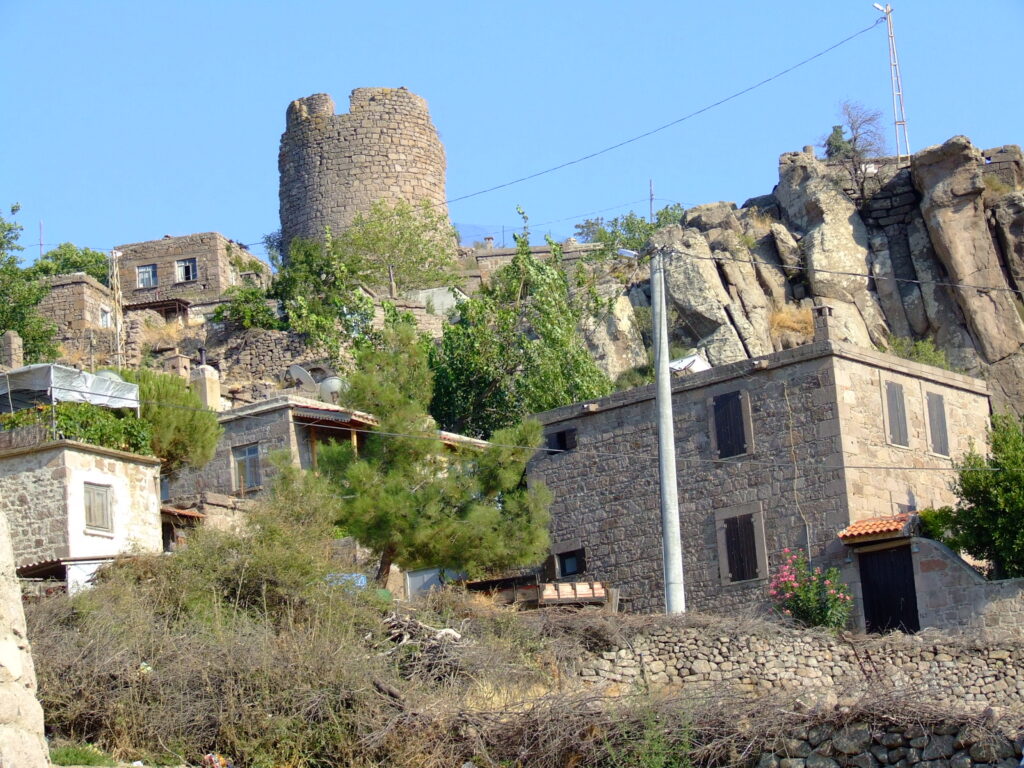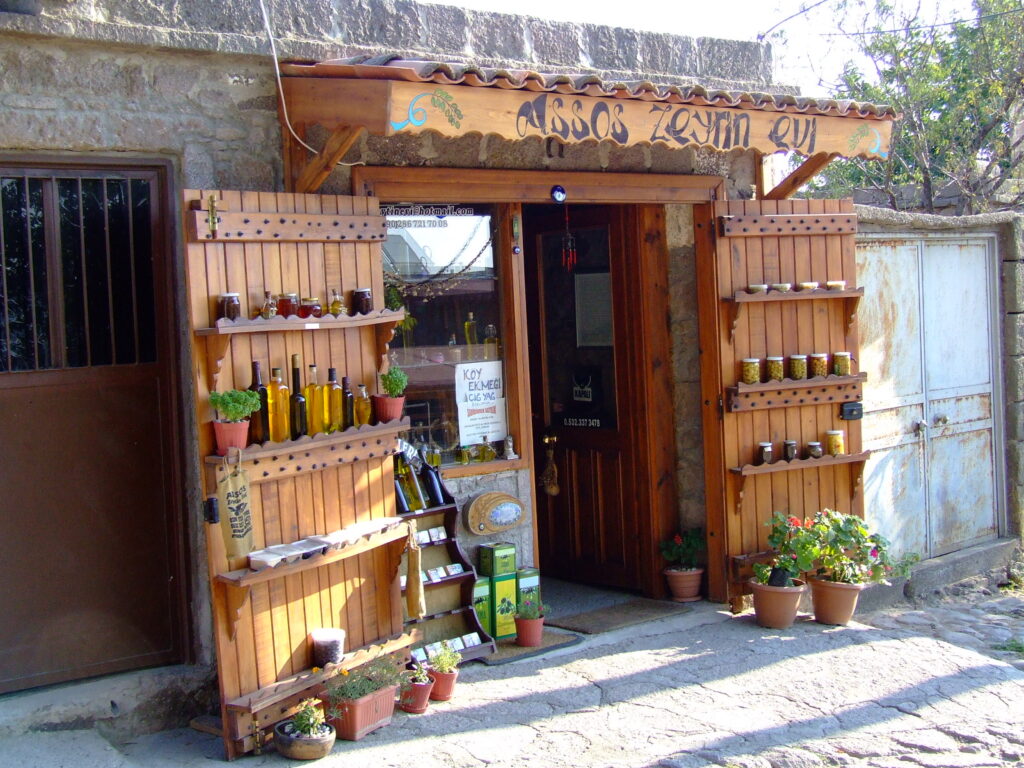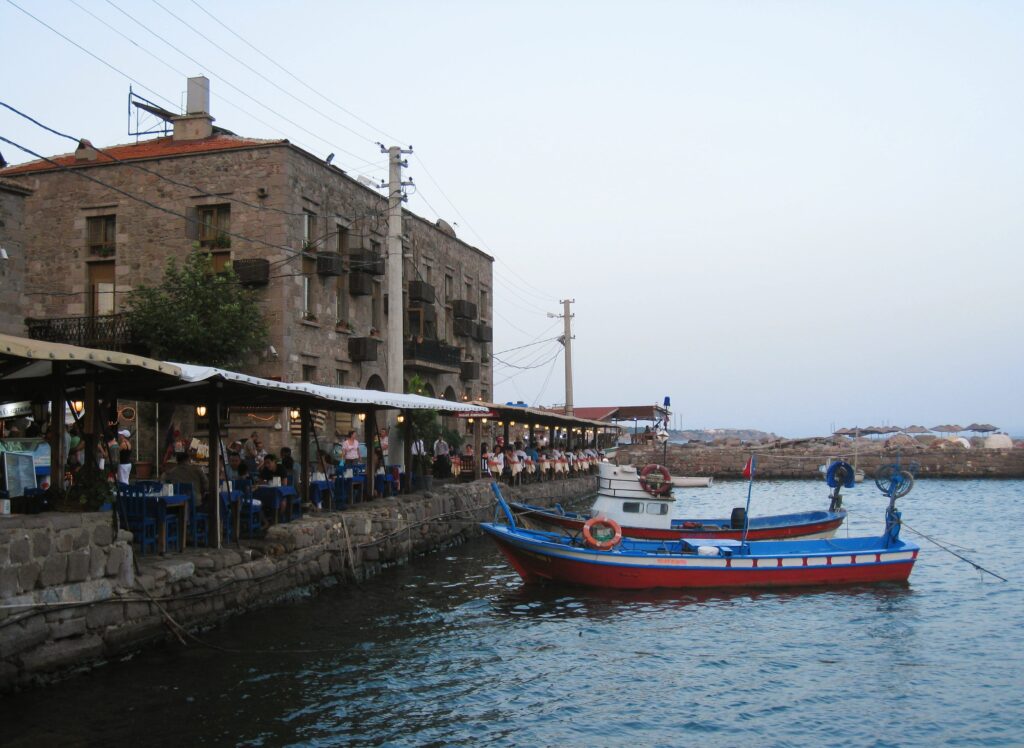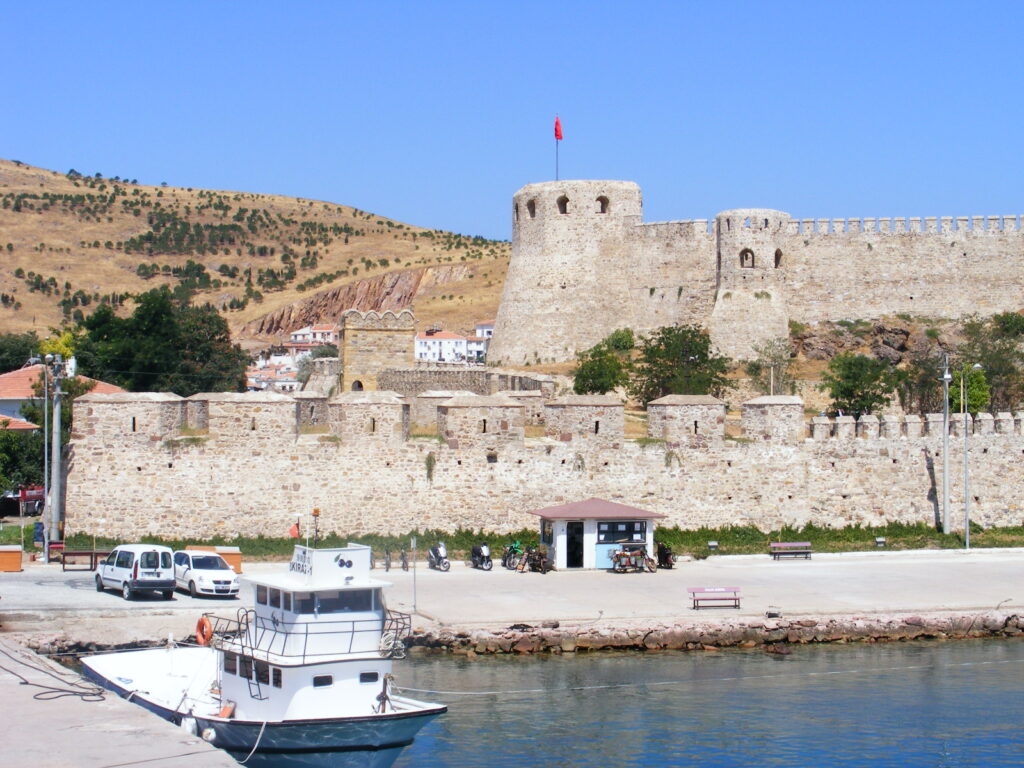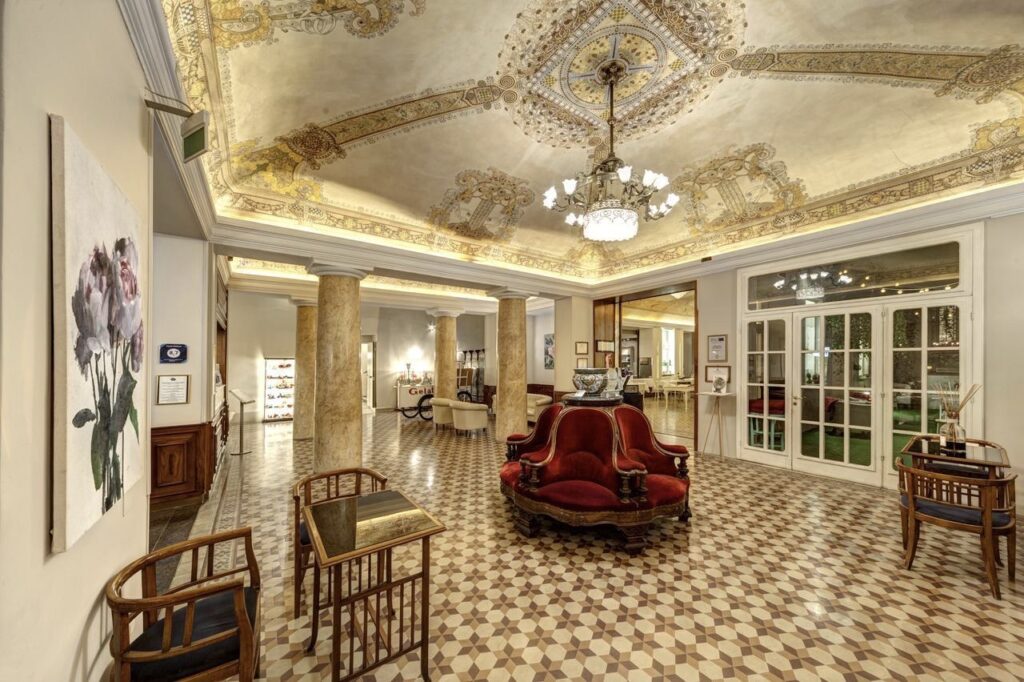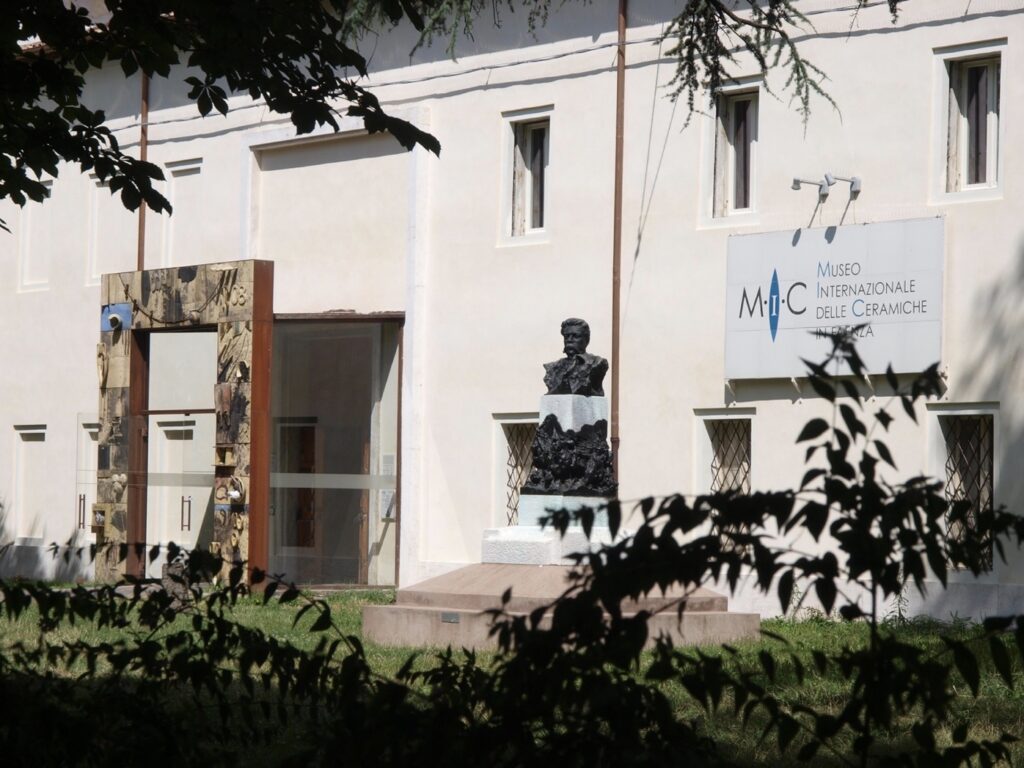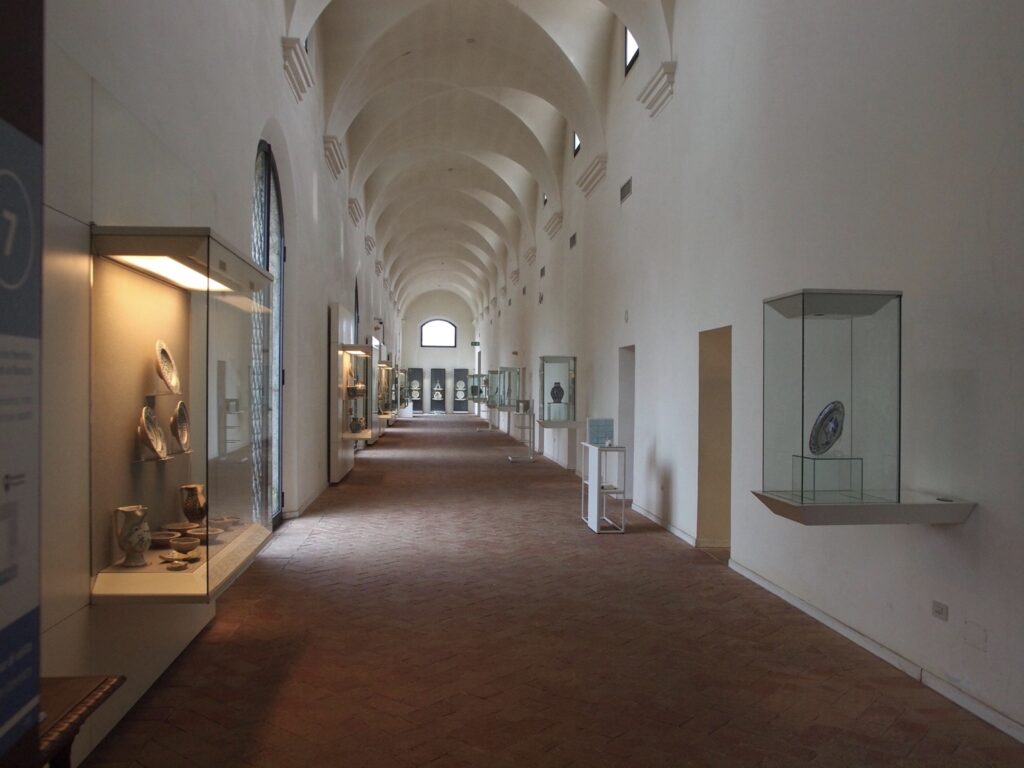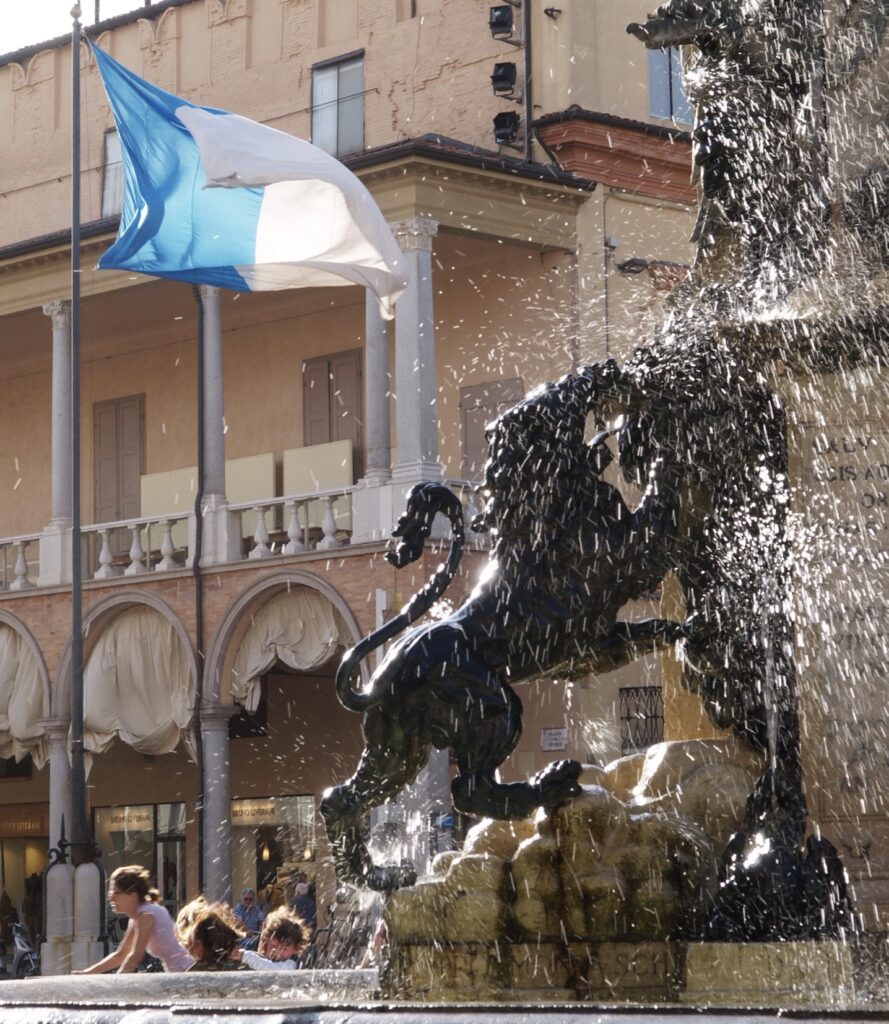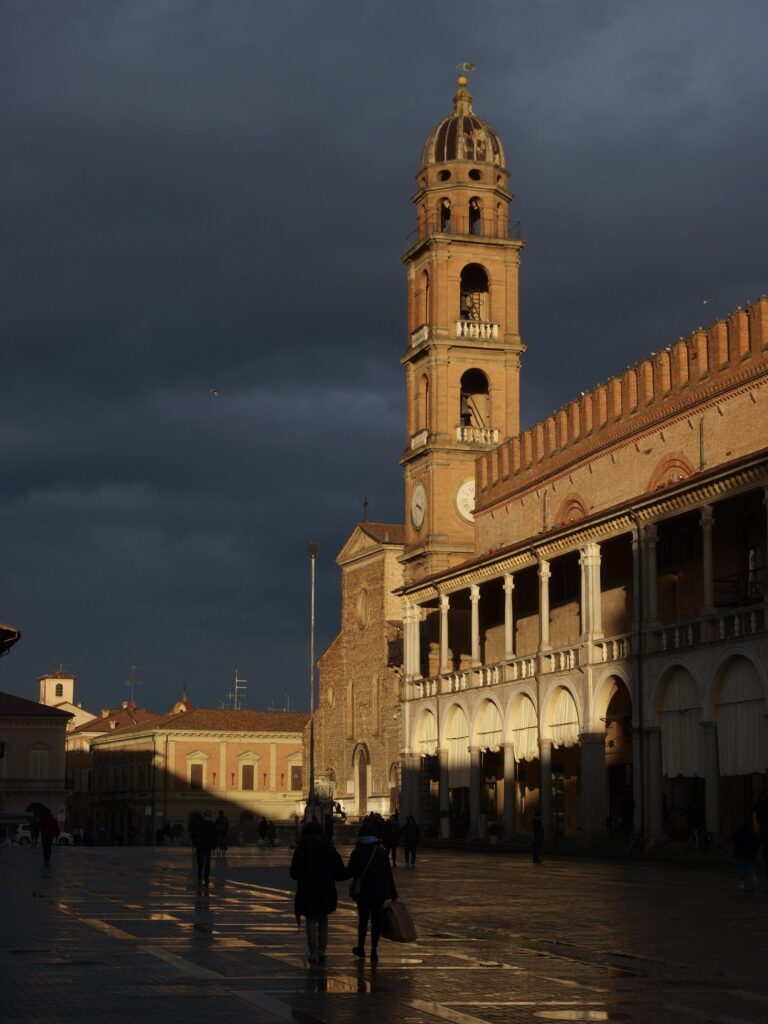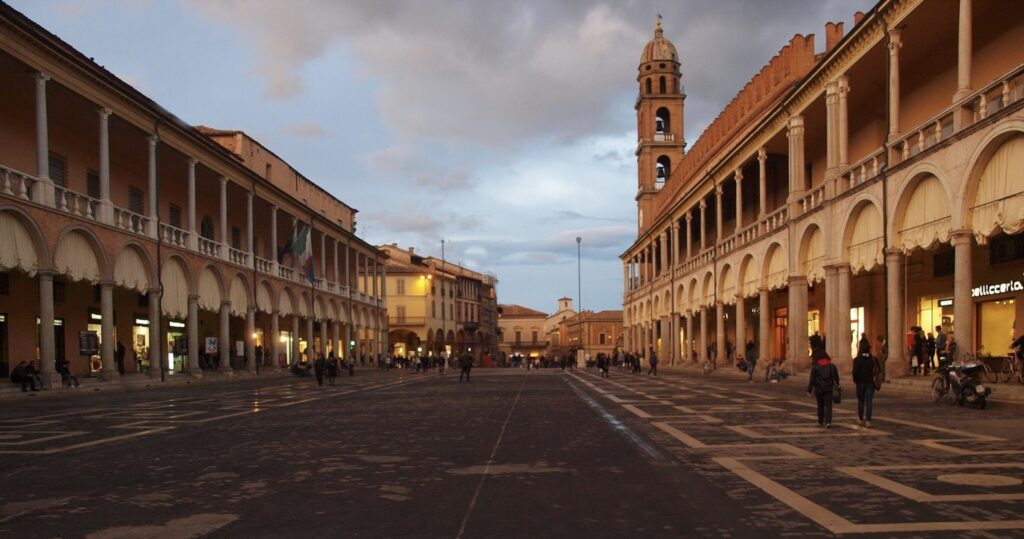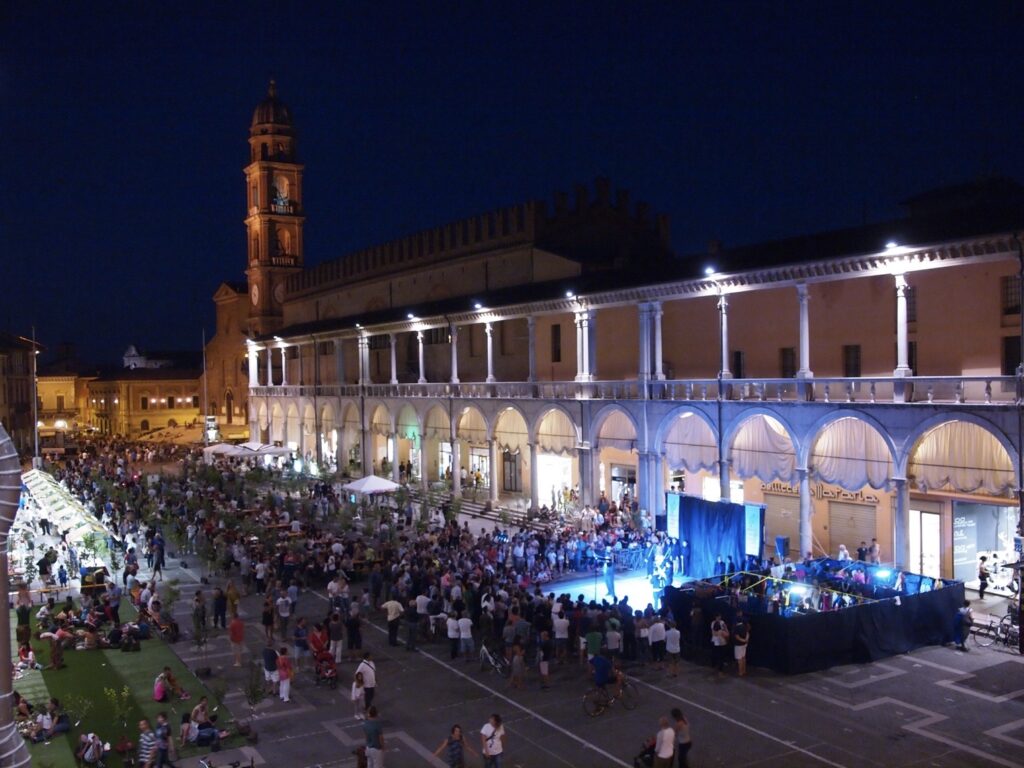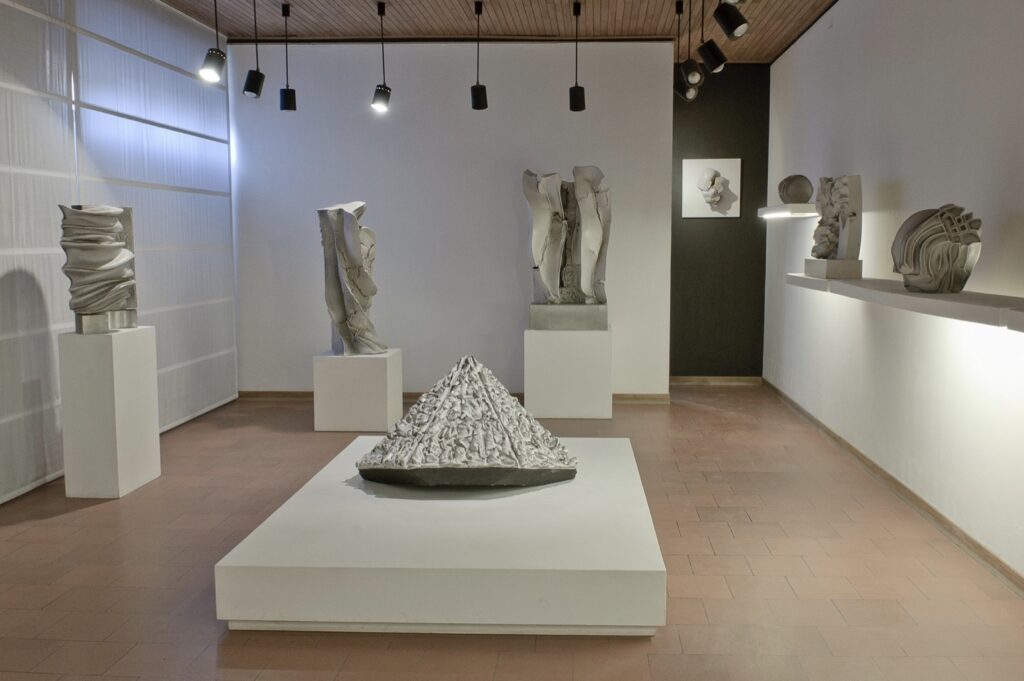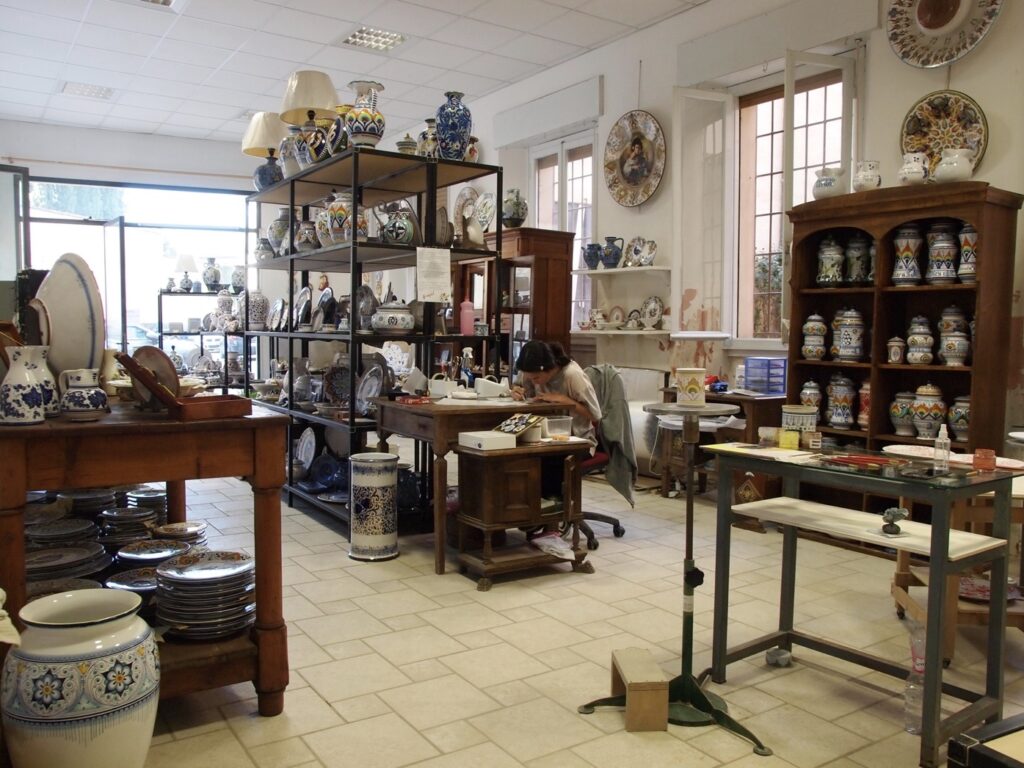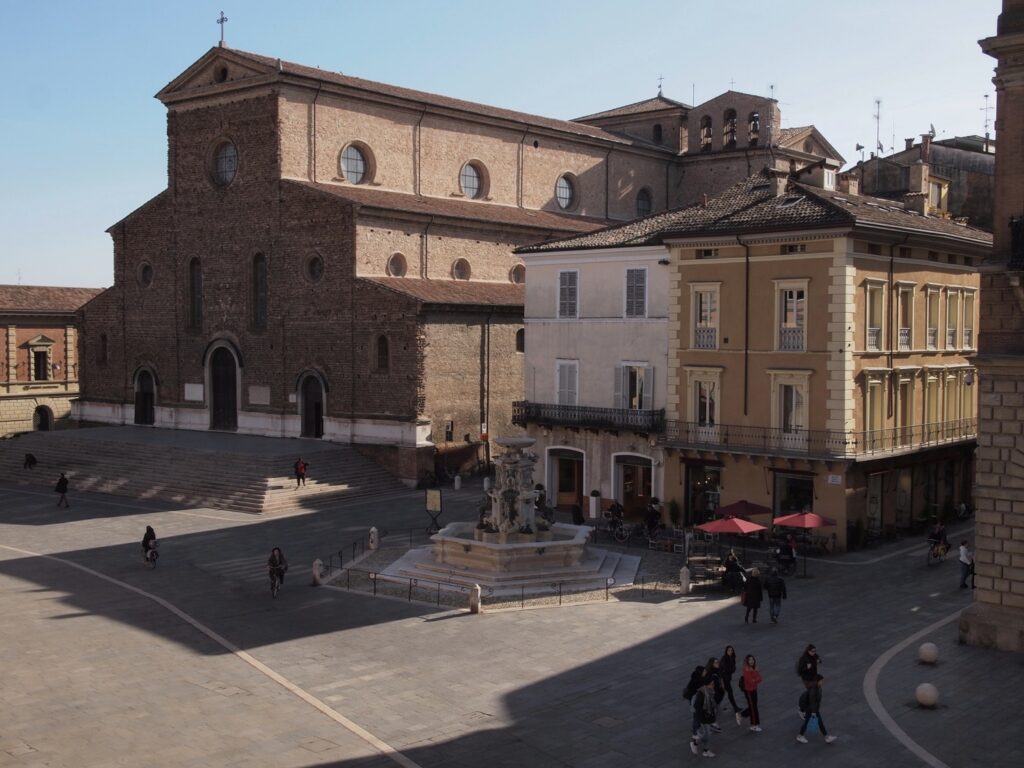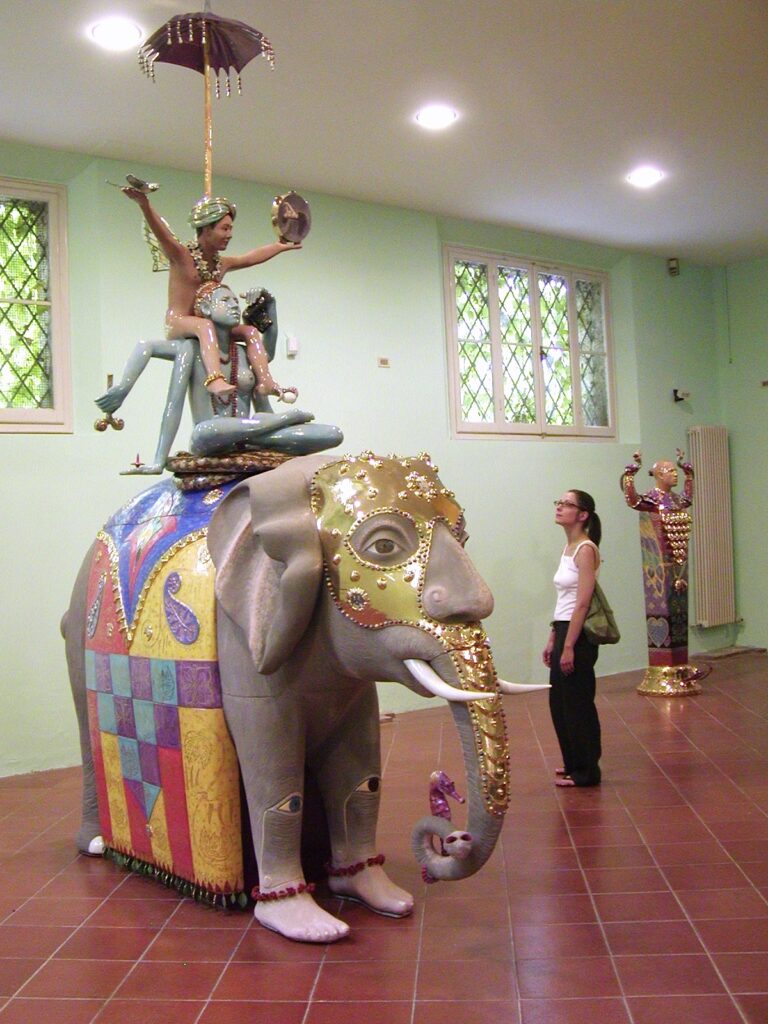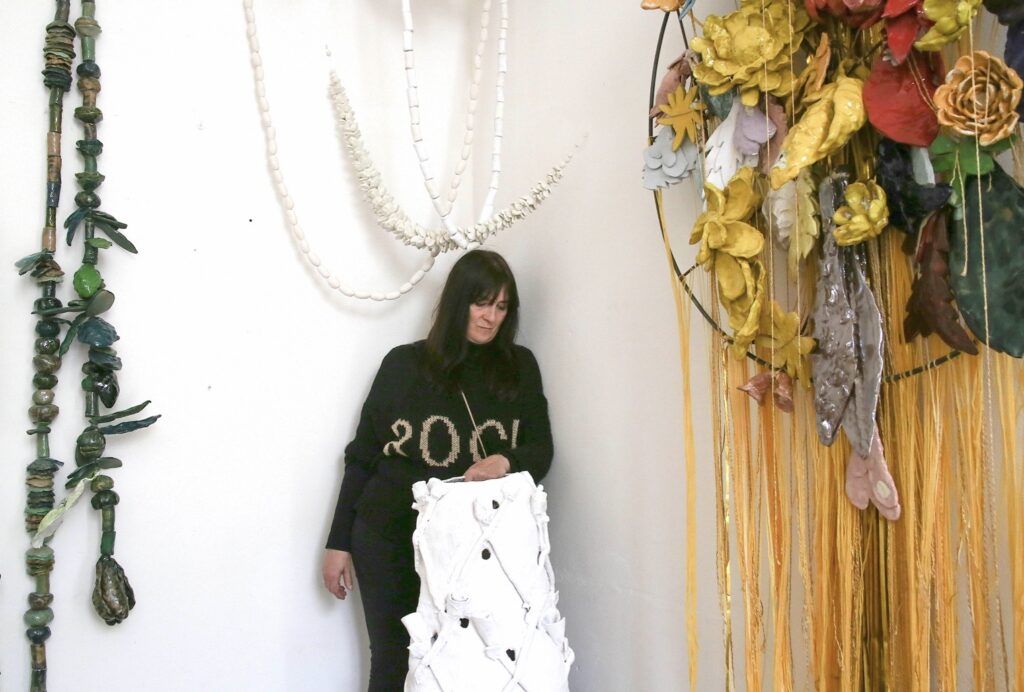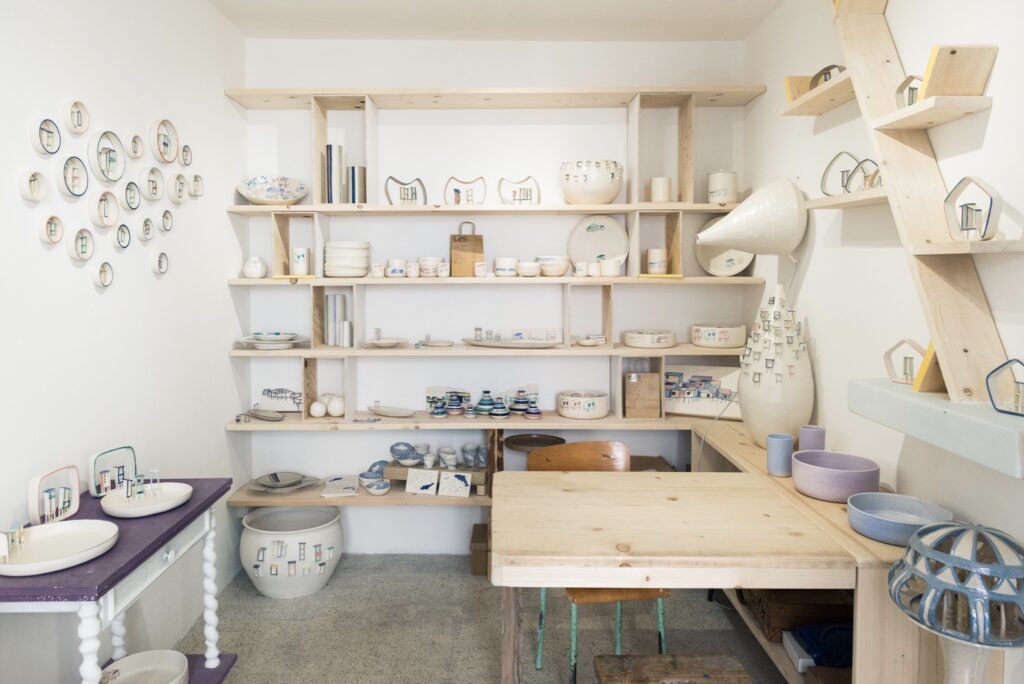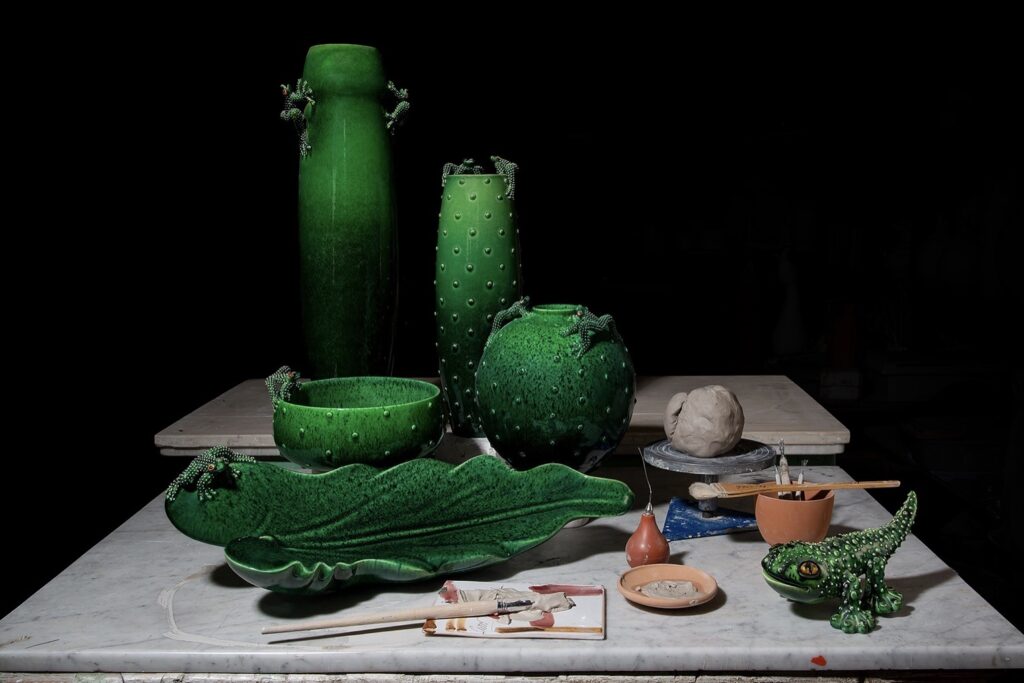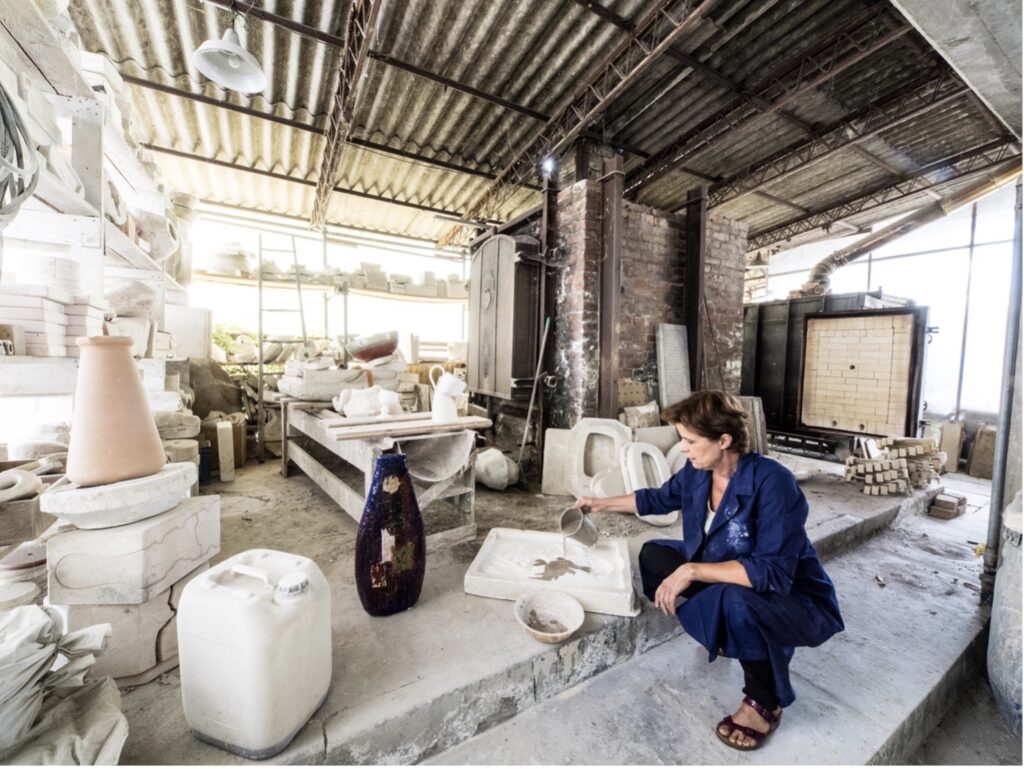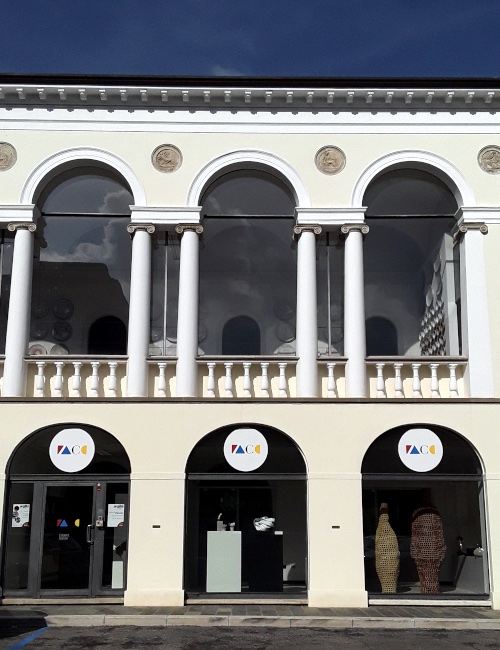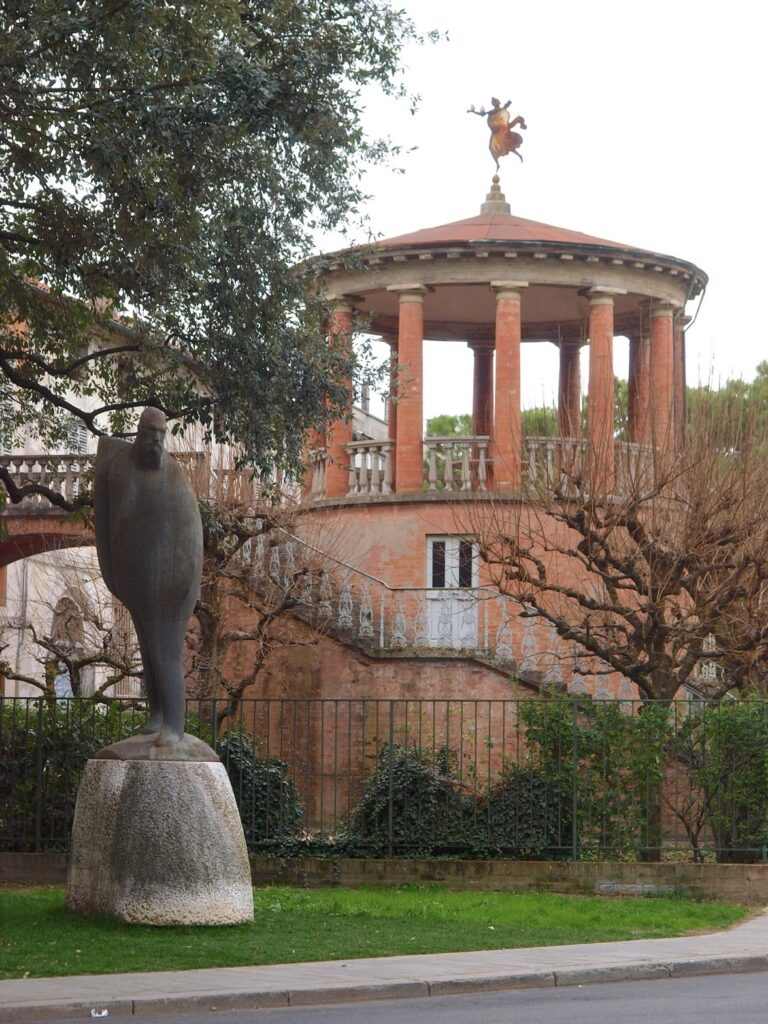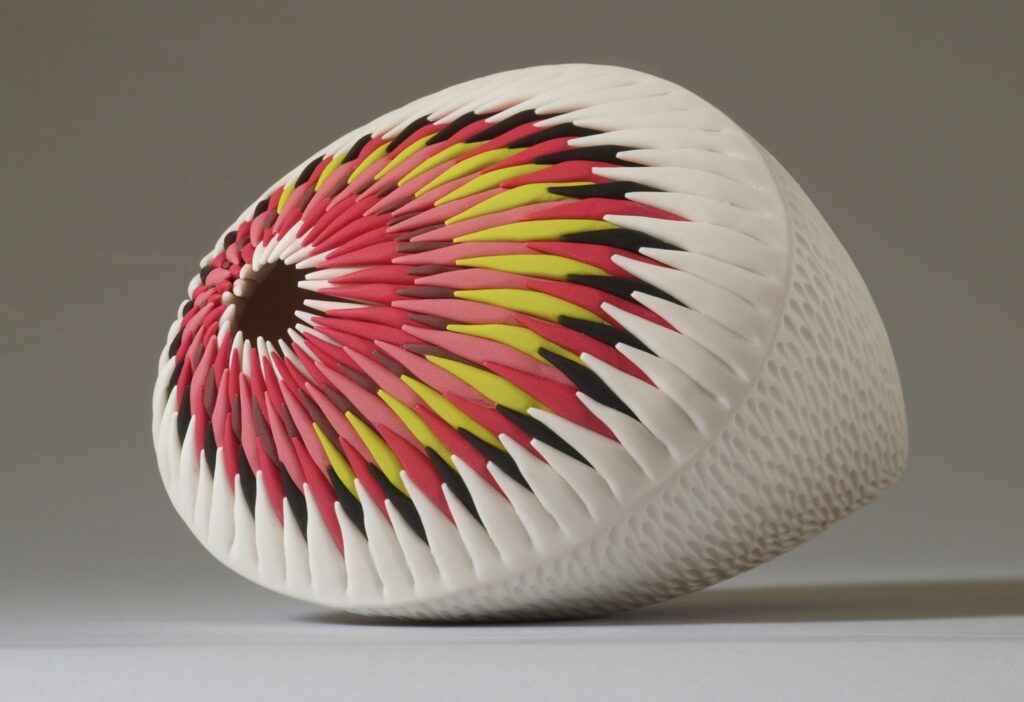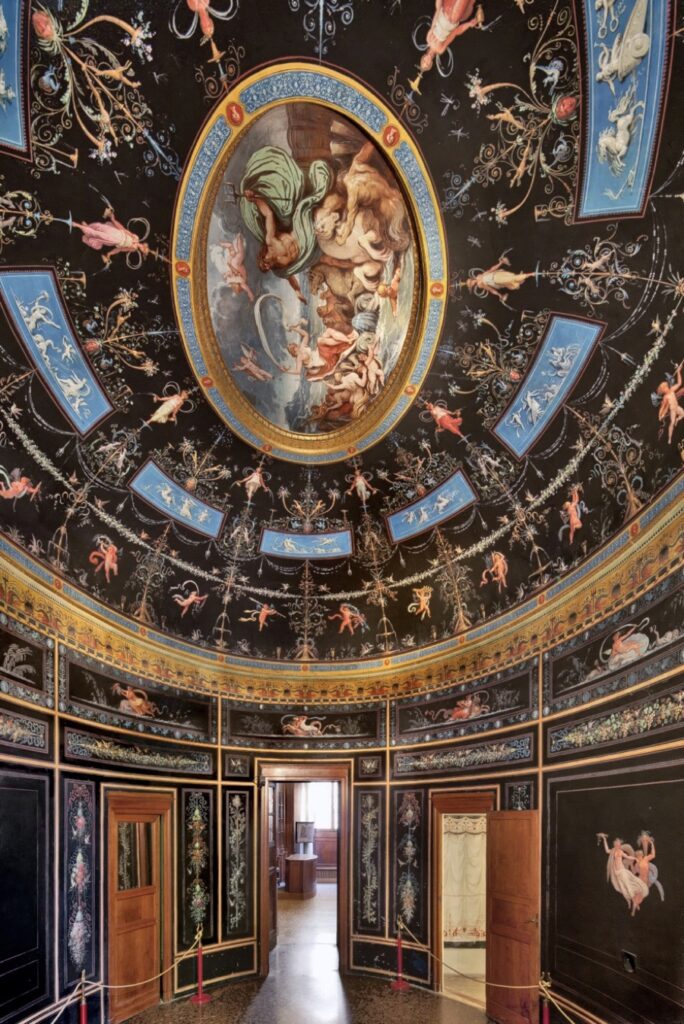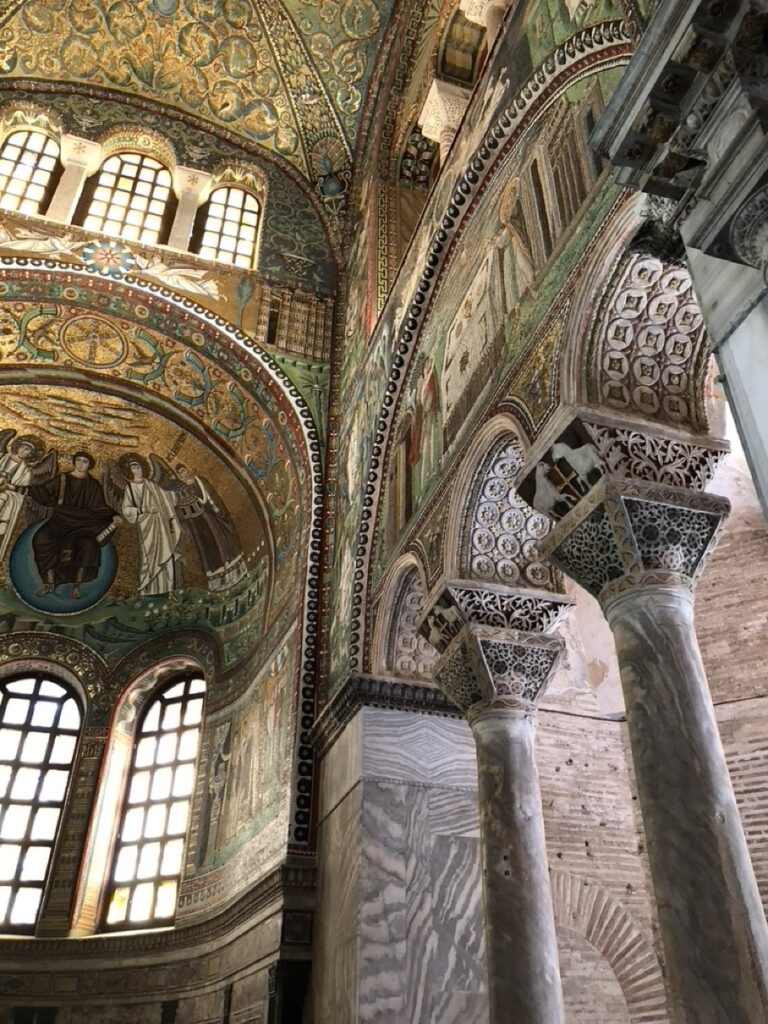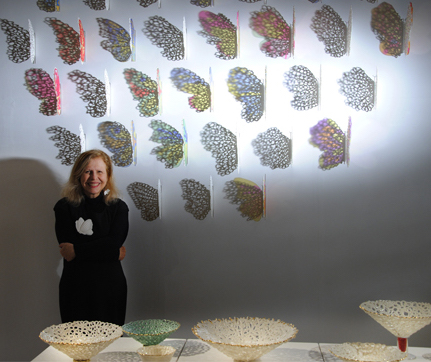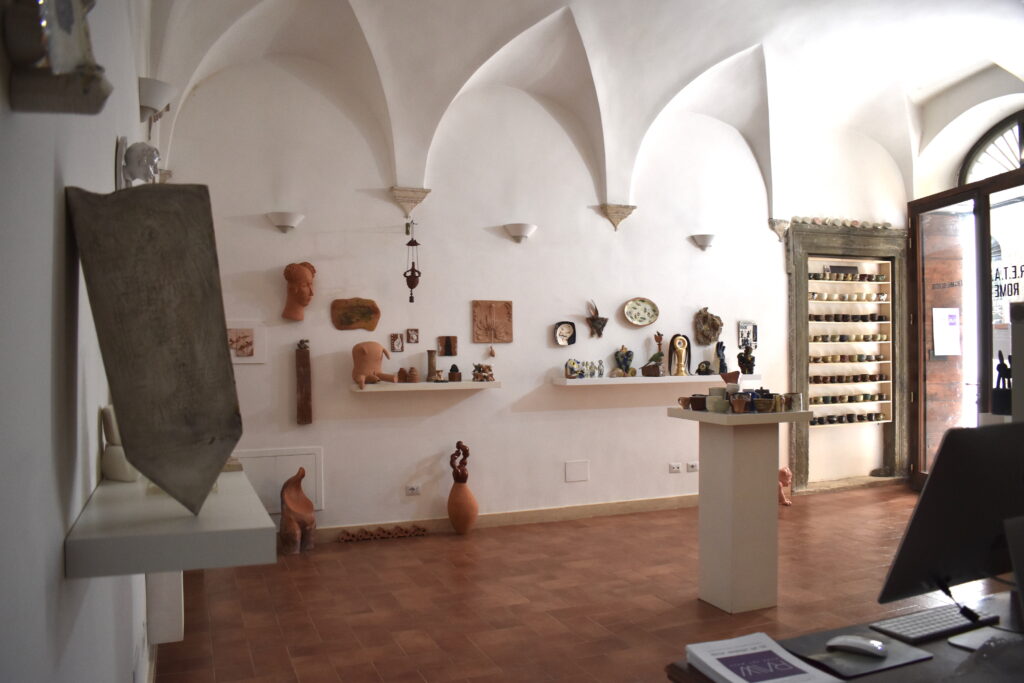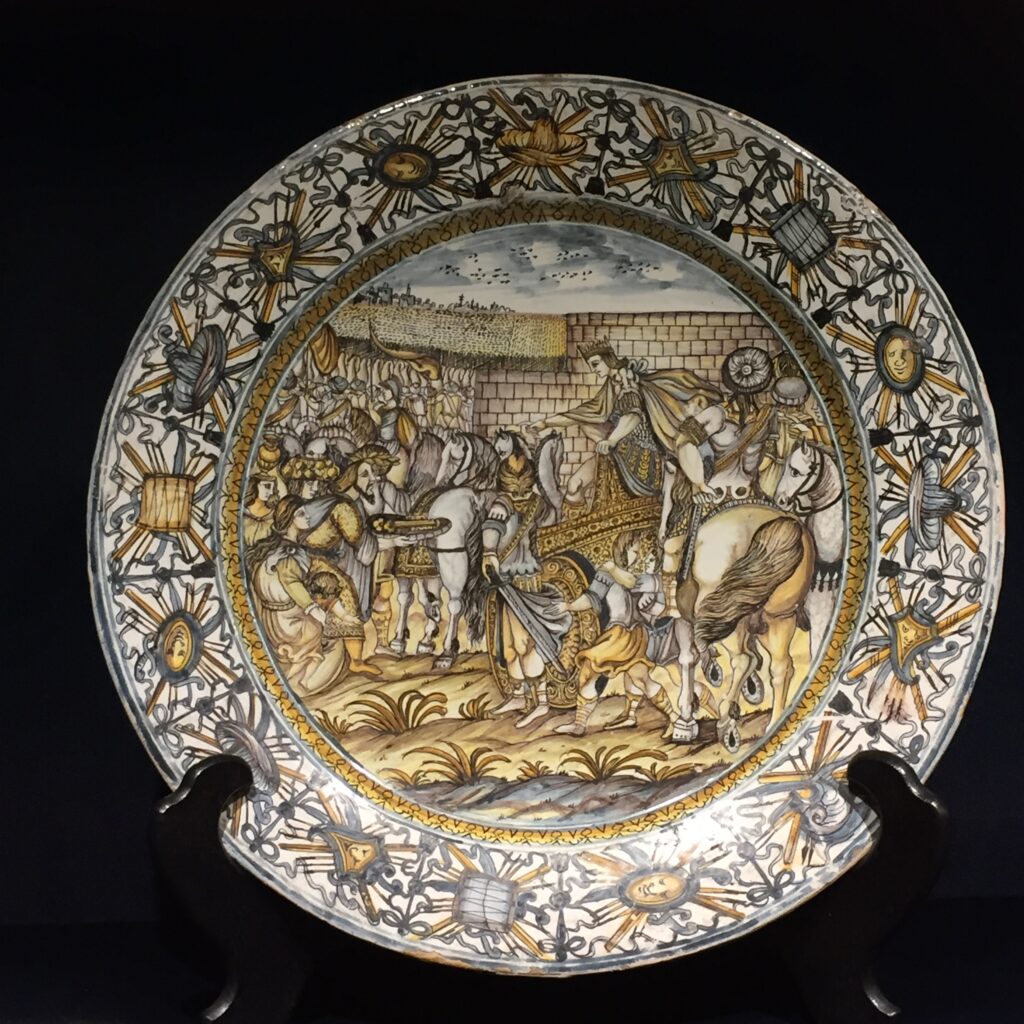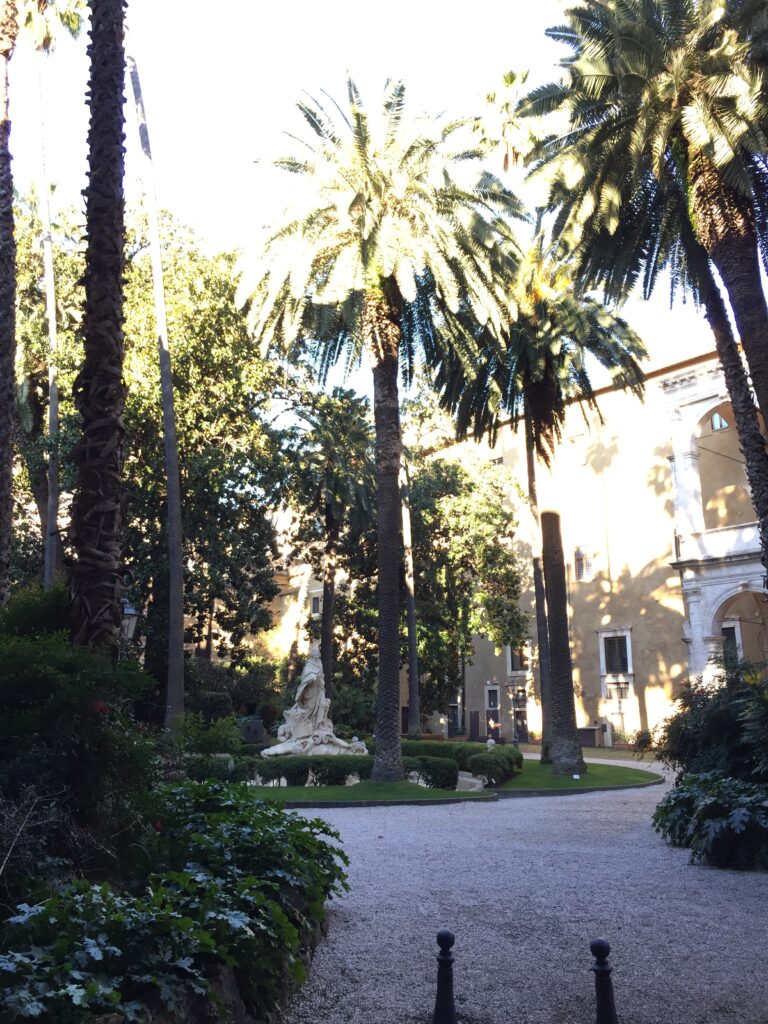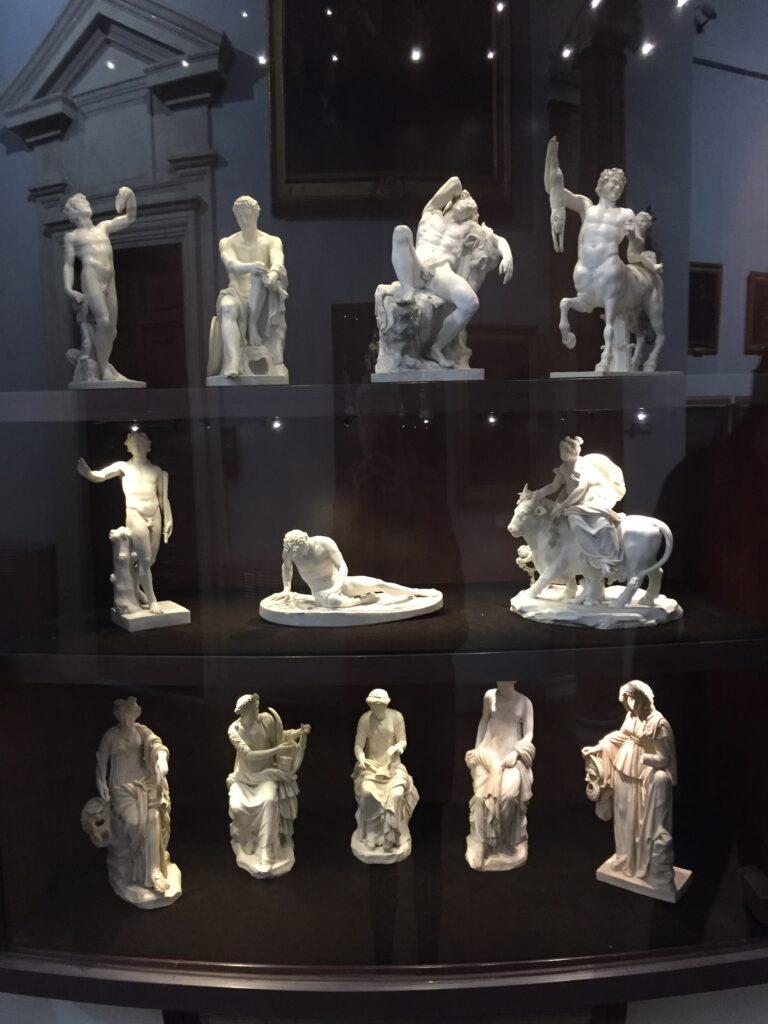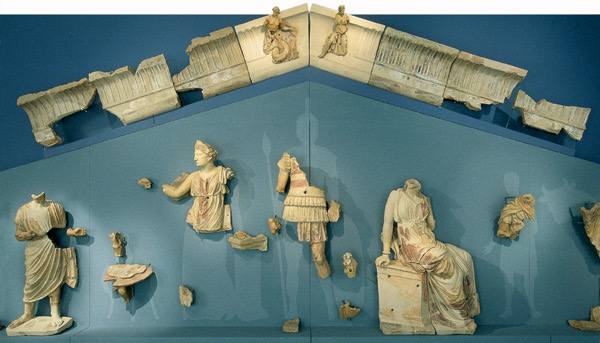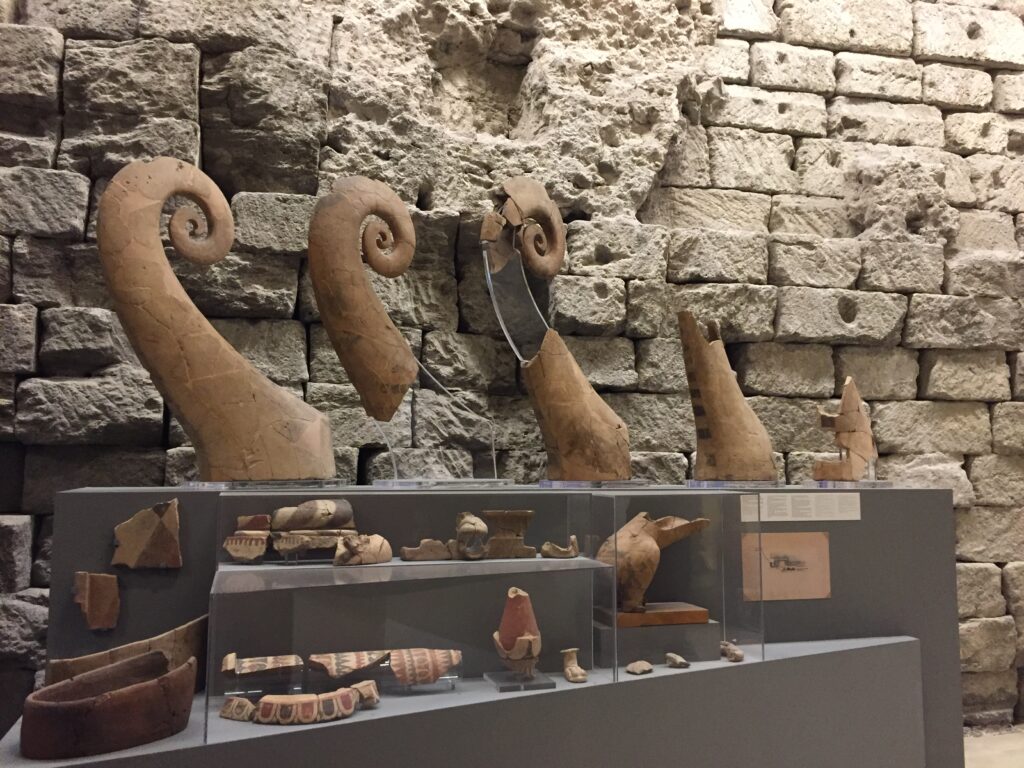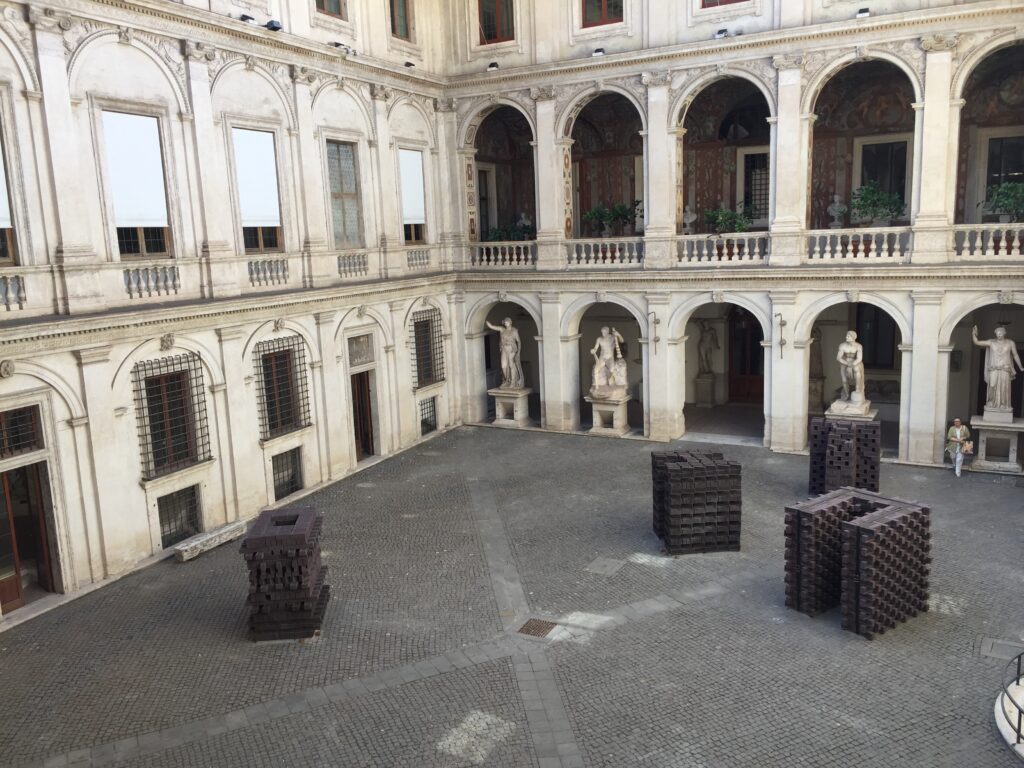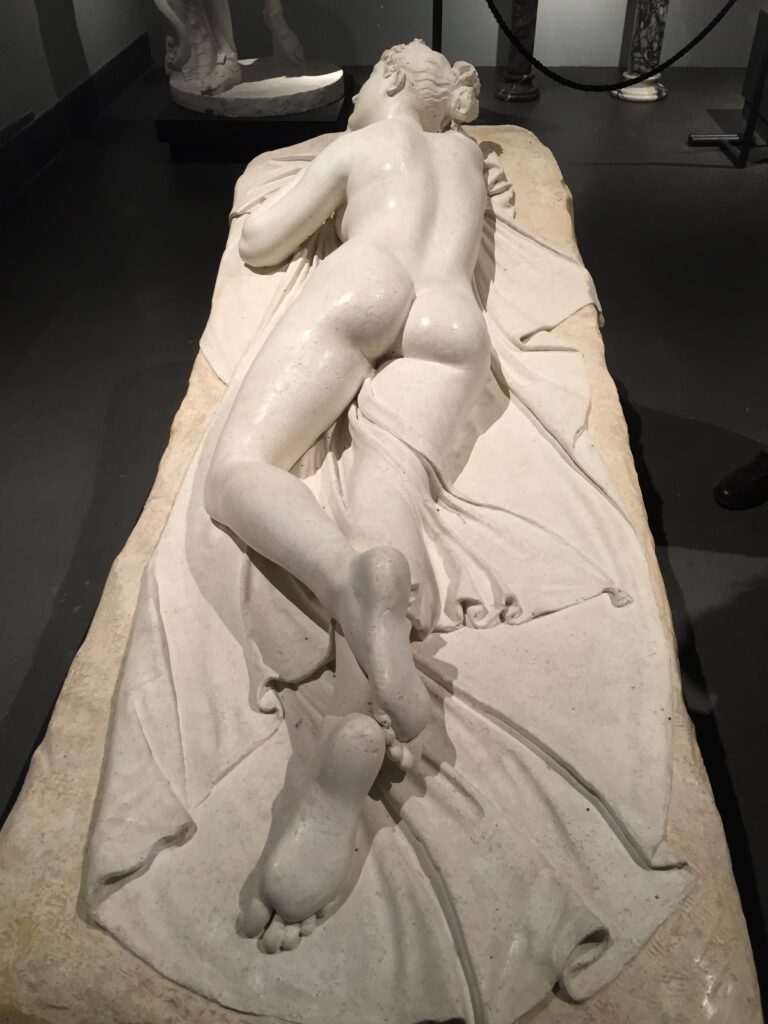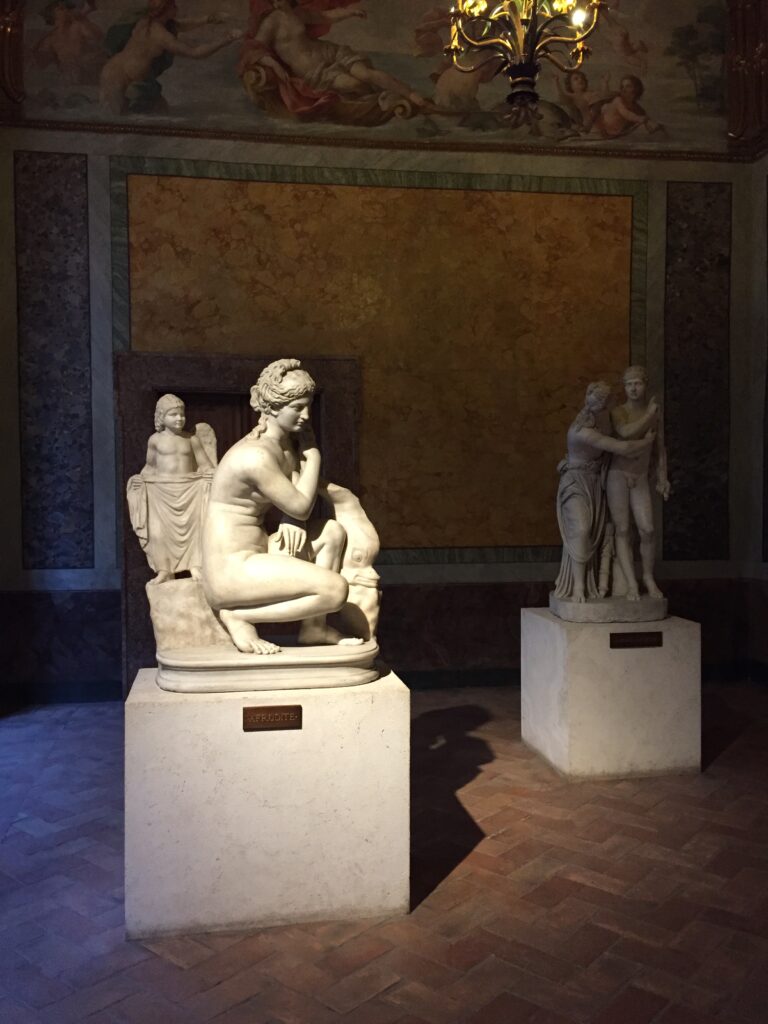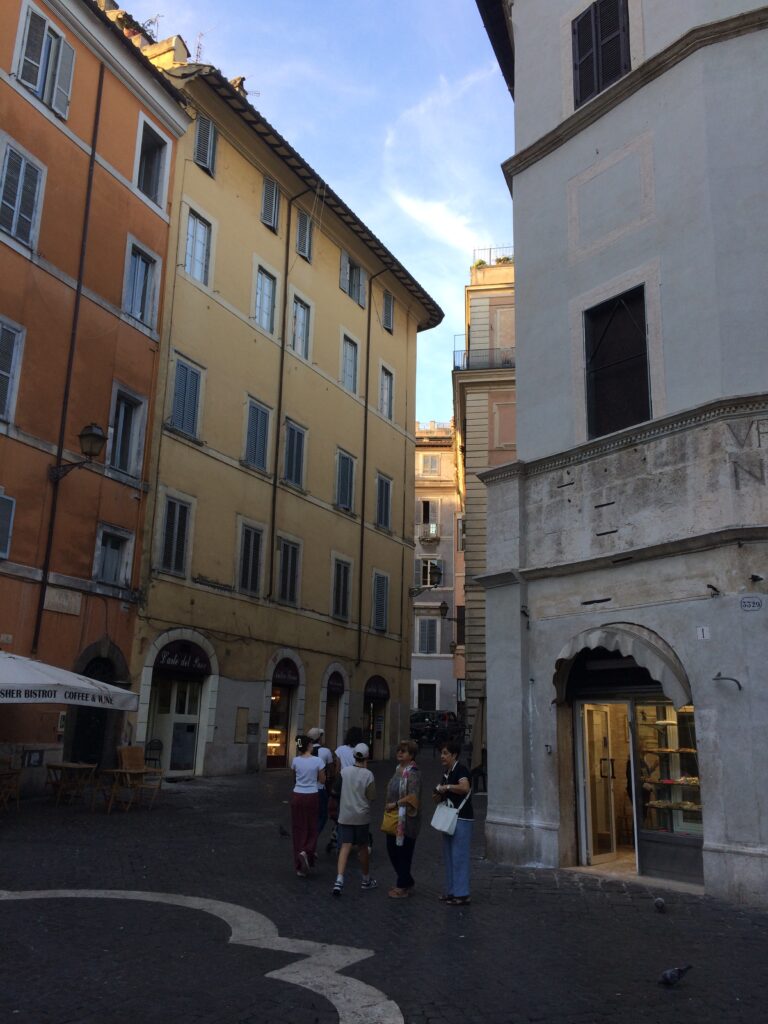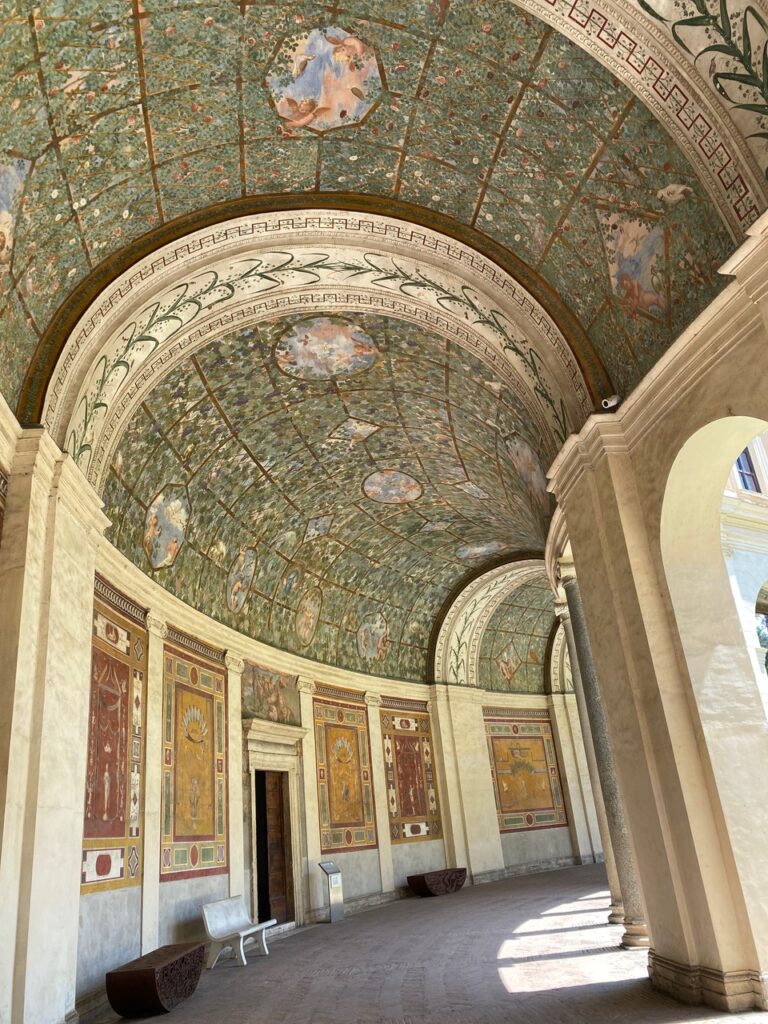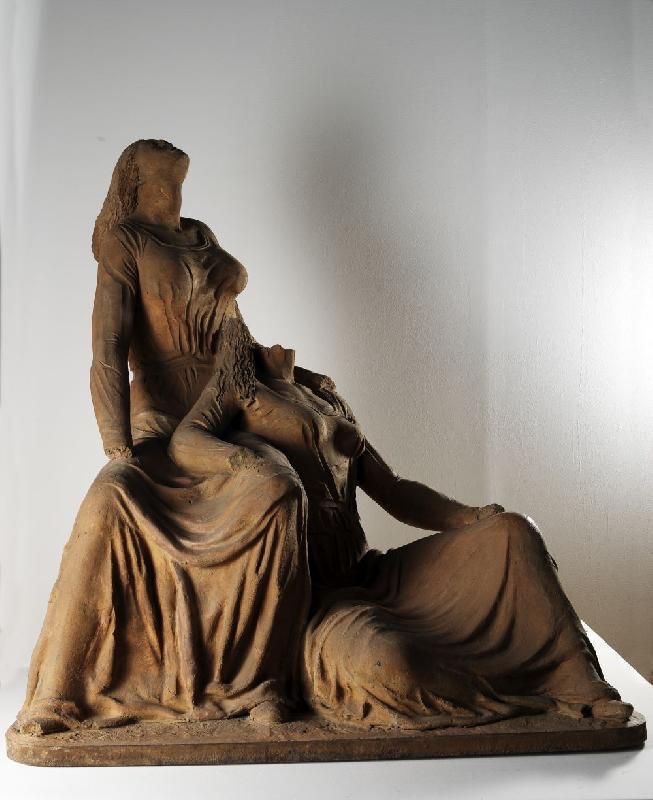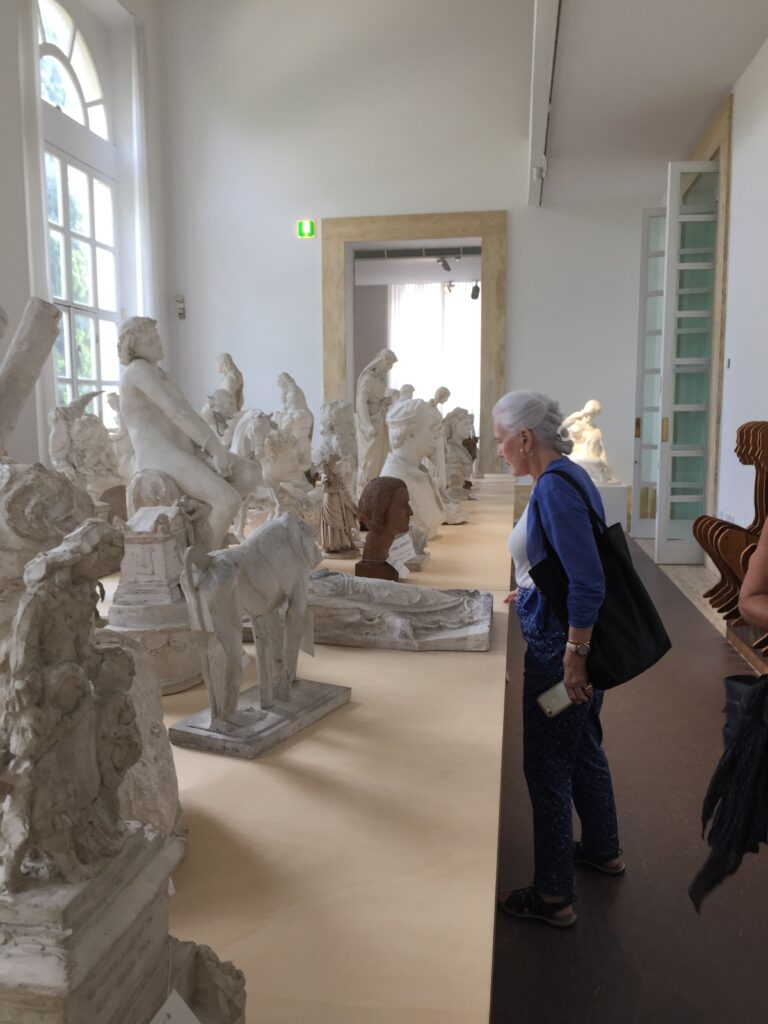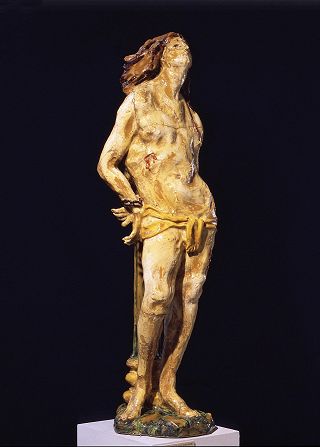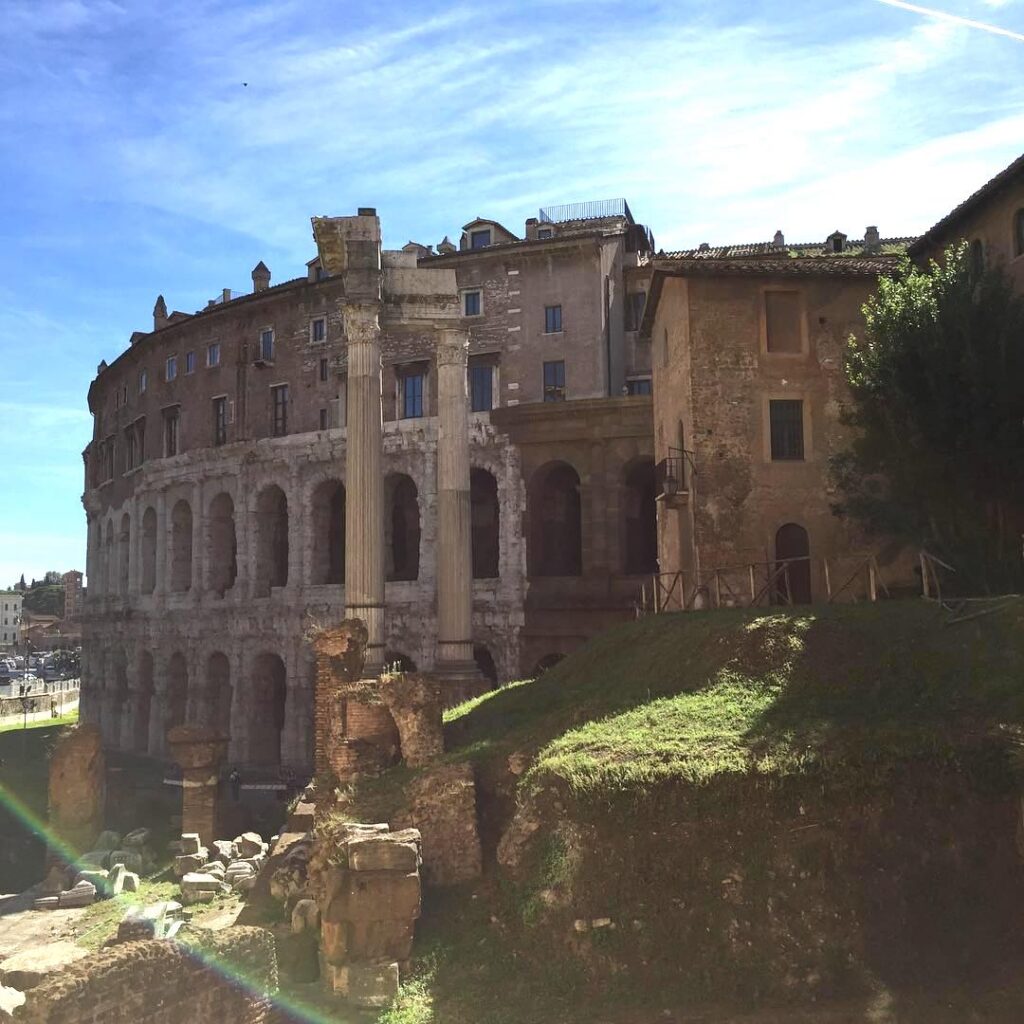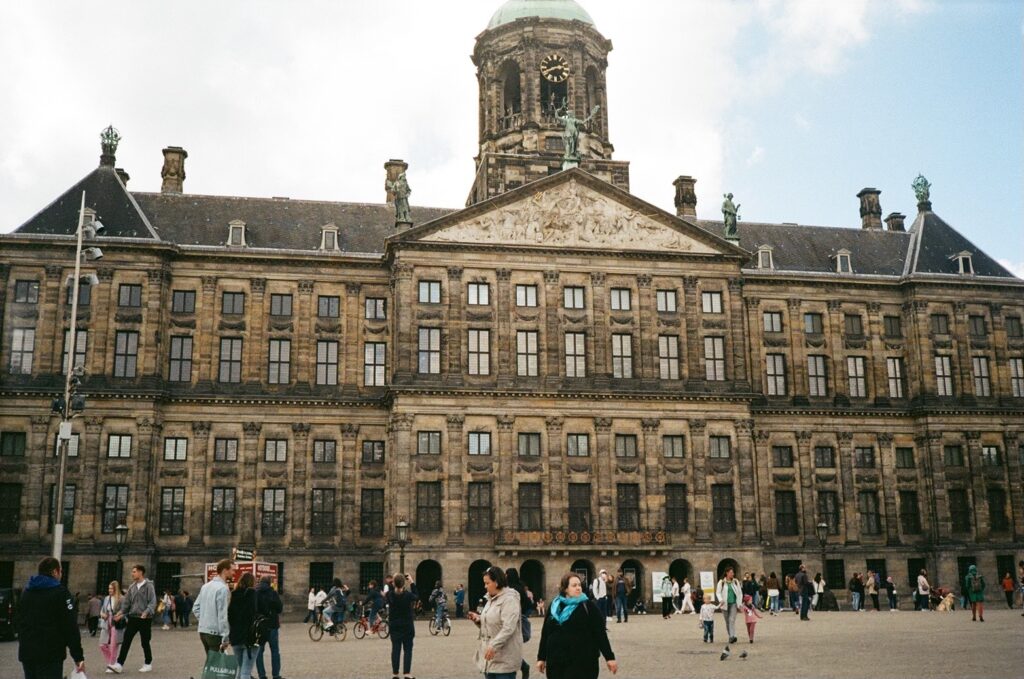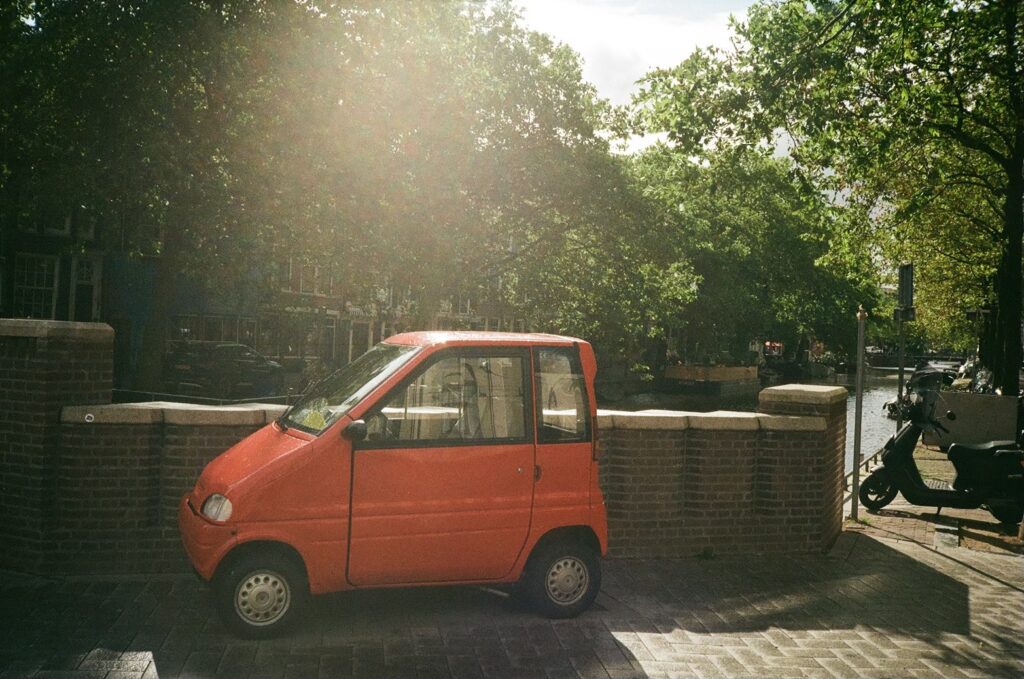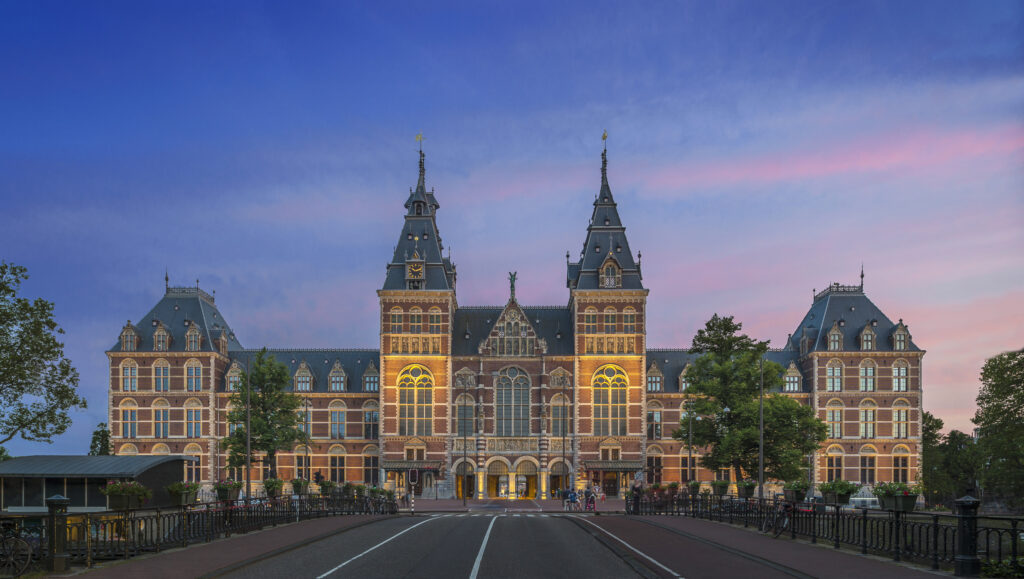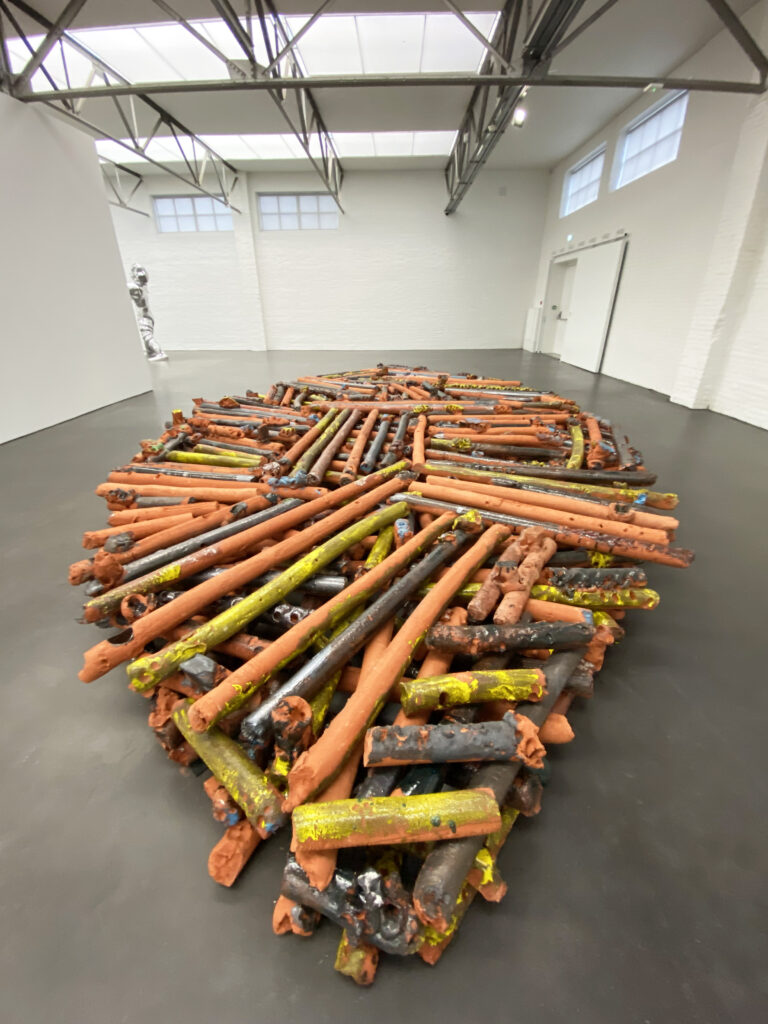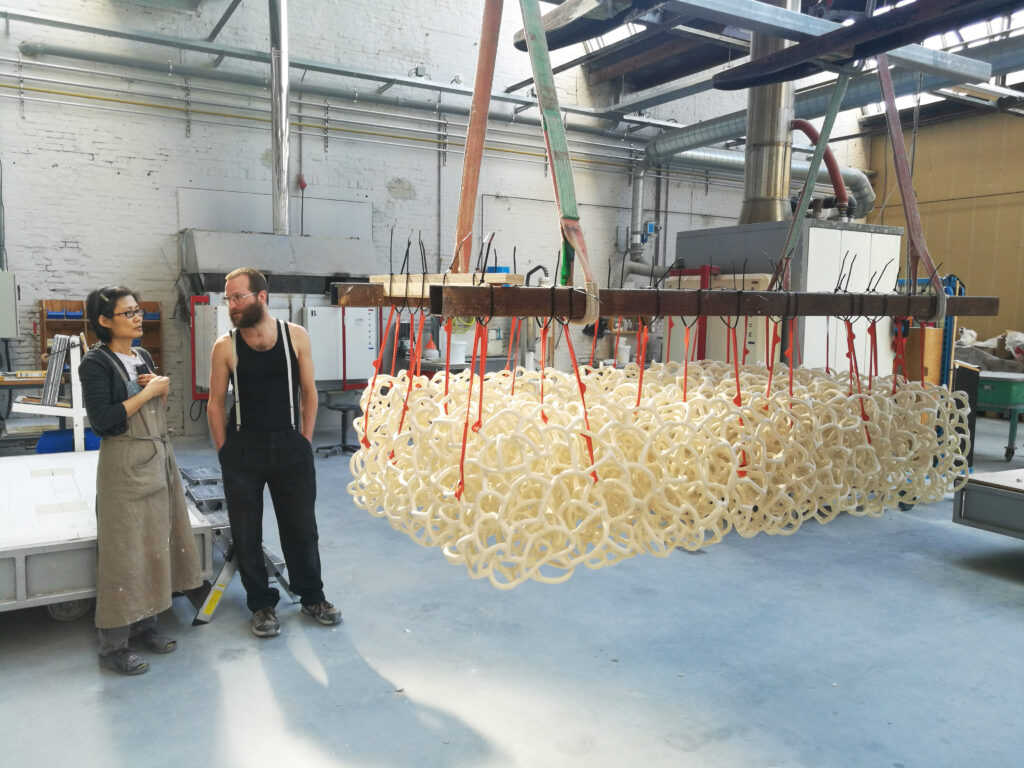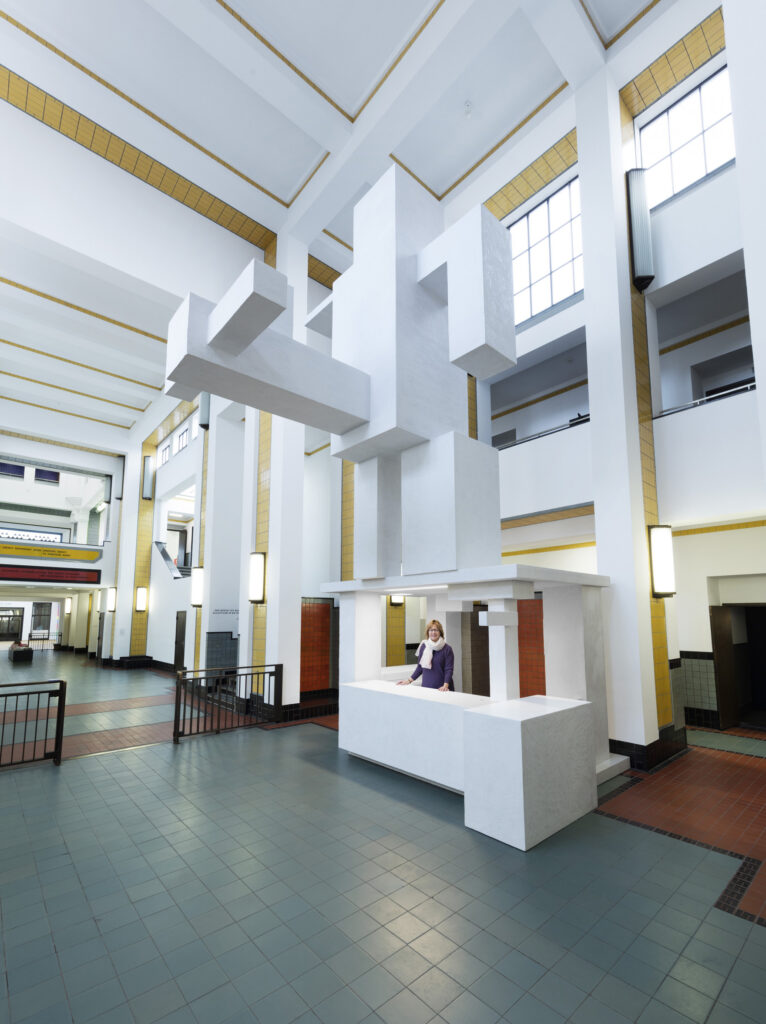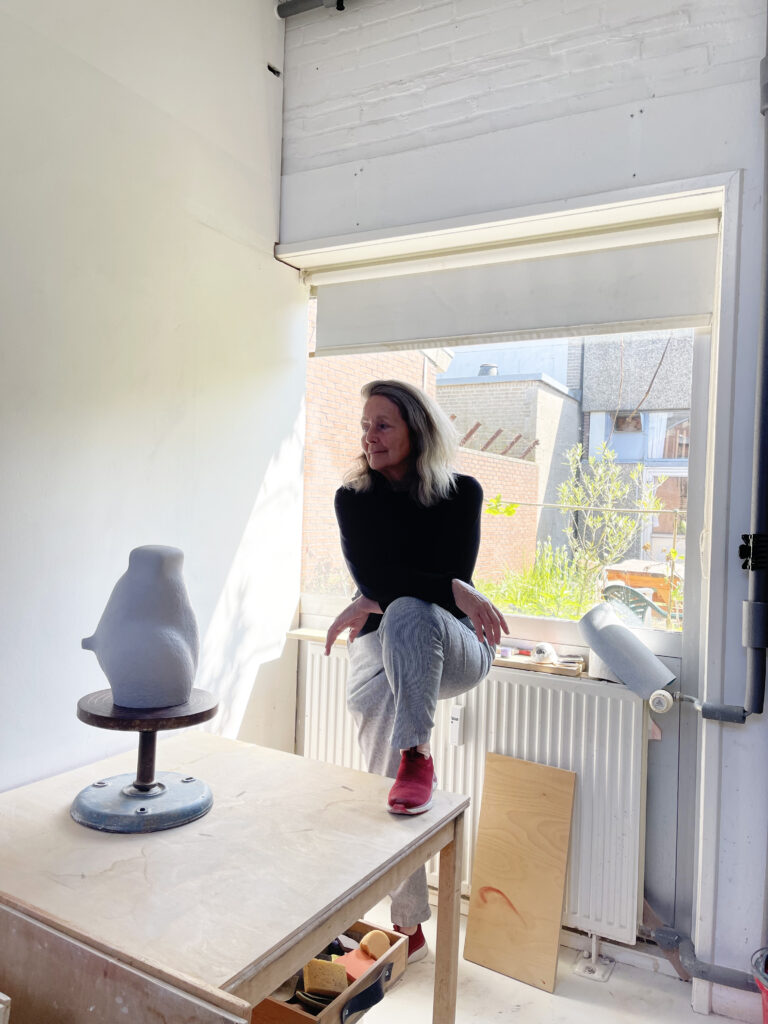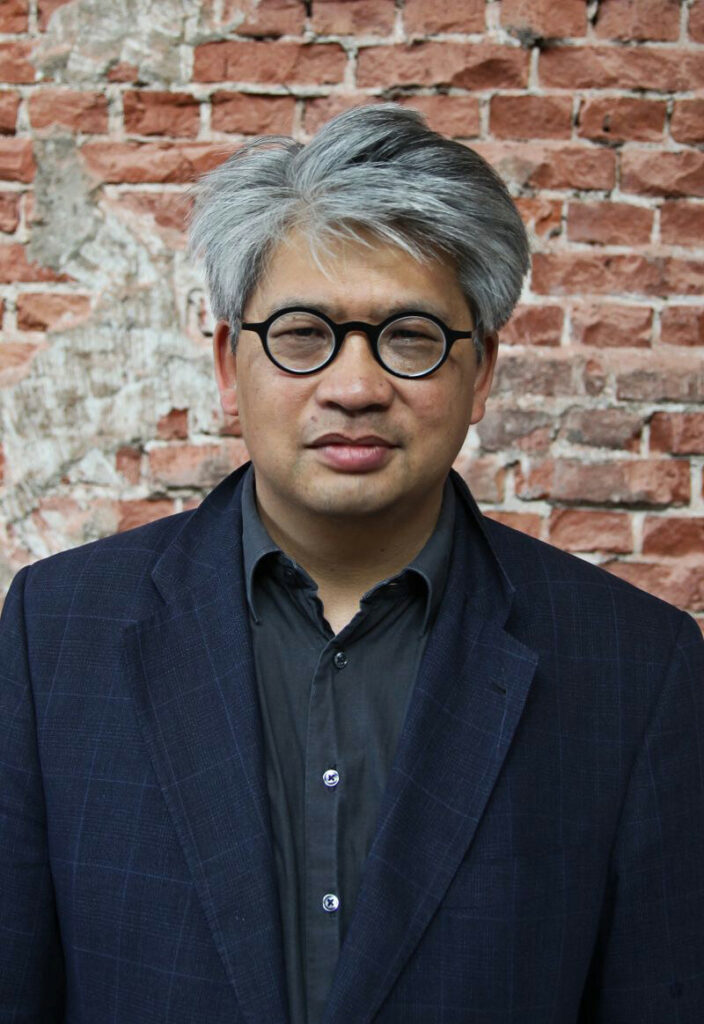48 Hours in Istanbul, Turkey
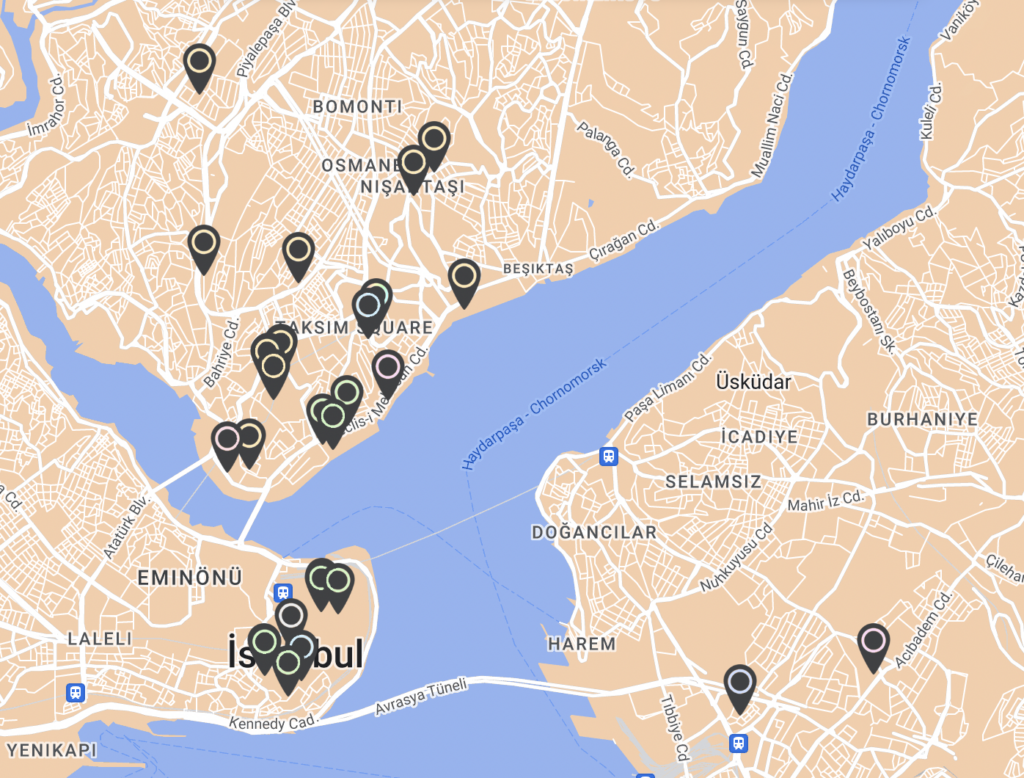
To see all the destinations listed in this guide and other ceramic sites in Turkey, check out CERAMIC WORLD DESTINATIONS (CWD), MoCA/NY's interactive map listing over 4,000 ceramic destinations!
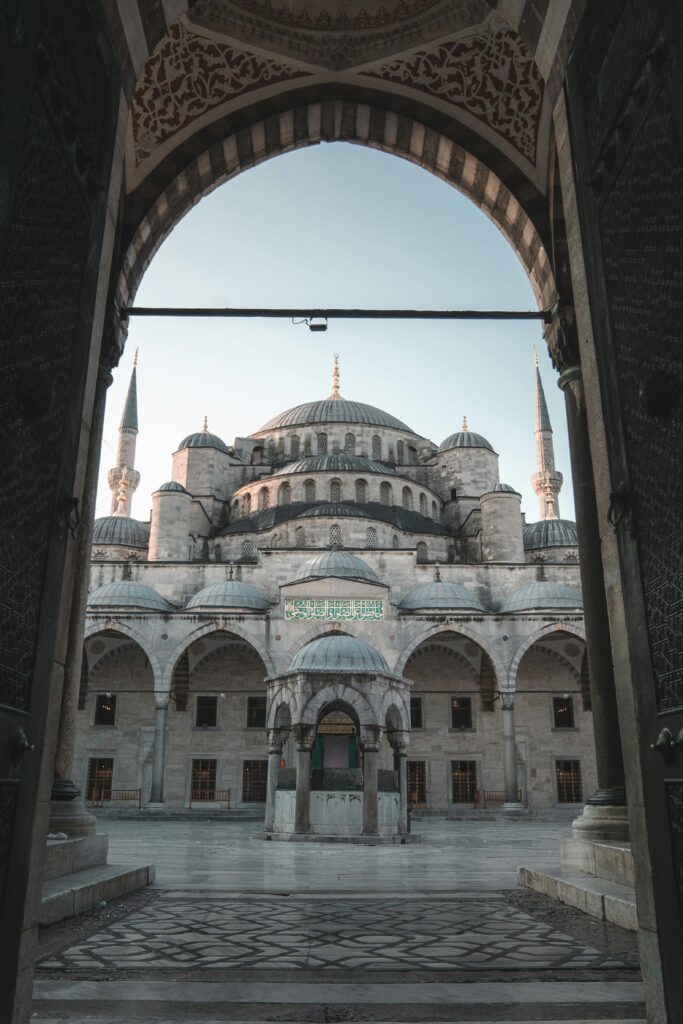
Get ready to embark on an adventure in one of the most beautiful and captivating cities, not only in Europe but in the world—a place that is as mysterious as it is mesmerizing: Istanbul, also known as Constantinople!
As Tevfik Fikret, one of the most renowned Turkish poets of the late Ottoman Empire period, poetically wrote, "Istanbul is a widowed maiden with a thousand husbands.” Despite numerous civilizations such as the Roman, Byzantine, and Ottoman passing through its history, none have been able to capture or possess it. Istanbul has always remained herself, and she always will...
Located in the northwest of Anatolia, Istanbul is a unique city with its deep blue Bosphorus connecting Asia to Europe, seven hills, bridges, historical towers, cosmopolitan buildings, and breathtaking contrasts. It boasts a rich ceramic culture that spans every layer of its history.
During the Ottoman Empire, Istanbul emerged as a major hub for ceramic production, with notable examples from this period produced in Topkapı Palace. The art of tile-making, particularly known for its intricate patterns in various colors, reached its peak during the Ottoman era.
Ceramic production in Istanbul dates back not only to the Ottoman period but also to earlier times, including the Byzantine Empire. Glazed ceramics were especially prominent during the Byzantine period, and some of these artifacts have survived to the present day. Today, Istanbul continues to be a meeting point for both traditional and modern ceramic artists, with ceramic workshops and galleries showcasing the works of local and international artists alike.
WHERE TO STAY
As a metropolitan city, Istanbul offers a wide range of accommodation choices, from the most luxurious hotels to budget-friendly options. These can be found in the historic peninsula, the Beyoğlu-Taksim area, and along the Şişli-Nişantaşı district line. It is also possible to find Airbnbs in the city, with many options in Kadıköy, which is currently the most popular area on the Anatolian side. Check this link: Istanbul Hotels
TRANSPORT
Transport: Istanbul has two airports providing both domestic and international flights. Istanbul Airport is located in Europe, while Sabiha Gökçen Airport is in Asia. Both airports have easy access to city centers via Havabüs shuttle services, making it convenient to visit Istanbul. Check these links: Havabüs and Istanbul Shuttle
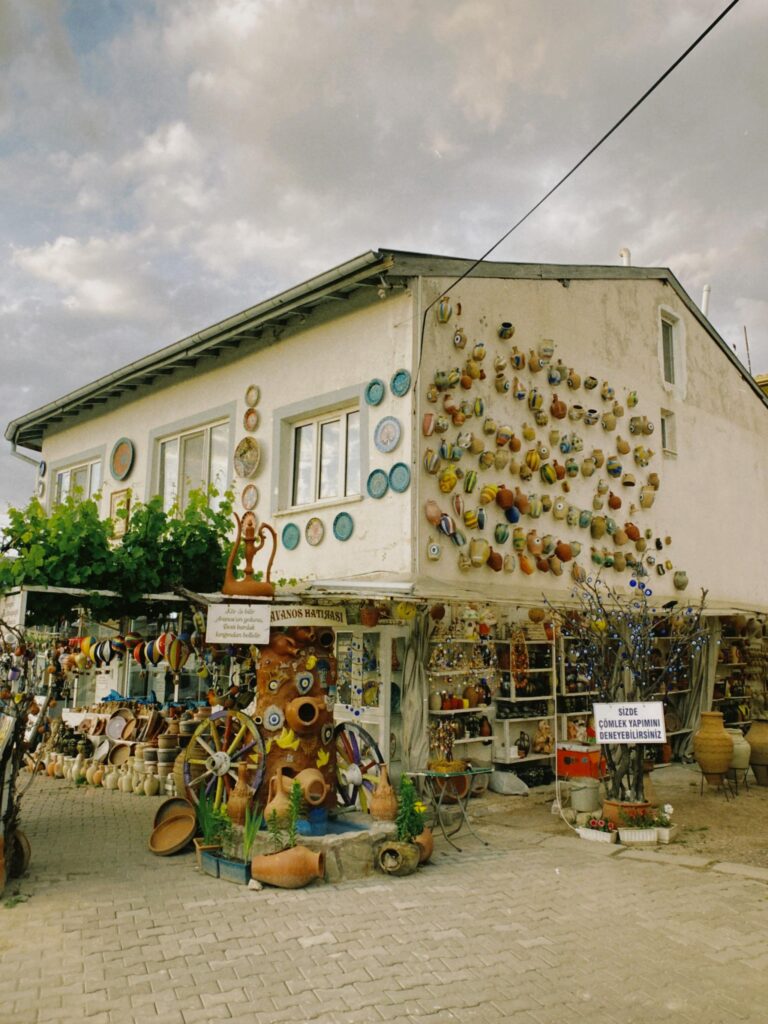
City Transfer: Istanbul offers many transportation options, including subways, trams, buses, trains, and ferries. We do not recommend renting a car or taking a taxi, as Istanbul is known for its crowds and heavy traffic. To avoid spending long periods on the roads, consider using public transportation and check the timetables.
This general information applies to public transport in Istanbul, not specific areas. For example, traveling from Taksim to Sultanahmet, among other routes, is best done using public transportation. Except for small excursion routes, walking from one district to another is impractical.
Day 1
Taksim Square - Galleries - Pera Museum - and More!

10 AM: Taksim Square
Located on the European side of Istanbul, Taksim Square and its surrounding area have a rich history that reflects the city's cultural and social evolution over the centuries. Historically, Taksim was a point where the main water lines from the north of Istanbul converged during Ottoman times. The name "Taksim" means distribution or division in Turkish, referring to the distribution of water from this point to various parts of the city.
Today, this area is home to many art centers, galleries, and pottery studios. Additionally, there are numerous distinguished accommodation and dining venues from the square to Istiklal Street, extending to Galata Tower and Karaköy. While the square and Istiklal Street are quite expansive, they are walkable and provide easy access to the artistic places mentioned below, which are located close to each other.
At the Taksim Square, visit the Atatürk Cultural Centre (AKM), where you can enjoy various exhibitions, concerts, operas, and stage performances. Inside the building, you will also find a magnificent tile installation made by Kale Seramik, one of Türkiye’s well-established ceramic factories. Performance hours are generally in the evening but vary depending on the event, so checking the website is recommended.
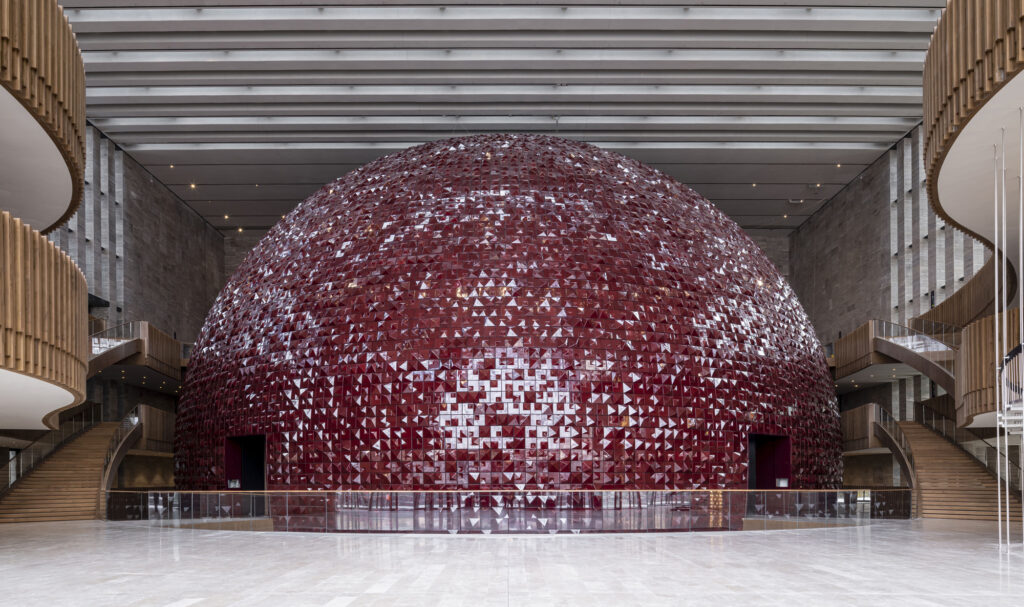
At 11 AM: Arif Paşa Apartment (Alkemia)
Visit Arif Paşa Apartment (Alkemia), located 10-15 minutes from Taksim, between Cumhuriyet and Elmadağ Avenues. This historic building, where renowned ceramic artist Füreya Koral lived and worked from 1973-1997, now hosts contemporary ceramic workshops and studios. Known as Alkimia Shop, it features studios and shops offering a variety of handcrafted ceramics and other materials.
About Füreya Koral:
Füreya Koral (1910-1997) was a leading Turkish ceramic artist known for blending traditional Turkish motifs with modernist influences. Educated in Paris in the 1930s, she incorporated European modernist techniques into her work, creating vibrant, intricate ceramics. Koral's pieces, ranging from decorative objects to functional pottery, are celebrated for their vibrant colors, intricate patterns, and skilled craftsmanship. Her innovative approach significantly shaped modern Turkish ceramics, leaving a lasting legacy that continues to inspire contemporary artists.
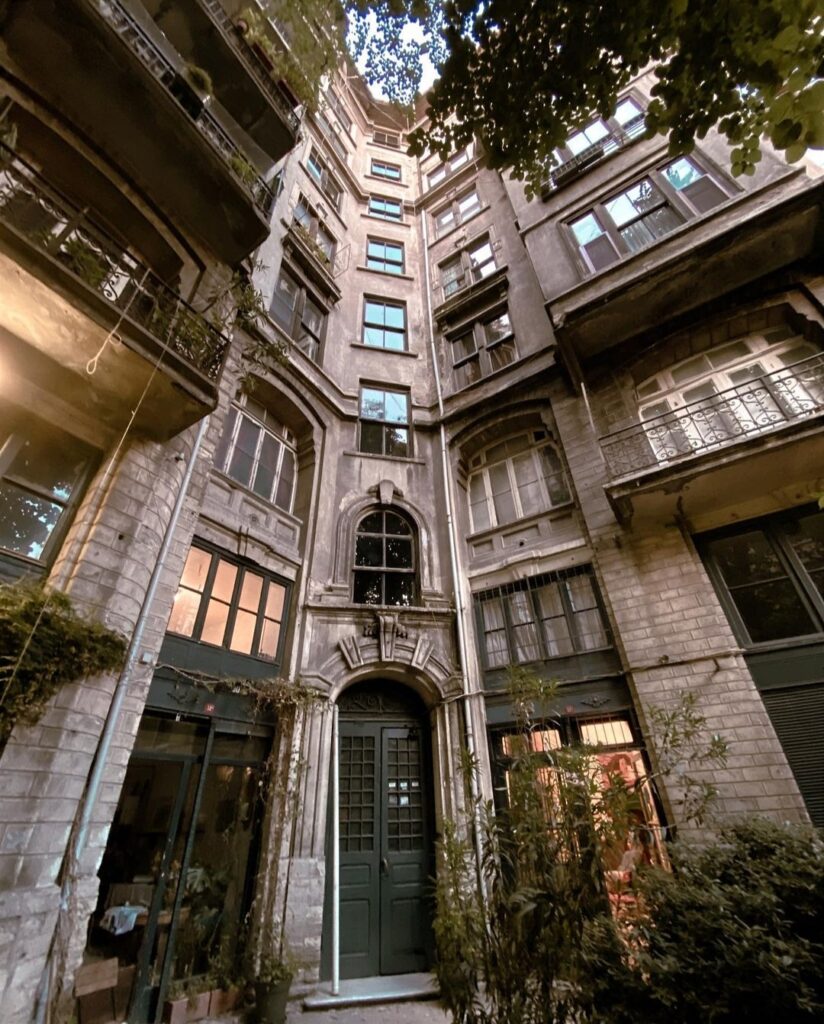

12 PM: Galleries
Continue down Istiklal Street, famous for its variety of cafes, bars, shops, bookstores, restaurants, and artistic venues. As you walk along the street, you'll encounter various galleries such as Meşher Exhibition Space,Akbank Art Gallery, Yapı Kredi Gallery, Zilberman Gallery, Arter Gallery, and Salt Istanbul. These non-profit gallery spaces are sponsored by prominent companies in the country and primarily support contemporary art while also exhibiting artist retrospectives.
1 PM: Lunch
For lunch, consider stopping by Çiçek Pasajı on Istiklal Street, an alley of restaurants where you can experience Turkish cuisine. One excellent option is Hacı Abdullah, located alongside an exquisite Art Nouveau facade. After ending your lunch with a delicious Turkish coffee, you'll be refreshed and ready to continue strolling down the rest of the street!
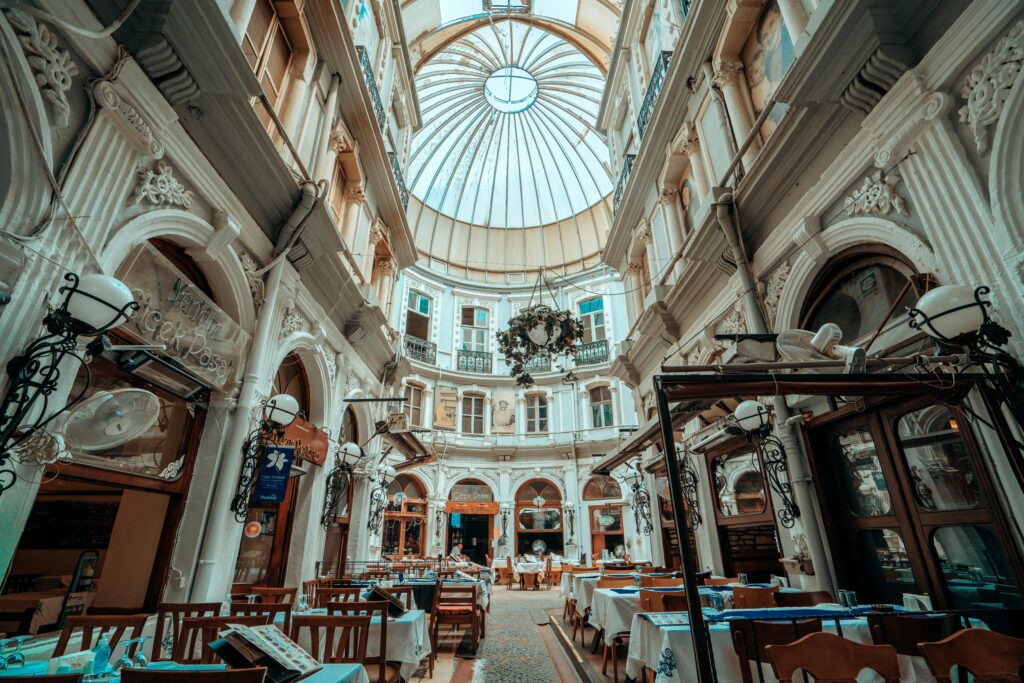
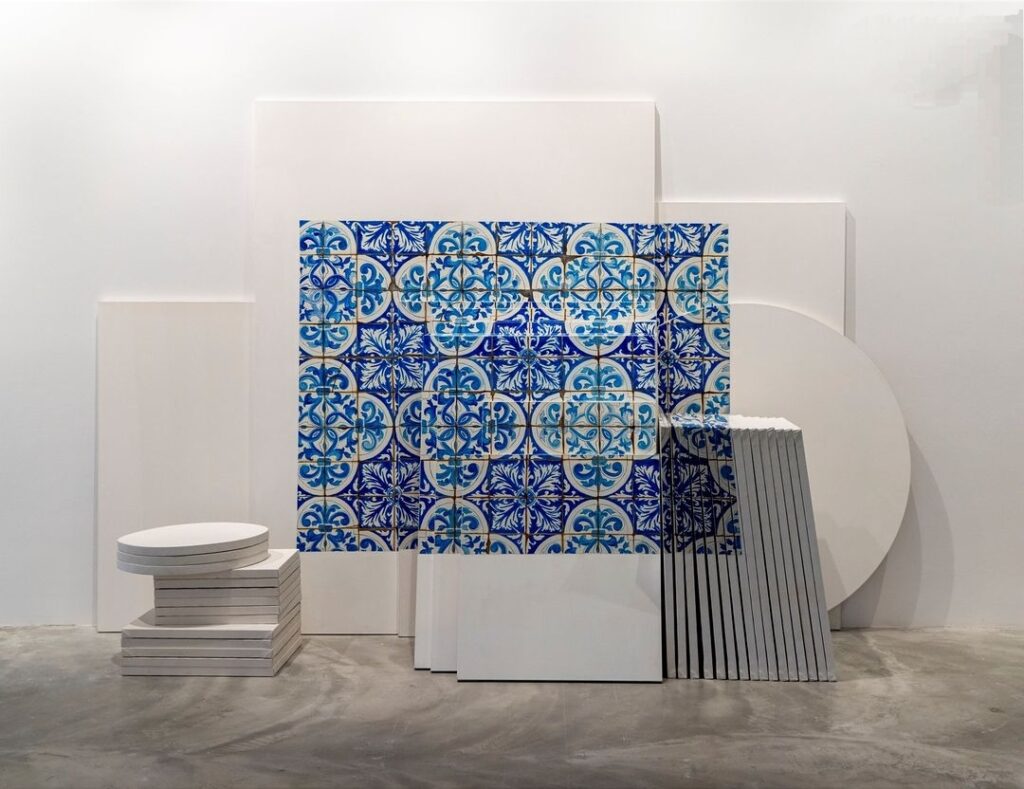
2:30 PM: Pera Museum
Visit Pera Museum, a private museum located in Istanbul, Türkiye. It showcases a diverse collection of Orientalist paintings, Anatolian weights and measures, and Kütahya tiles and ceramics. The museum also hosts temporary exhibitions featuring a wide range of artistic and cultural topics. Tickets are reasonably priced, and special day discounts are often available.
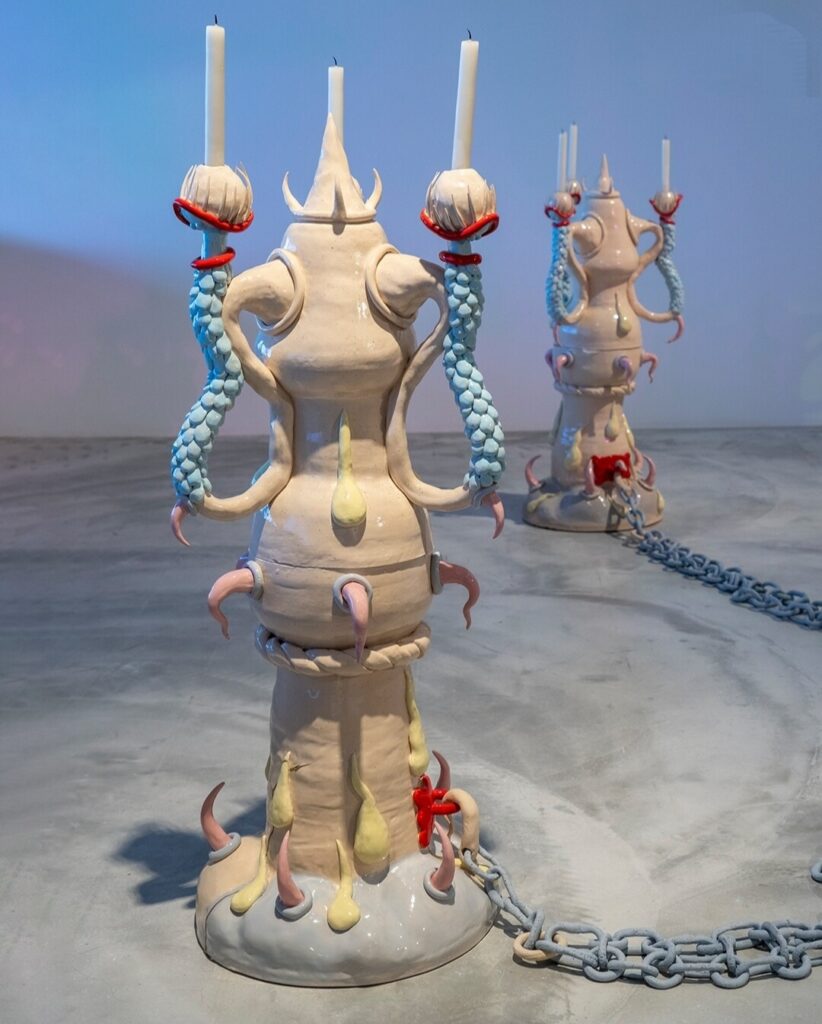
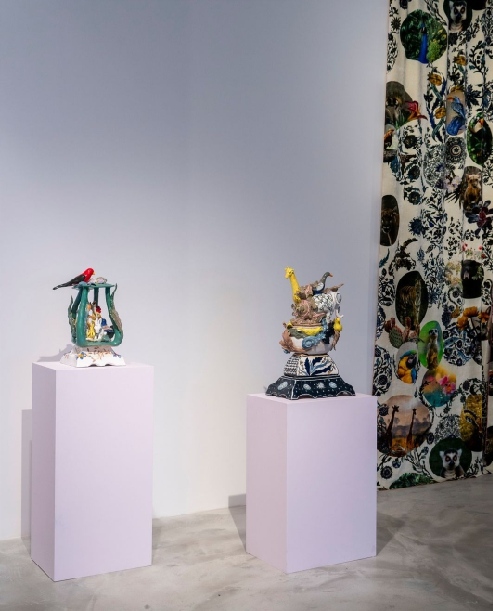
3:30 PM: Pera Palace Hotel
While visiting the museum, don't forget to take a look at the historic Pera Palace Hotel nearby. The hotel is known for its elegant and luxurious accommodations, blending traditional Ottoman architecture and Art Nouveau with modern amenities. It has a rich history dating back to the late 19th century and has hosted numerous prominent guests such as Agatha Christie, Ernest Hemingway, Atatürk, and Queen Elizabeth II. You can still book a stay here or visit its famous patisserie to enjoy the sweetest delicacies.
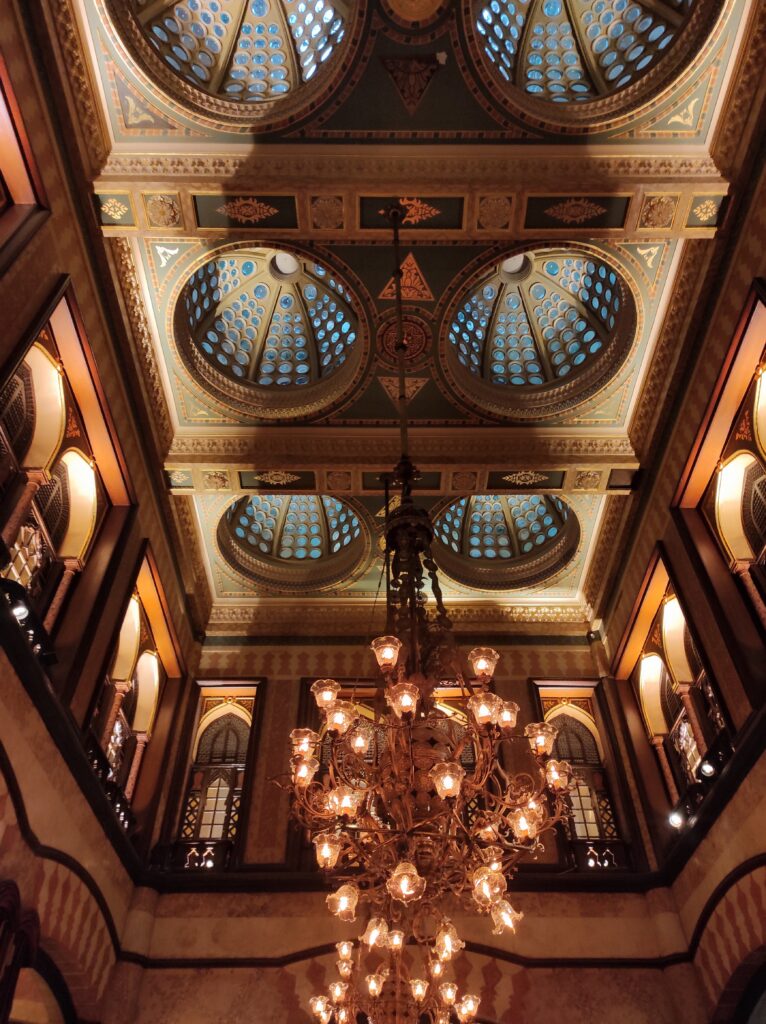
5:30 PM: Galata Tower
Finally, we have reached the Galata and Karaköy area, but let's explore Galata first on foot. In the historic Galata district, you'll encounter one of the most charming towers ever: the Galata Tower. This historic medieval stone tower was built in the 14th century by the Genoese colony as part of the defense wall surrounding their district of Galata.
Throughout its history, the Galata Tower has served various purposes, including as a watchtower, a fire lookout tower, and today, as a popular tourist attraction offering breathtaking views of Istanbul's skyline and the Bosphorus. By purchasing a ticket, you can climb to the top of the tower and enjoy a bird's-eye view of the routes to be visited the next day.
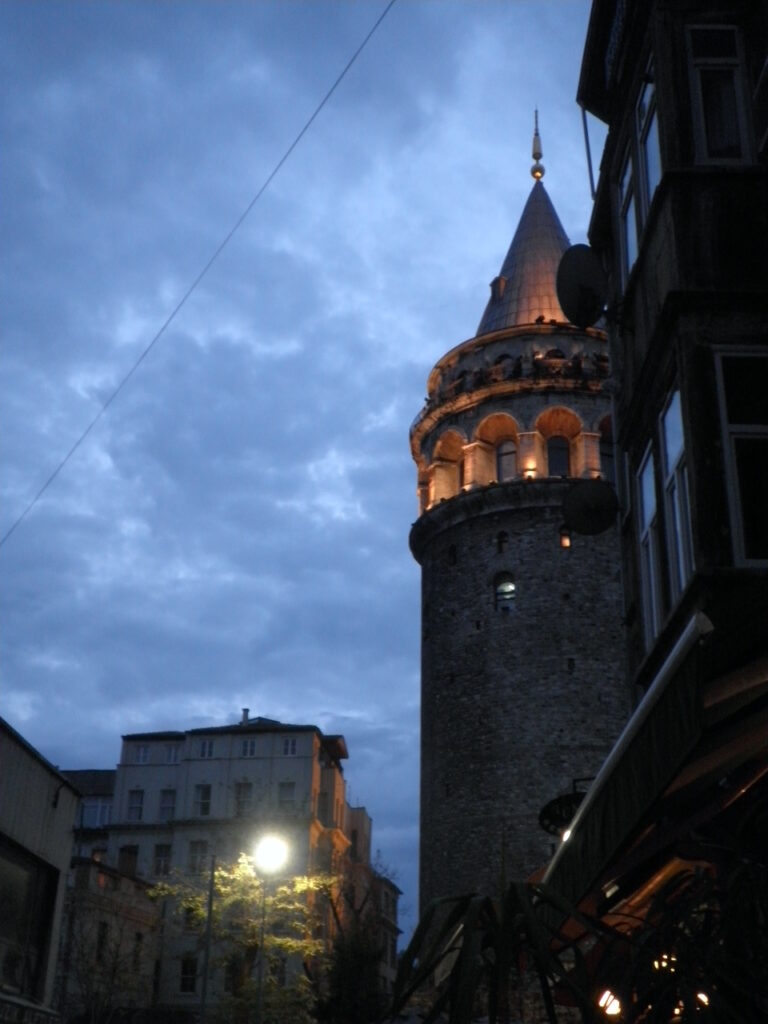
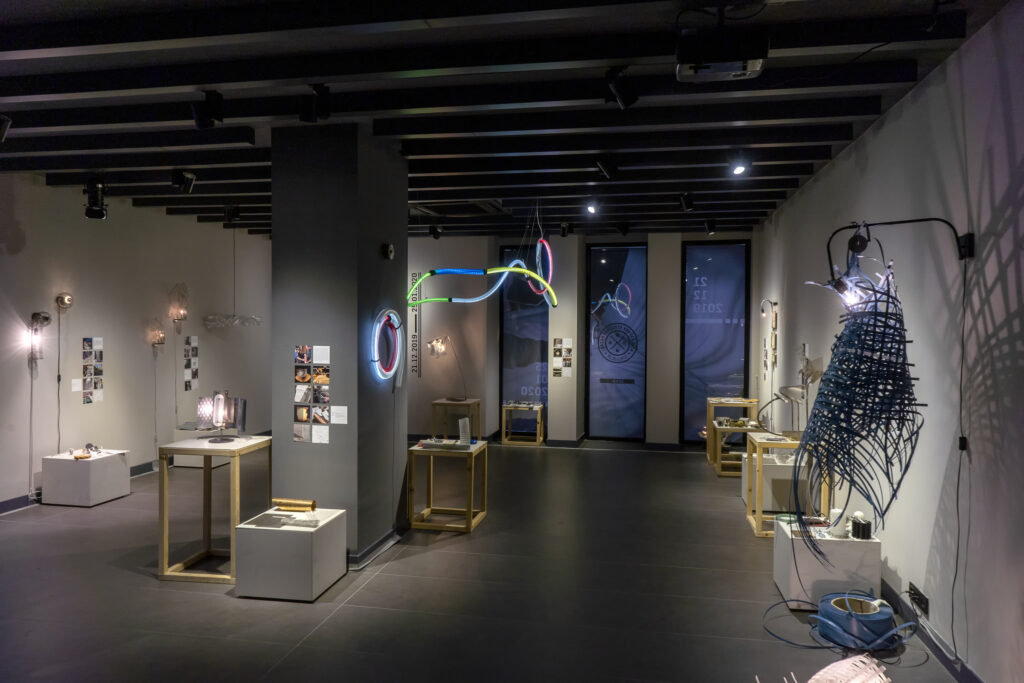
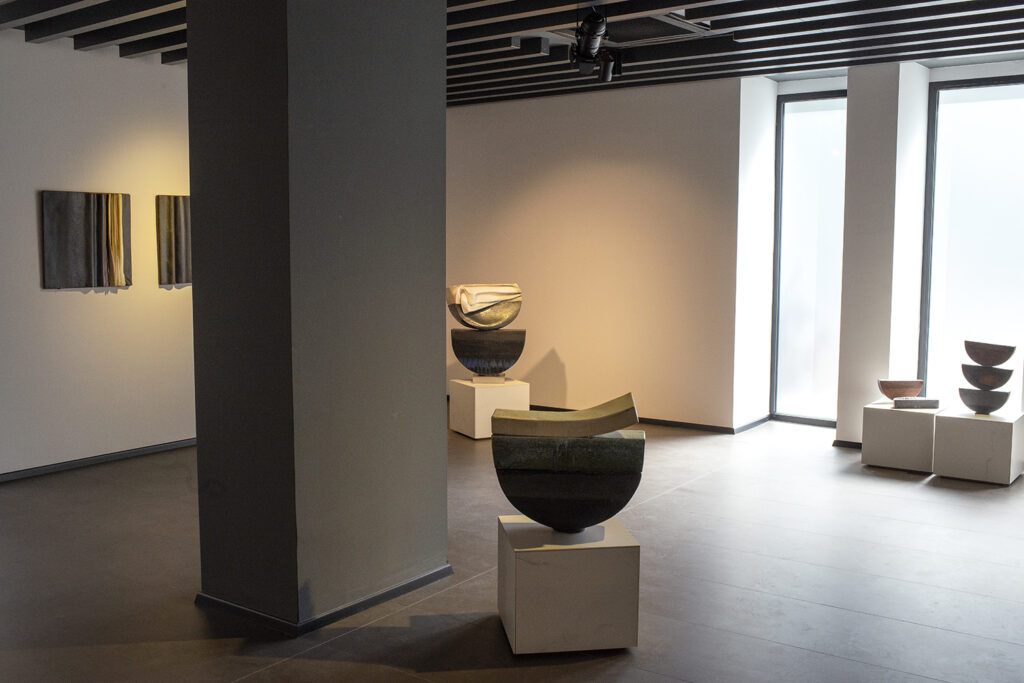
6:30 PM: Galata District Shopping
In the Galata district, continue your trip by strolling among the numerous charming boutiques showcasing a carefully curated selection of pottery and ceramics, from traditional designs to contemporary interpretations. You'll also find other items such as lamps, vases, and textiles, making it a one-stop destination for ceramic enthusiasts.
7 PM: Kale Design and Art Center
Before finishing your cultural tour, if you still have the time, consider visiting KTSM at Perşembe Pazarı in Karaköy. Kale Design and Art Center (KTSM), founded by Kale Seramik, one of the largest tile manufacturers in the country, opened its doors in 2019. It is a non-profit platform that creates space for interdisciplinary sharing, art, and artists, fostering collaborations. The center includes ceramic workshops, galleries, and event areas. Many ceramic artists are hosted here in a guest artist program, with closing exhibitions organized periodically. After visiting the current exhibitions, you can end the day with a glass of Turkish tea while watching the sunset on the terrace.
8 PM: Dinner
Now you're ready for a delightful dinner with a glass of Turkish drink such as rakı or a nice local wine. Immerse yourself in the magnificent atmosphere of Karaköy. Enjoy the seafood that the Bosphorus has to offer under the warm lights of Istanbul, either by the seaside of Karaköy or under the Galata Bridge. Some great recommendations include Akın Balık Restaurant or Tarihi Karaköy Balıkçısı.
10 PM: Fancy a Drink?
After dinner, you may return to Istiklal Street and visit one of the street's popular bars or rooftops to experience Istanbul's night entertainment. Asmalı Mescid or any exclusive venue in Nevizade would be ideal spots for this enjoyment.
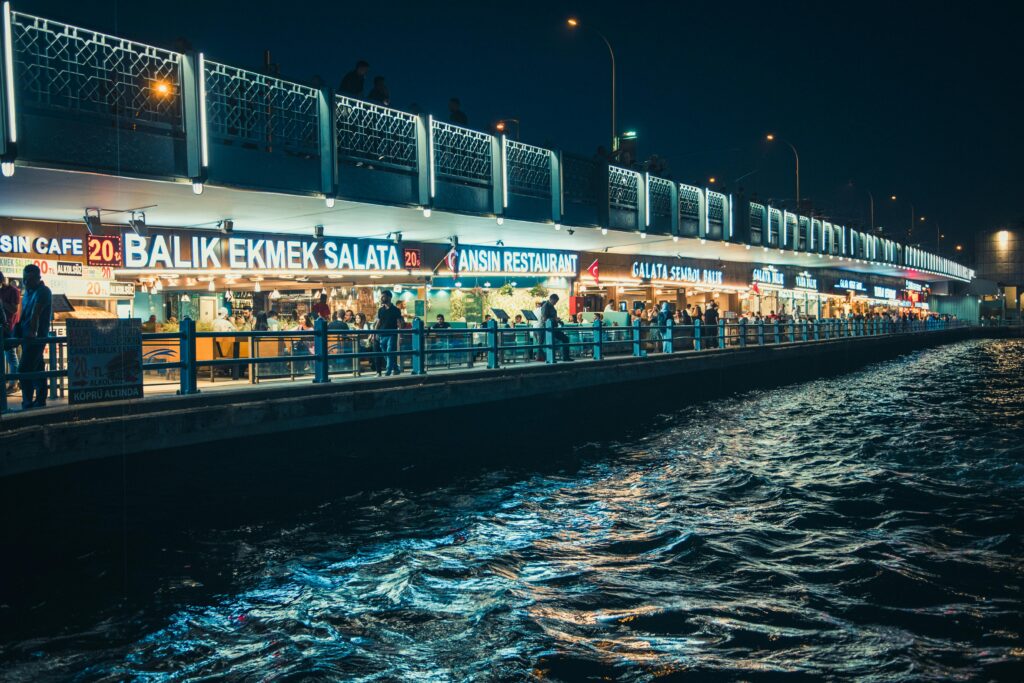
Day 2
Sultan Ahmet Square - Basilica Cistern - Hagia Sophia - Turkish and Islamic Arts Museum - Istanbul Archeology Museum - and More!
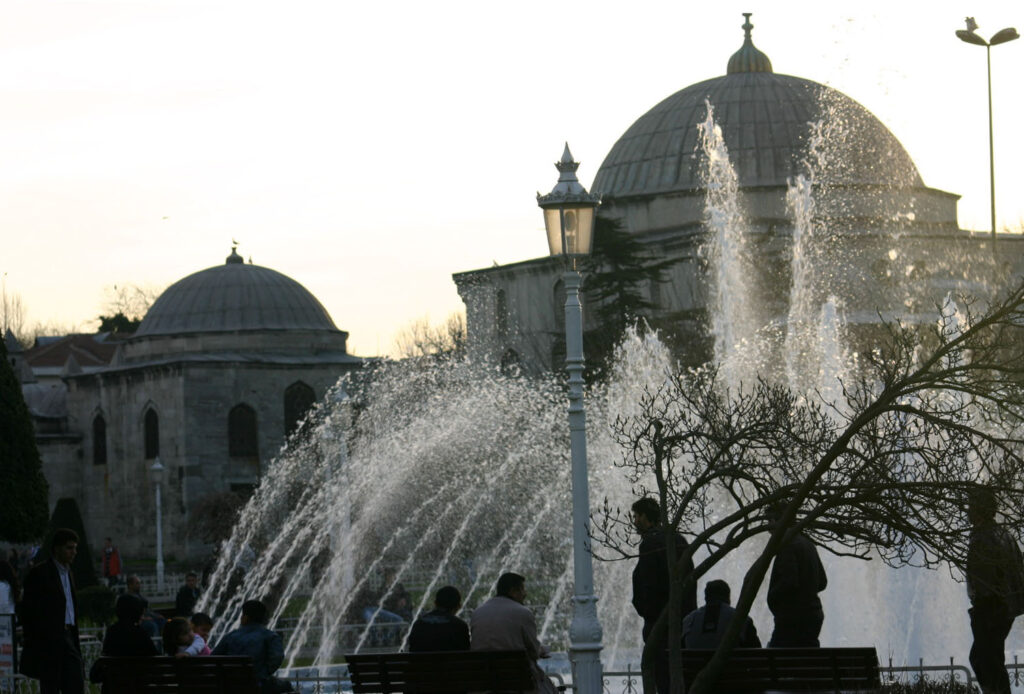
9 AM: Sultan Ahmet Square
Spend your second day exploring the historic Sultan Ahmet Square in Istanbul. This iconic square features the renowned Sultan Ahmet Mosque, famously known as the Blue Mosque, with its six minarets and cascading domes, showcasing Ottoman architectural splendor. Nearby, you'll find other significant landmarks like the Hagia Sophia and the Egyptian Obelisk of Theodosius.
Consider obtaining an Istanbul e-pass for ticketed sites and a reasonably priced tour before visiting these attractions. Istanbul e-pass
9:30 AM: Basilica Cistern
Begin your day by exploring the Basilica Cistern, an ancient underground reservoir from Roman times. Marvel at the rows of ancient columns and the Medusa heads supporting the ceiling. Managed by the Istanbul Metropolitan Municipality, entry requires a ticket.
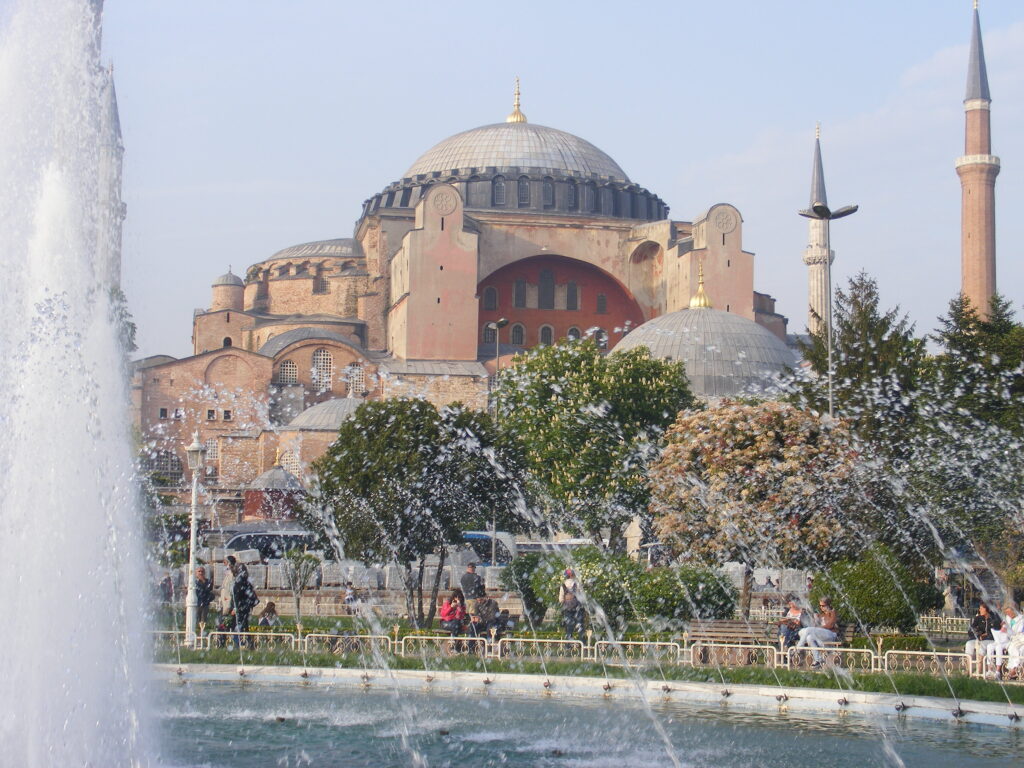
10 AM: Hagia Sophia
Continue exploring the area by visiting Hagia Sophia, a former Byzantine church and Ottoman mosque known for its massive dome and stunning mosaics. Discover its rich history as a symbol of both Christian Byzantine and Islamic Ottoman empires, and see the remaining iconographies of Jesus and Christianity. Now a mosque, you can practice Islam and pray here, or visit it as a museum. Managed by the Republic of Türkiye Ministry of Culture and Tourism, entry requires a ticket.
11 AM: Sultan Ahmet Mosque (Blue Mosque)
Admire the stunning architecture of the Sultan Ahmet Mosque (Blue Mosque) with its six minarets and intricate tile work. Marvel at over 20,000 ceramic tiles, handmade in Iznik, featuring floral patterns, geometric designs, and blue calligraphy, which give the mosque its nickname. The mosque welcomes visitors of all religions, and you can also pray inside. Entrance is free.

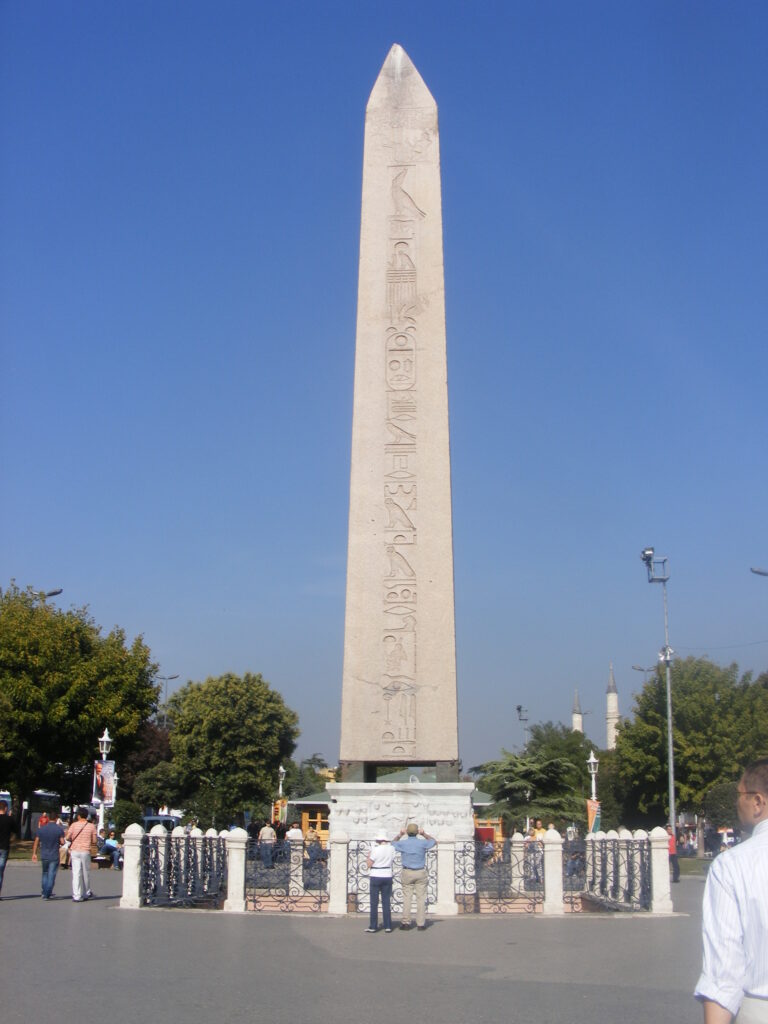
11:30 AM: Hippodrome of Constantinople
After visiting the Sultan Ahmet Mosque, head to the nearby Hippodrome of Constantinople, once the sporting and social center of the area. Explore historic monuments like the Egyptian Obelisk, Serpent Column, and the Obelisk of Theodosius. Built in the 3rd century AD and expanded in the 4th century AD, the Hippodrome was a major chariot racing venue and social hub in ancient Constantinople. Today, it stands as a historical marker of Istanbul's Byzantine past.
12 PM: Turkish and Islamic Arts Museum
Visit the Turkish and Islamic Arts Museum near the Hippodrome. Housed in the 16th-century palace of Ibrahim Pasha, this museum showcases a diverse collection of artifacts spanning over a millennium of Islamic civilization. Discover illuminated manuscripts, calligraphy, ceramics, textiles, metalwork, and carpets, offering insights into Islamic cultural, artistic, and religious heritage. The museum is renowned for its Seljuk tiles, Anatolian carpets, and Ottoman calligraphy. Entrance requires a ticket.
1:30 PM: Lunch at Hürrem Sultan Hamami
Take a break and enjoy traditional Turkish coffee with snacks at the café in the yard of Hürrem Sultan Hamamı, experiencing the authentic flavors of Turkish hospitality.
2 PM: Istanbul Archeology Museum or Topkapı Palace
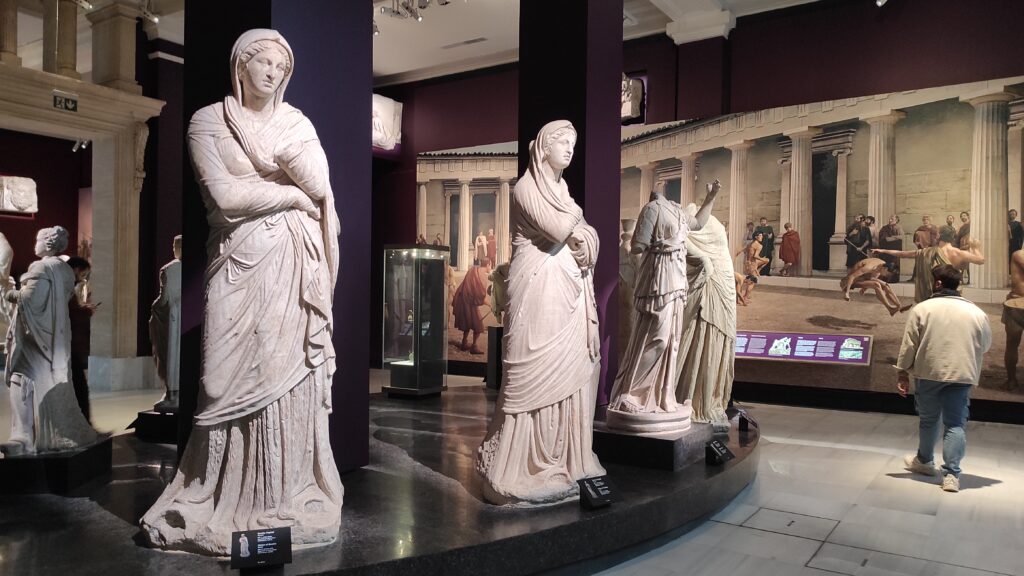
Continue your exploration with a visit to the Istanbul Archeology Museum or alternatively, Topkapı Palace. Both venues are under the administration of the Republic of Türkiye Ministry of Culture and Tourism. Entrance requires a ticket.
Istanbul Archaeology Museum, located near Topkapı Palace, house an impressive collection of artifacts from ancient civilizations, including sculptures, sarcophagi, and treasures from Mesopotamia, Egypt, Greece, Rome, and Anatolia. Established in 1891, the complex consists of three main museums: the Archaeological Museum, the Museum of the Ancient Orient, and the Museum of Islamic Art. Designed by Osman Hamdi Bey, these museums attract visitors interested in ancient civilizations and Islamic culture.
A highlight within the museum complex is the Tiled Pavilion (Çinili Köşk). Built in the 15th century for Sultan Mehmed II, this historic structure features exquisite tile decoration and houses a notable collection of ceramics, including Iznik, Kütahya, and Çanakkale tiles and pottery. The pavilion showcases the craftsmanship and artistic heritage of the Ottoman era.
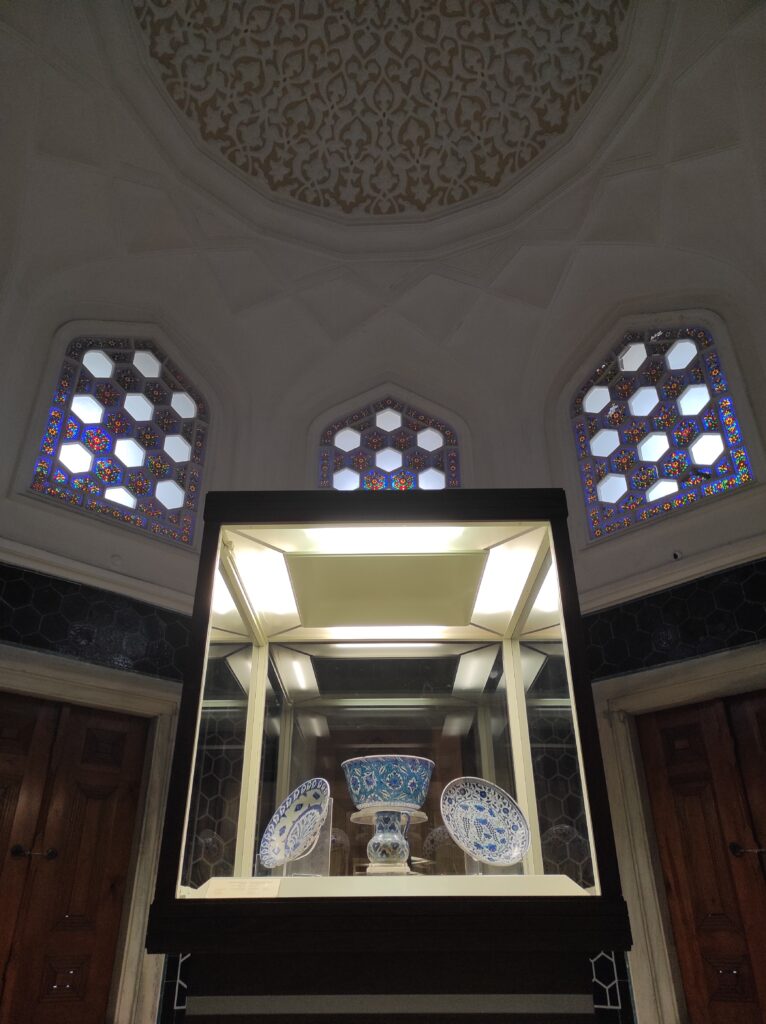
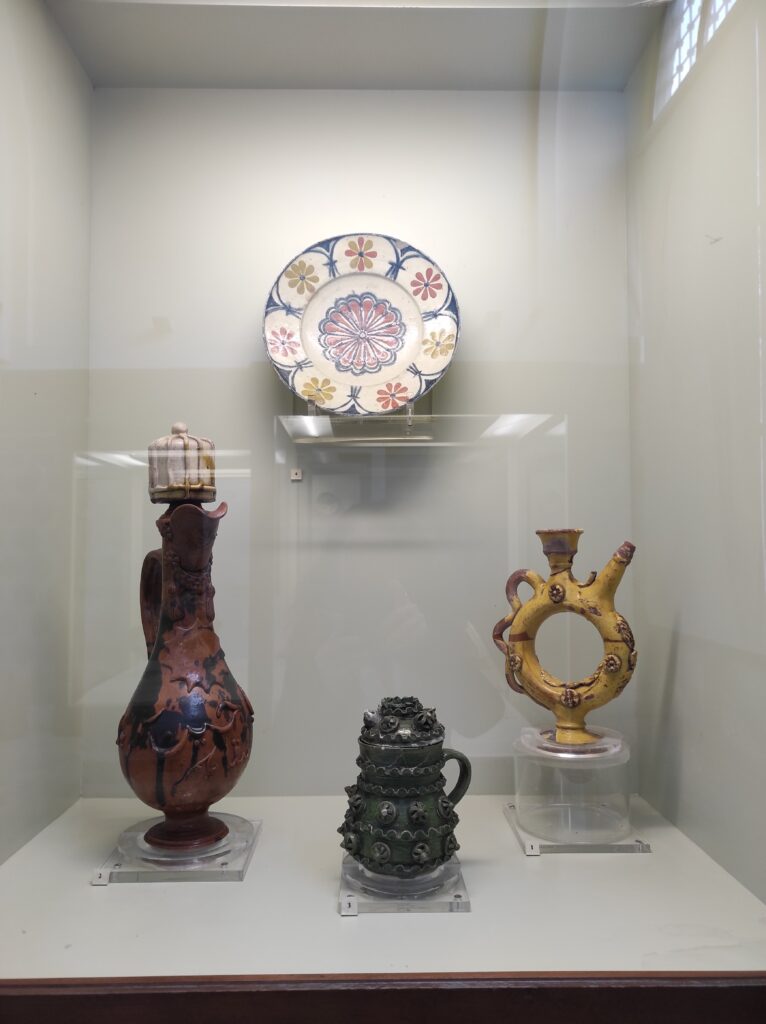
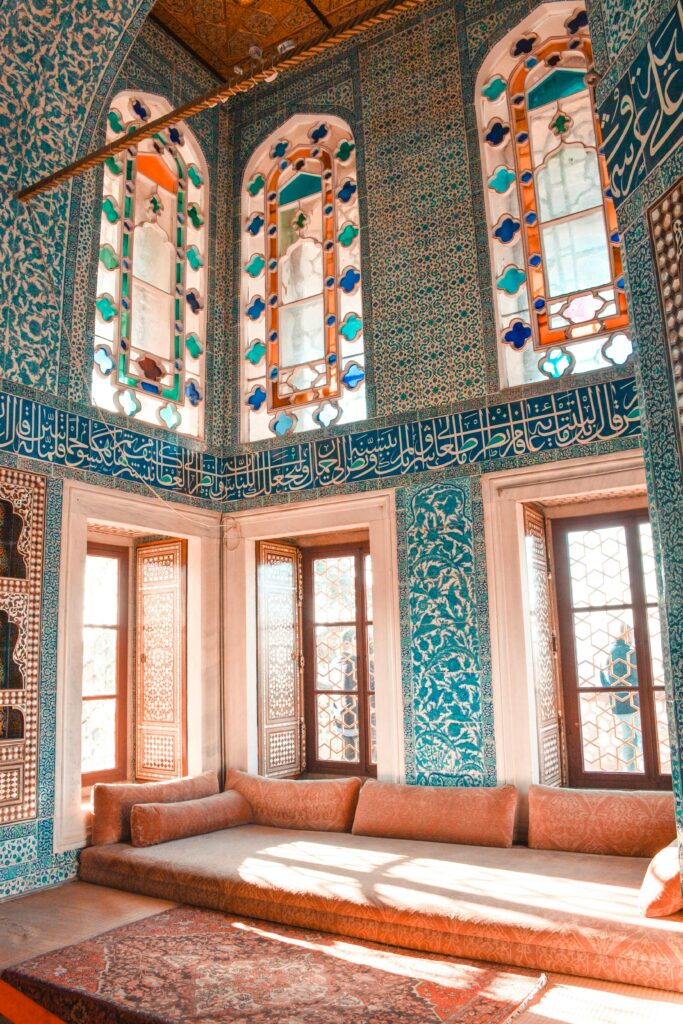
Topkapi Palace
If time permits before lunch, you may also visit Topkapı Palace, the former residence of Ottoman sultans for nearly 400 years (1465-1856). Known for its intricate architecture, luxurious courtyards, and extensive collections of Ottoman art, manuscripts, and treasures, the palace offers a glimpse into the grandeur of the Ottoman imperial court. Highlights include the Topkapı Dagger and the Spoonmaker's Diamond.
Topkapı Palace also houses an extensive collection of ceramics spanning from the 9th to the 19th centuries, reflecting the artistic achievements of various Islamic civilizations. These ceramics, found in the Imperial Treasury and kitchens, are adorned with intricate patterns, calligraphy, floral motifs, and geometric designs, providing insights into the daily life, traditions, and religious practices of the time.

3:30: Late Lunch and the Grand Bazaar
Treat yourself to a delicious lunch near the Grand Bazaar, one of Istanbul's most famous landmarks. Enjoy traditional Turkish dishes like kebabs, mezes, or Turkish pide at a local restaurant or eatery nearby.
After lunch, spend the rest of the day at the Grand Bazaar, a labyrinthe market with over 4,000 shops selling everything from jewelry, textiles, spices, ceramics, and more! Immerse yourself in the vibrant atmosphere, haggle with vendors, and take in the sights, sounds, and aromas. Shop for souvenirs or unique items like carpets, ceramics, and Turkish delights. Interact with local artisans, learn about their craftsmanship, and discover the cultural significance behind their products. Enjoy the bargaining experience!
After finishing your tour at the Grand Bazaar, head towards the Spice Bazaar and then begin the return journey towards the Fener and Balat neighborhoods.

8 PM: Dinner
Conclude your day in Balat with a typical Turkish meal while enjoying the cultural and historical richness of the Golden Horn (Haliç). A popular restaurant choice is Forno Balat, known for its cozy atmosphere and delicious Turkish dishes with a modern twist. Another excellent option is Agora Meyhanesi, a traditional Turkish tavern offering a genuine taste of Turkish cuisine and culture. Both places provide an excellent opportunity to enjoy authentic flavors while immersing yourself in the vibrant atmosphere of Balat.
Day 3
Istanbul Modern Museum - Ferry to Karaköy - Müze Gazhane - Moda - and More!
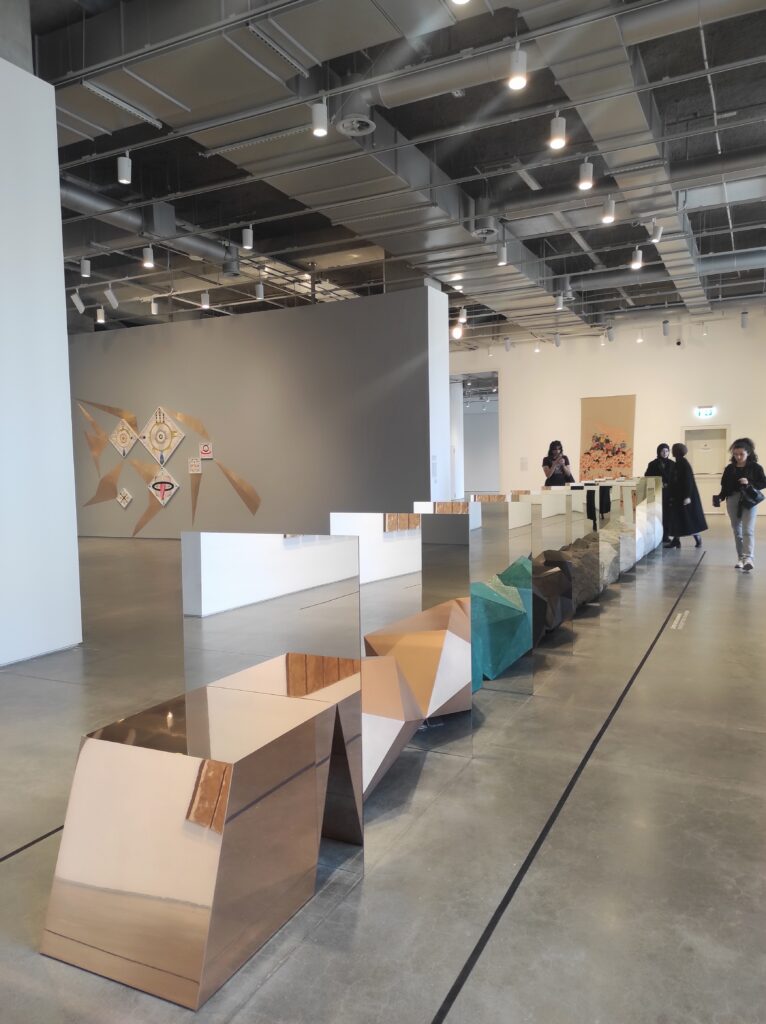
9 AM: Istanbul Modern
Before heading to Kadıköy, we recommend visiting a special museum on the European side.
İstanbul Modernis a significant contemporary art museum, established in 2004. It features a diverse collection of modern and contemporary artworks, including paintings, sculptures, photography, and multimedia installations. Located in the Tophane district, the museum offers stunning views of Istanbul's iconic skyline and the Bosphorus.
11 AM: Ferry to Karaköy and Lunch on the Asian Side of Istanbul
Now we are ready to board the ferry to Kadıköy. Purchase tickets at the Karaköy dock, located just beyond Tophane. Enjoy some Turkish tea on the ferry, relax, and take in the sights during the 20-minute journey. [Check the ferry schedule]
Kadıköy is a vibrant district on the Asian side of Istanbul, known for its rich history, diverse culture, and bustling atmosphere. It serves as a major residential and commercial hub with traditional markets, modern shops, cafes, and restaurants. The Yeldeğirmeni area has emerged as a new cultural center with theaters, art galleries, and a lively nightlife scene, rivaling Beyoğlu. Accessible by ferries crossing the Bosporus, Kadıköy offers a unique blend of old-world charm and contemporary urban life.
Enjoy a large fish sandwich from one of the fish markets in Kadıköy. It may not be luxurious, but it's a fantastically luscious street food experience for a quick lunch. After this snack, we are ready to visit a museum or studio gallery.
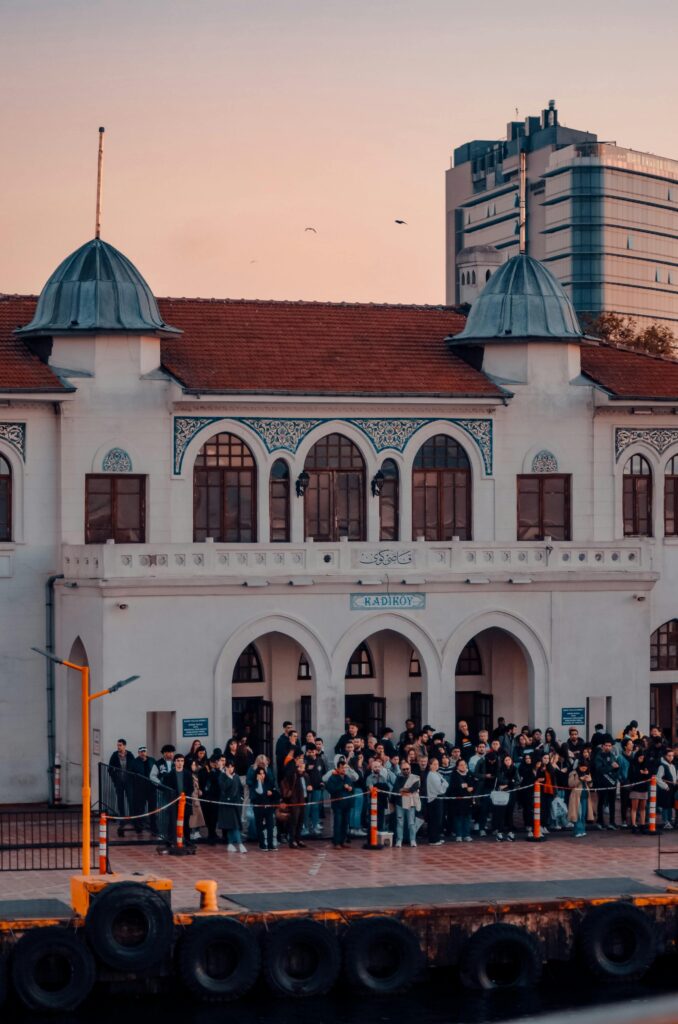
2 PM: Müze Gazhane
To reach Müze Gazhane,take a short taxi ride or public bus from the Yeldeğirmeni district. This historic complex, which served various purposes over its 130-year history, is one of Türkiye’s most significant industrial heritages. After comprehensive restoration, it now hosts contemporary art exhibitions, events, and workshops, including ceramic arts. In the evenings, music concerts and performances add to Kadıköy's vibrant cultural scene. Managed by the Istanbul Metropolitan Municipality, entrance is free, but tickets are required for special events.
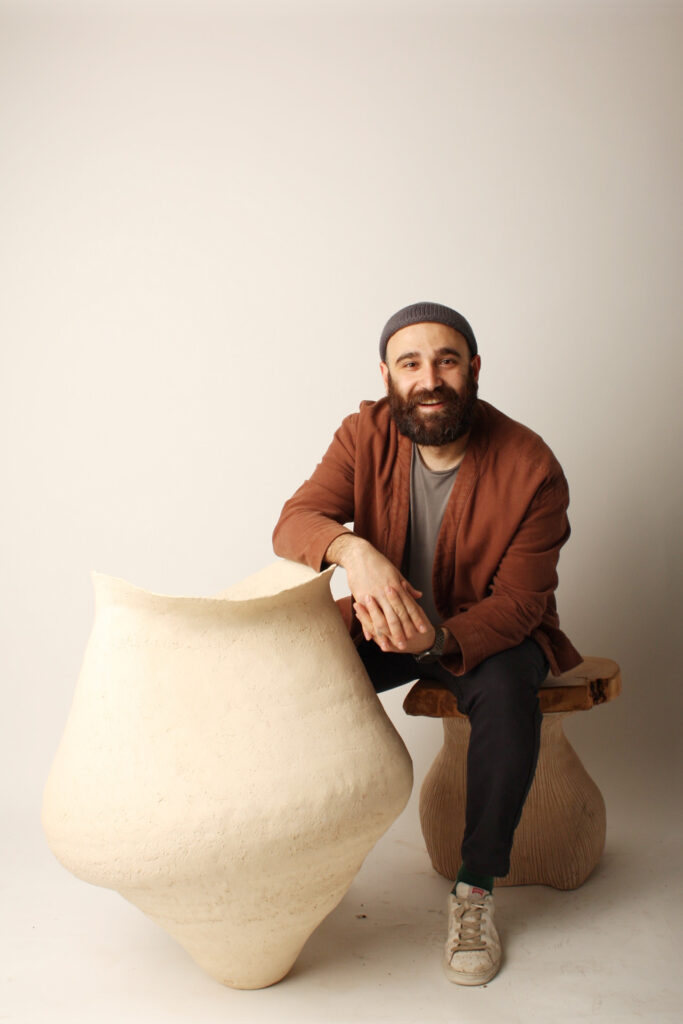
3 PM: Abrahamm Creative Studio
Visiting a ceramics workshop in Kadıköy offers an exciting experience. One of the leading venues is İbrahim Yıldızbaş's Abrahamm Creative Studio. This Istanbul-born ceramic artist transforms amorphous clay into unique forms using color, texture, and plasticity. His remarkable works will transport you from the bustling city into the wild nature of mud.
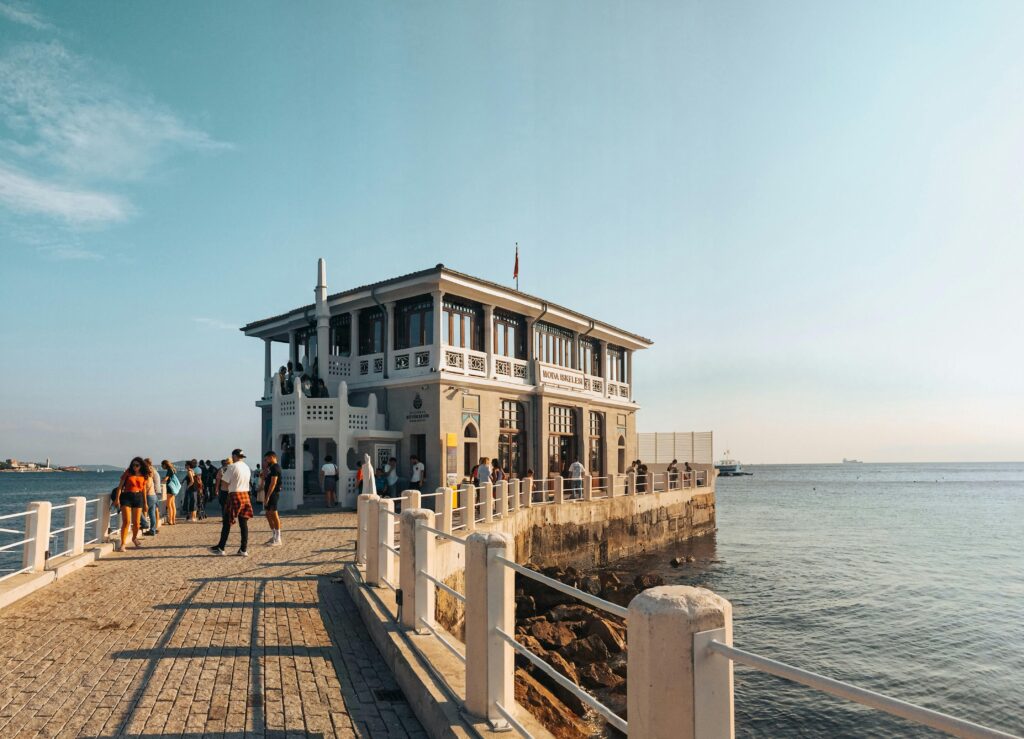
5 PM: Moda
Take a relaxing evening walk through Moda, a charming neighborhood along the Sea of Marmara. To get there, take a short ride on the Kadıköy-Moda Nostalgic Tramway. [Check the timetables]
Start your walk at Moda Park, where you can enjoy green spaces and sea views. Visit Moda Pier to watch the sunset and enjoy serene moments by the water. Wrap up your stroll with a leisurely return through Moda's peaceful streets. Don't forget to try the famous Moda ice cream, especially from Dondurmacı Ali Usta, known for its unique flavors.
Enjoy a Boat Ride on the Bosphorus
A privileged recommendation for Istanbul: Consider booking a boat trip at sunset on the Bosphorus to admire iconic landmarks illuminated against the fading light. This experience offers an unforgettable way to bid farewell to Istanbul, leaving you with lasting memories of its stunning vistas and cultural heritage.
Typically lasting 1.5 to 2 hours, the boat trip allows you to capture the fairy tale of Istanbul during the transition from day to night. Depart from Üsküdar on the Asian side or Eminönü on the European side, both centrally located and offering stunning views of Istanbul's historical peninsula and modern skyline. The trip includes landmarks such as Dolmabahçe Palace, Çırağan Palace, Ortaköy Mosque, and the Bosphorus Bridge. [Check the tours]
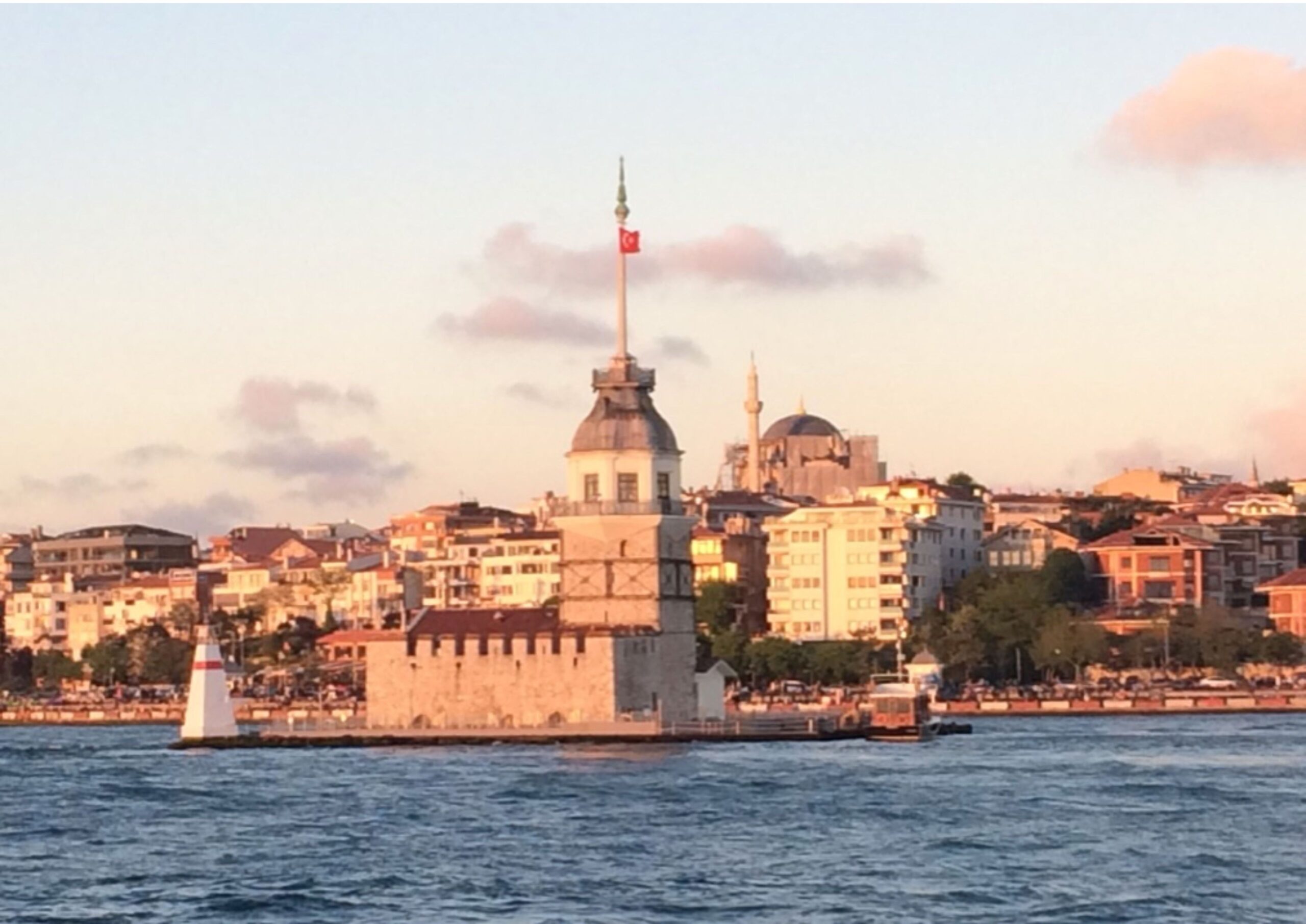
In conclusion, Istanbul is a treasure trove for ceramic art lovers, blending ancient tradition with modern innovation. Whether you're a collector, an artist, or simply an admirer of beautiful things, a 48-hour journey through these ceramic destinations will leave you with a profound appreciation for the rich heritage and vibrant creativity of Turkish ceramics!
CONTRIBUTORS
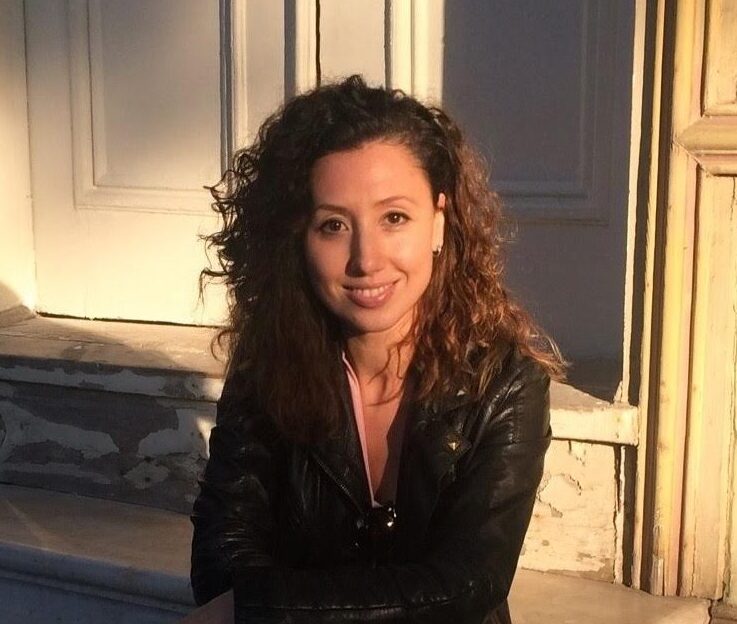
YELIZ SAYDAN
Yeliz Saydan is the Community Outreach and Business Associate at MoCA/NY and a ceramic artist and researcher born in Turkey. She graduated from the Ceramics Department of the Fine Arts Faculty in Çanakkale Onsekiz Mart University. She has a MA degree in the same discipline. Along with practicing clay art, she is interested in culture-art, media-communication, social and educational projects. She gained experience and involved in several EU projects in Turkey, Germany, Spain and Italy. In particular, she has been conducting research on destinations of ceramic cities.
BERIL ANILANMERT
Beril Anilanmert is a contemporary ceramic artist known for her innovative techniques and expressive forms in both large-scale sculptures and two-dimensional ceramic paintings. She has held 23 solo exhibitions and participated in numerous national and international exhibitions, symposiums, and workshops. Her sculptures have been displayed worldwide, including in France, Italy, Canada, Germany, Australia, the USA, and Japan, and are part of permanent collections in museums in Switzerland, the USA, Japan, and other countries. Anilanmert is also a respected jury member for various international ceramic competitions.
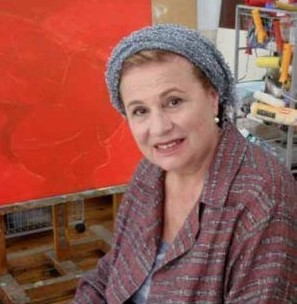
Special thanks to Işık Gençoğlu at Istanbul Concept
Want to see our next ceramic guide to a city? London, England and Miami, Florida (US) are coming next! You too can feature ceramic destinations in your city. To share a guide, event, exhibition news, or research, visit our CONNECT PAGE for more information!
Don't forget to subscribe to our newsletter for updates on all things ceramics!
